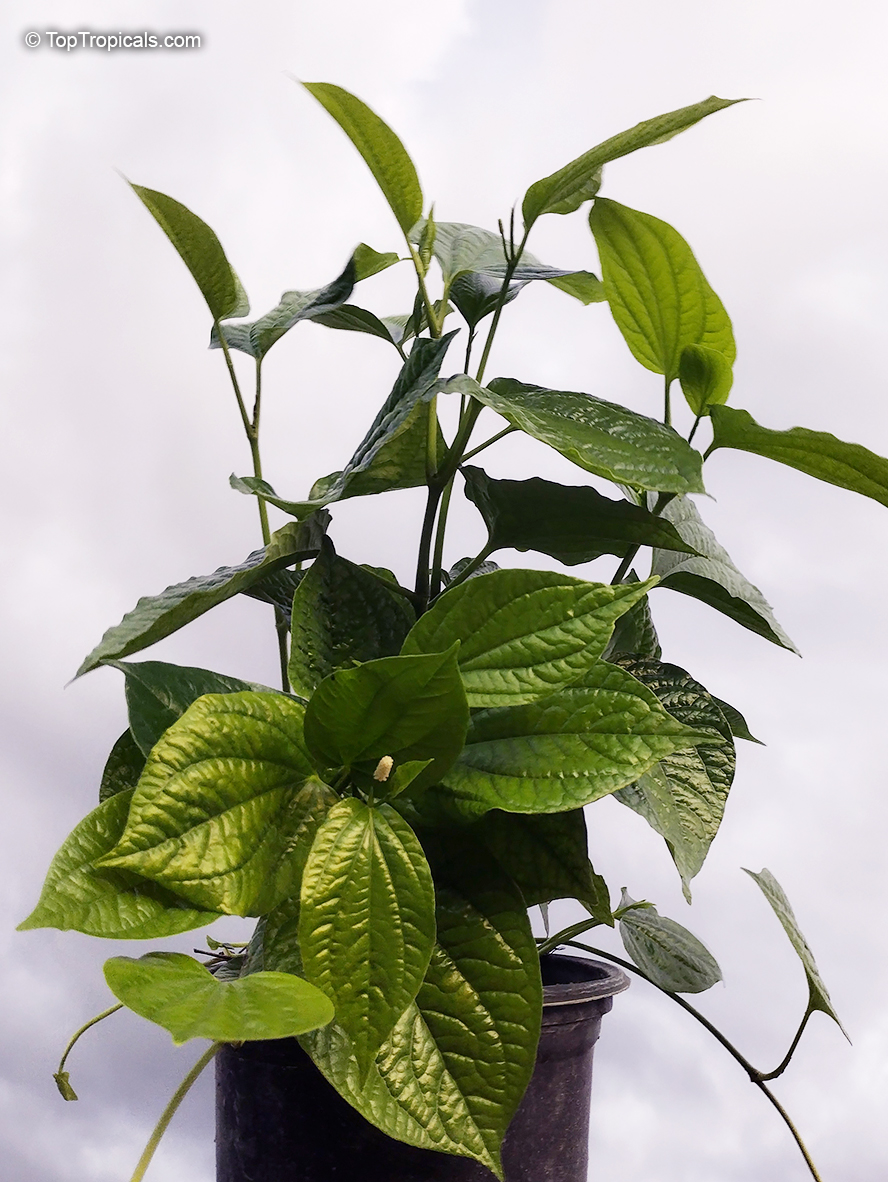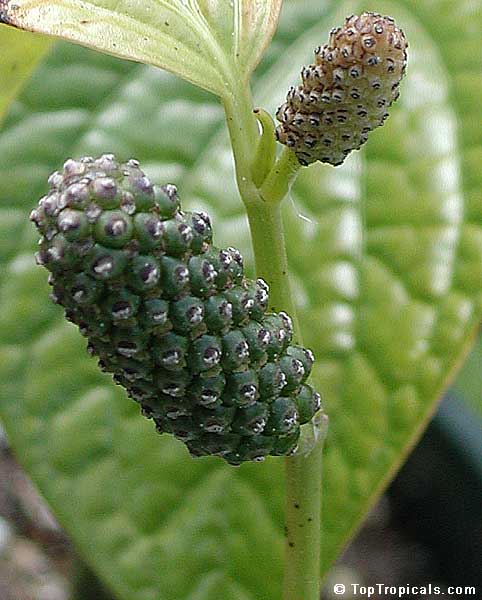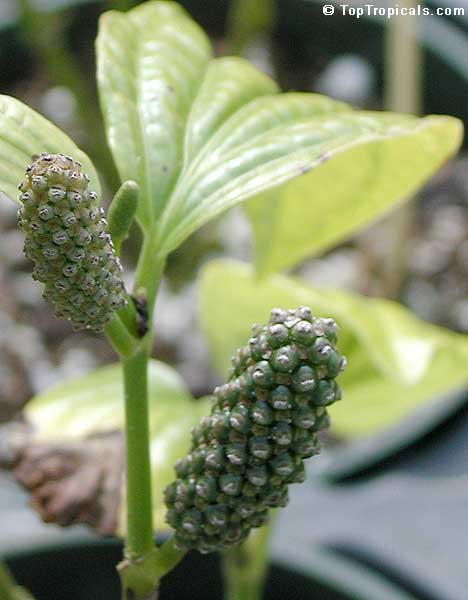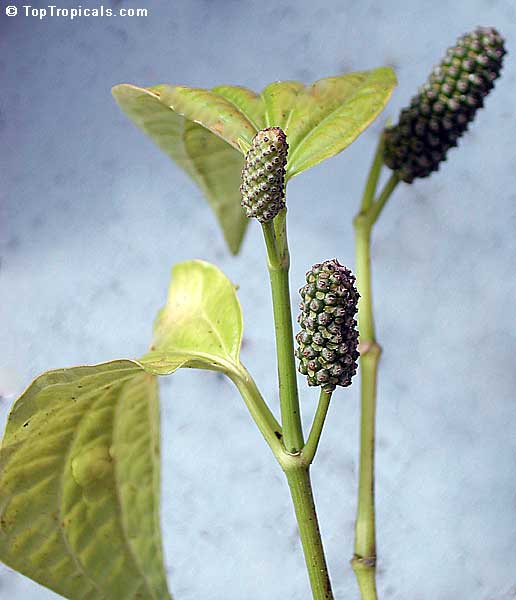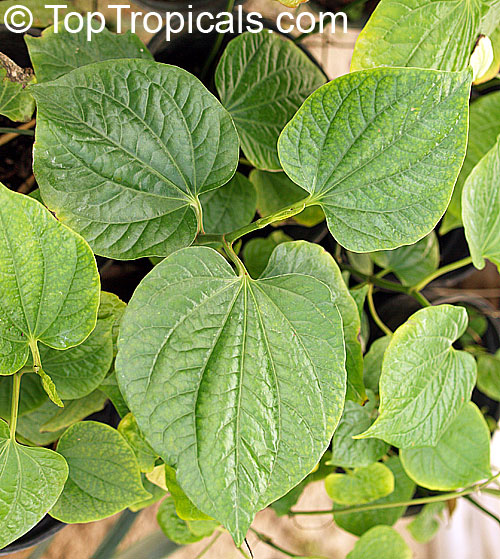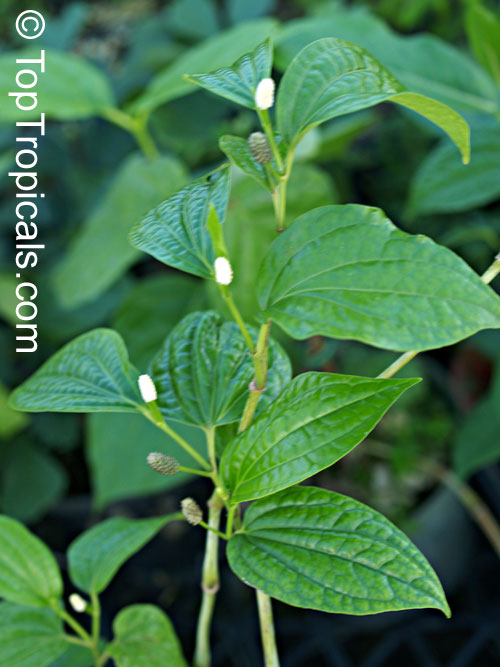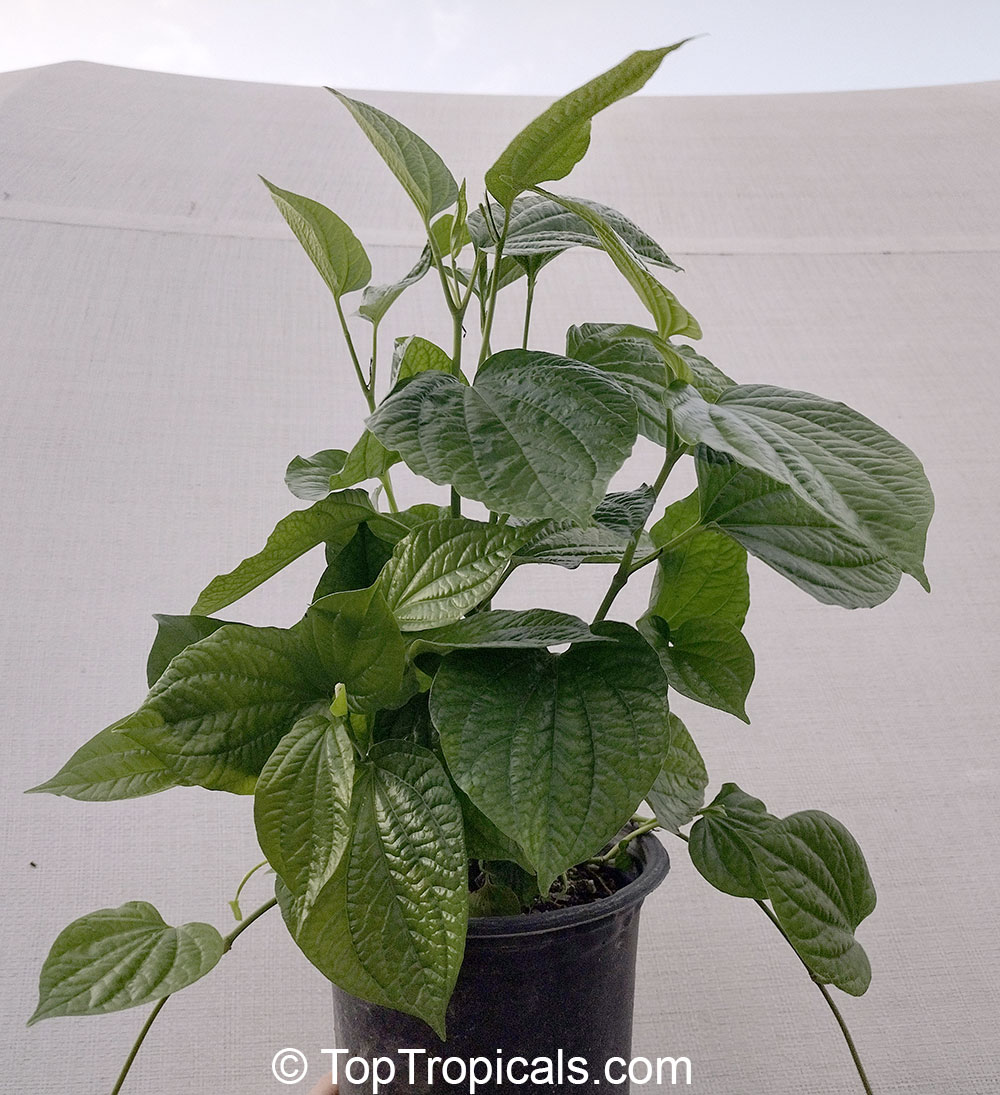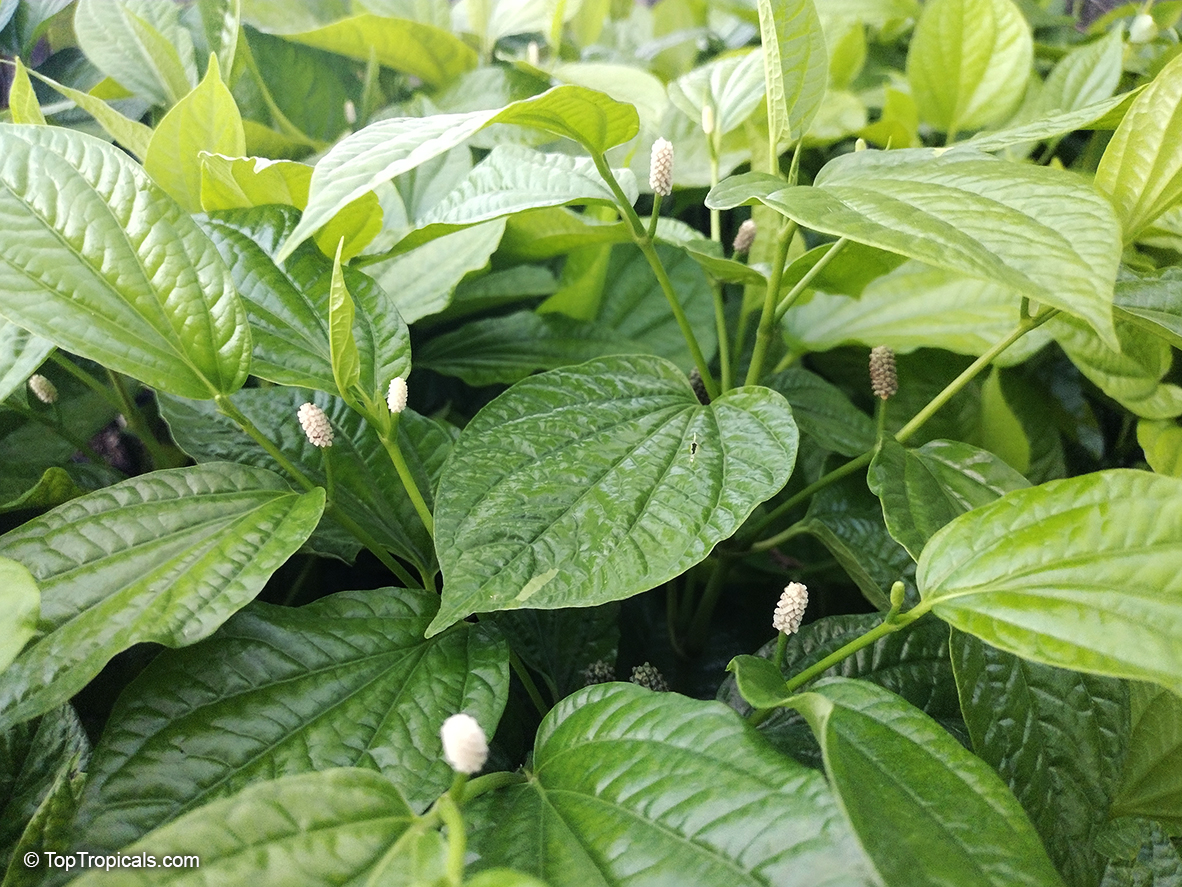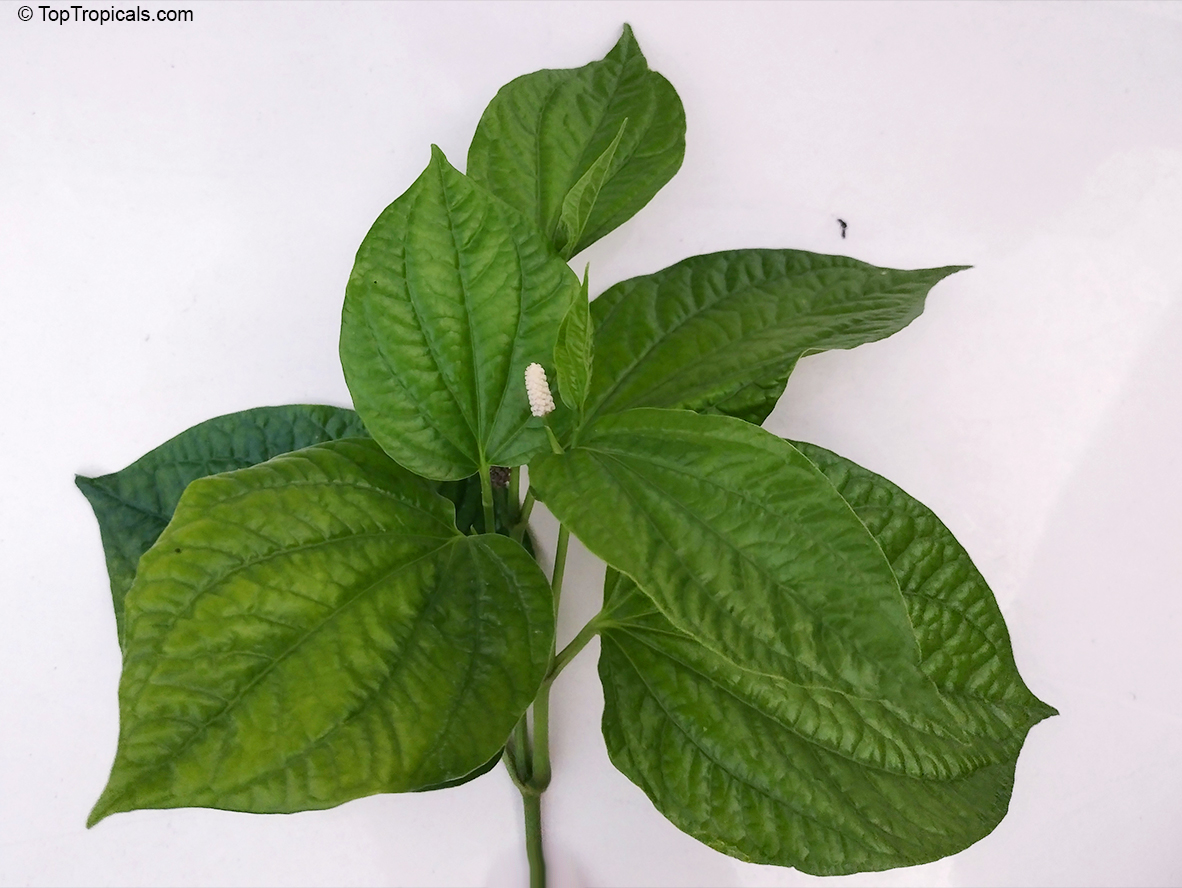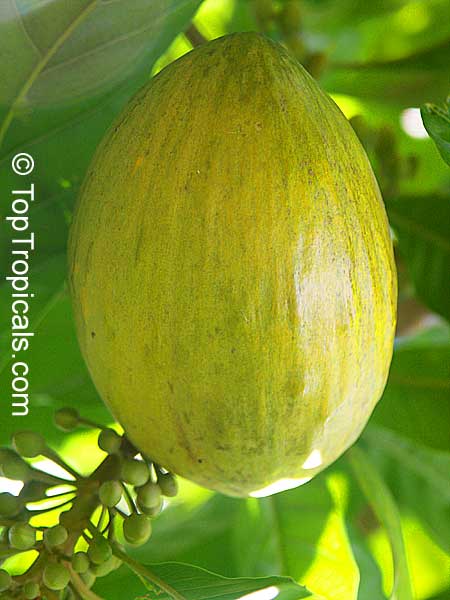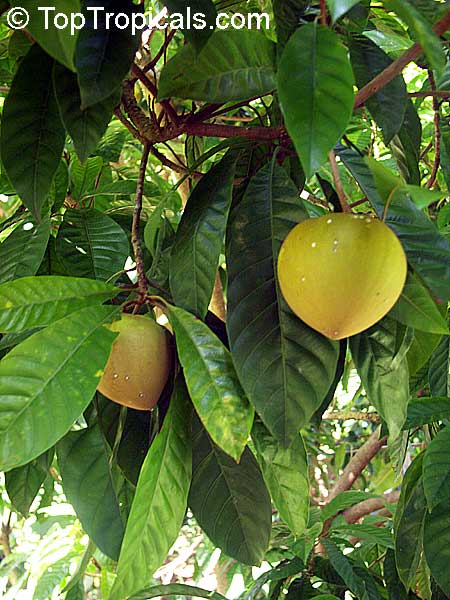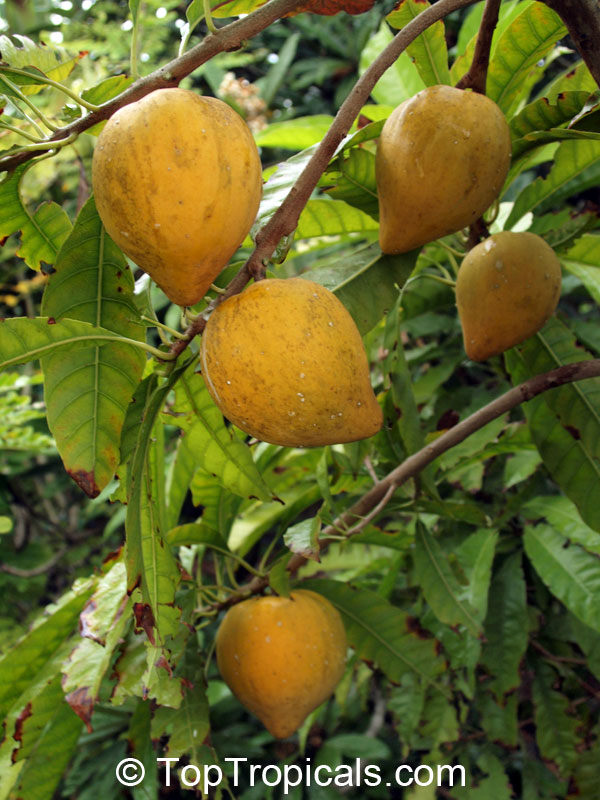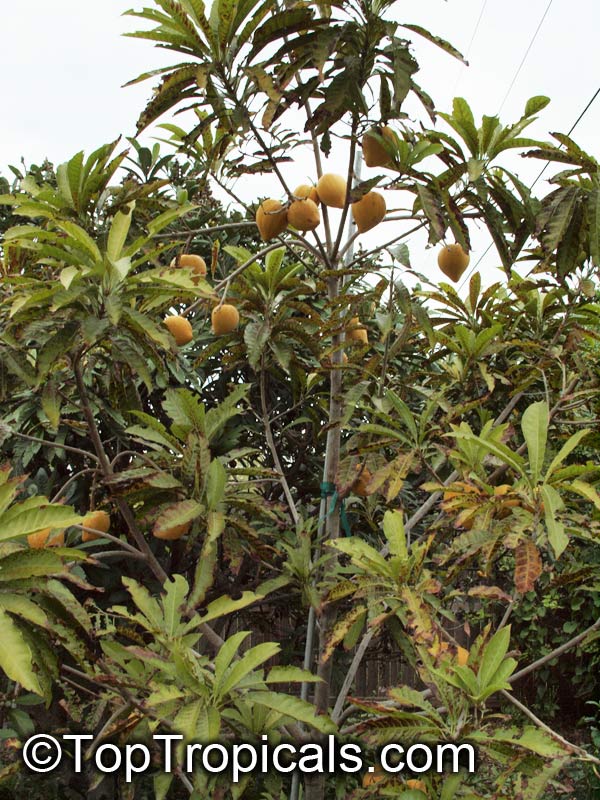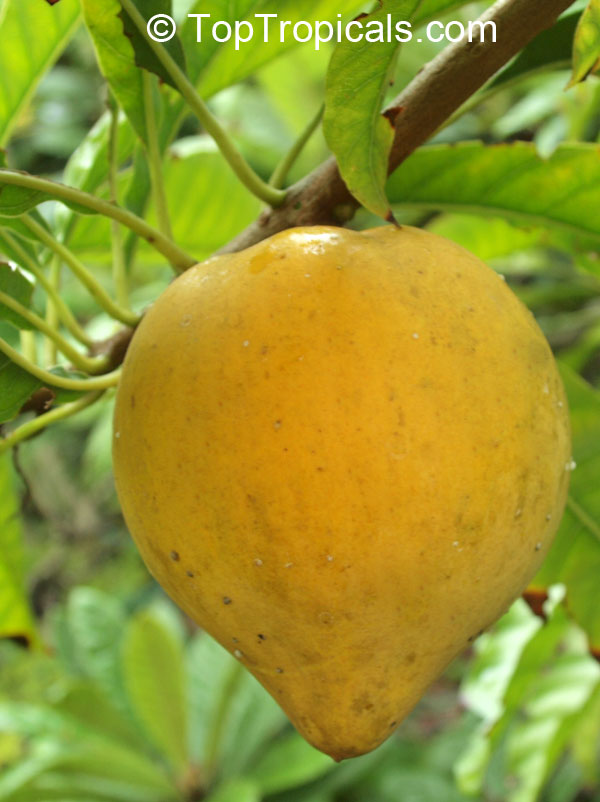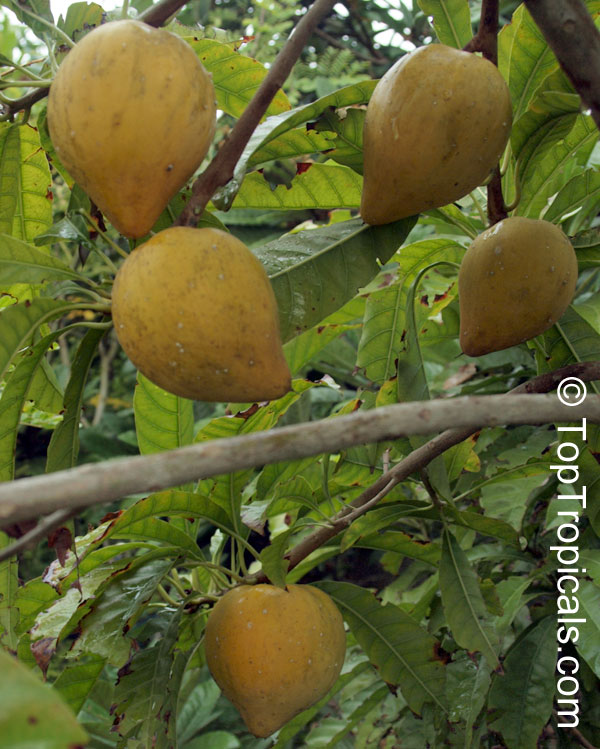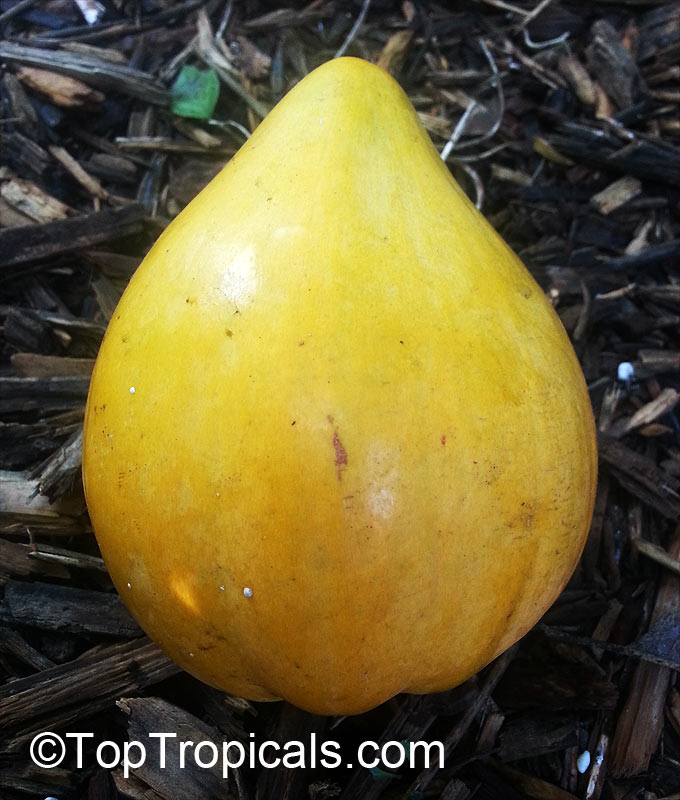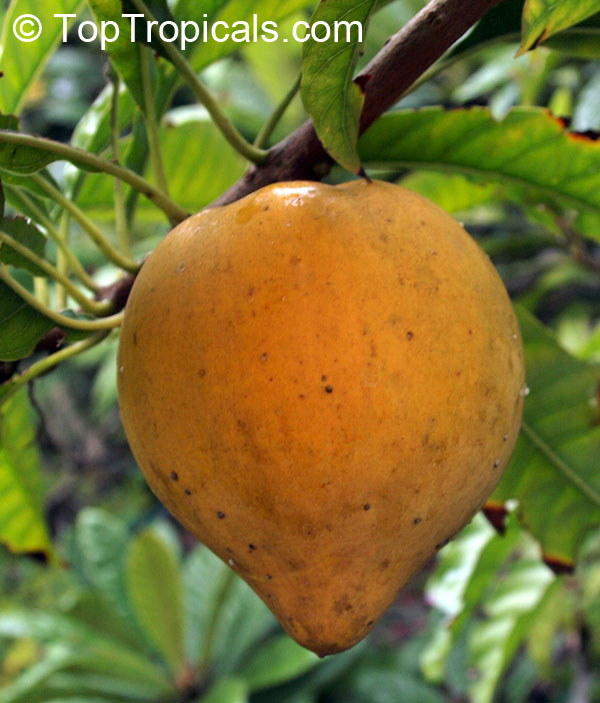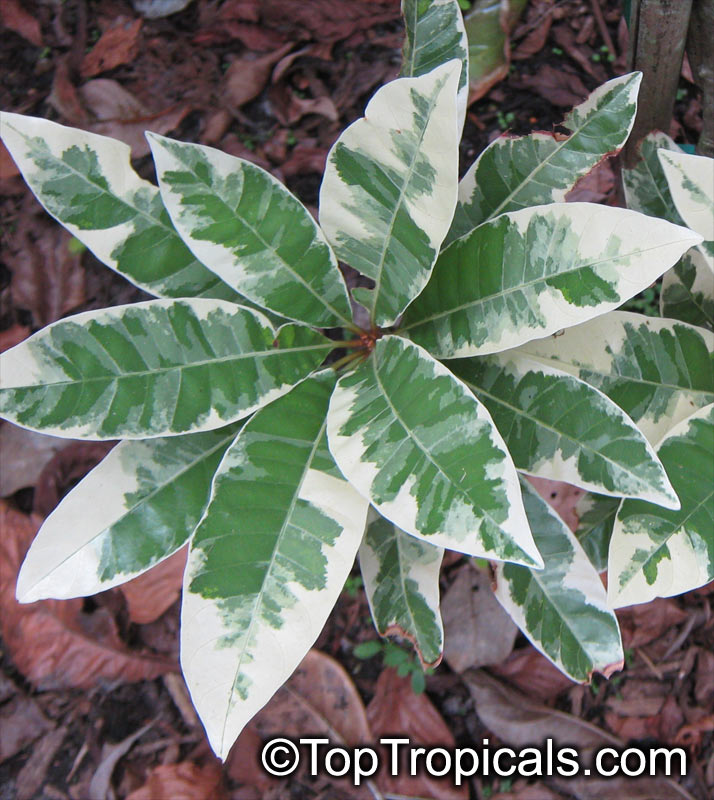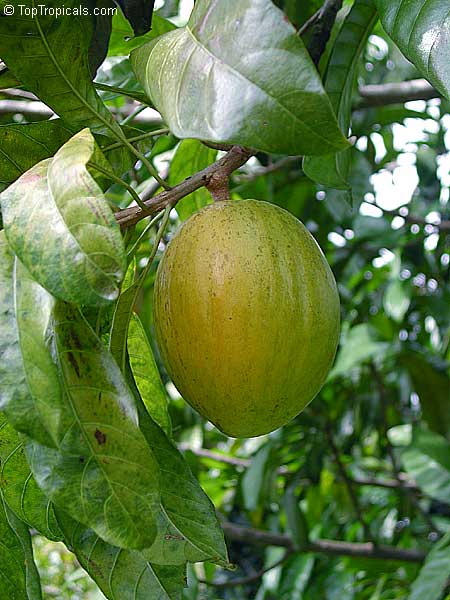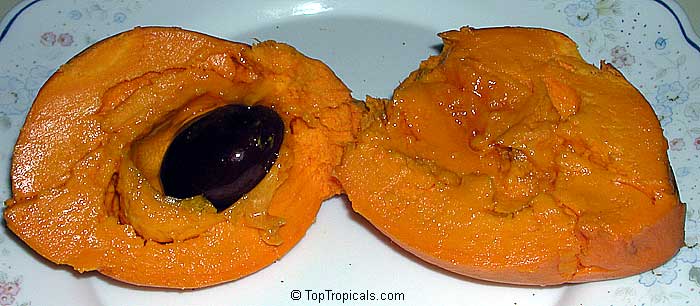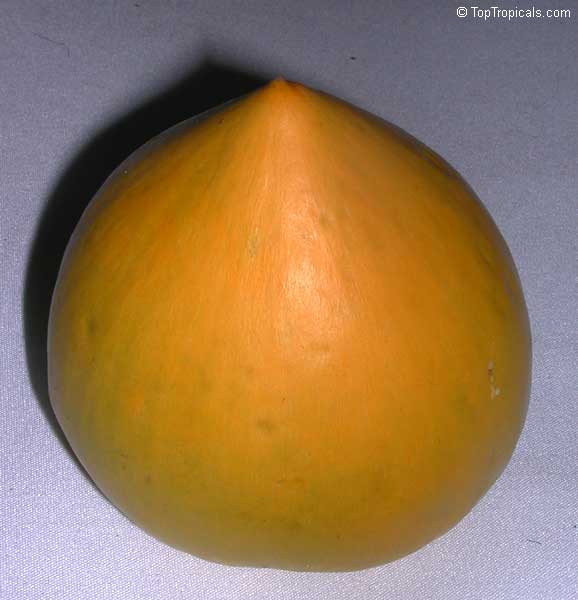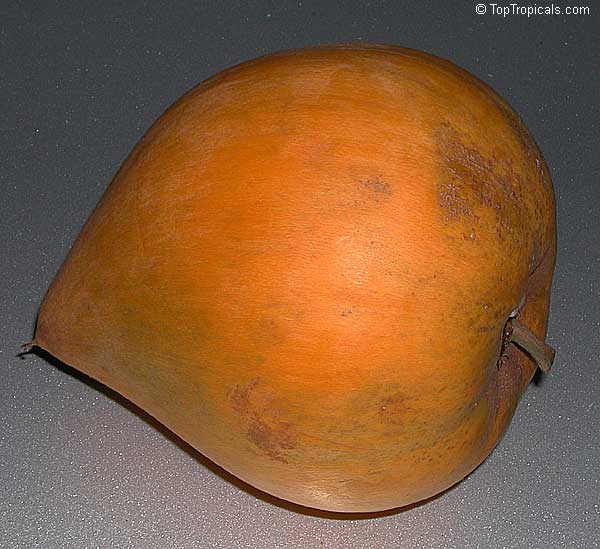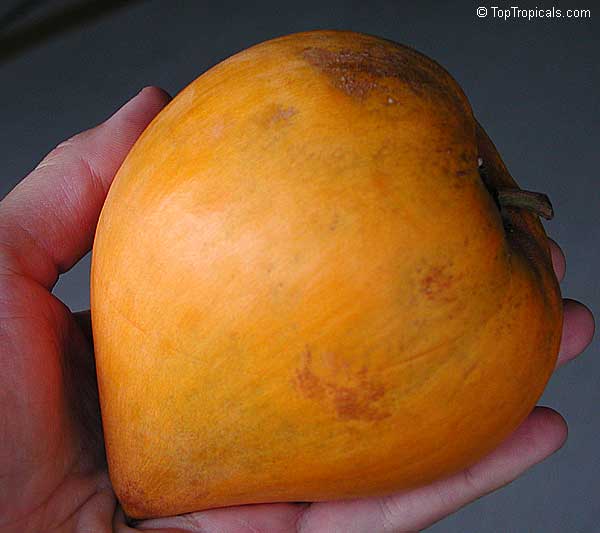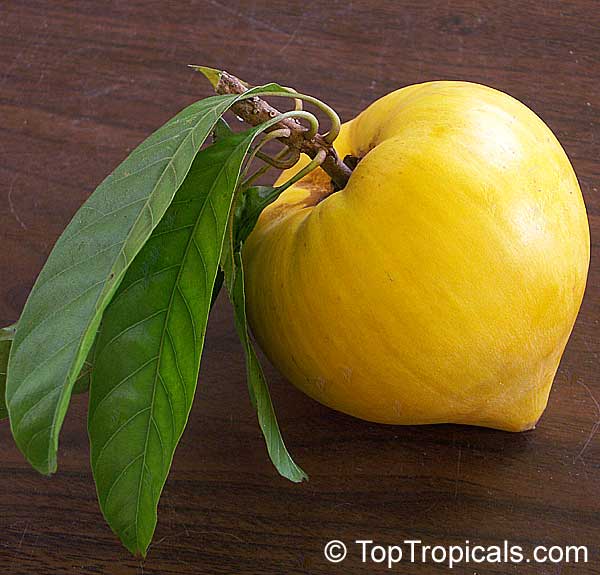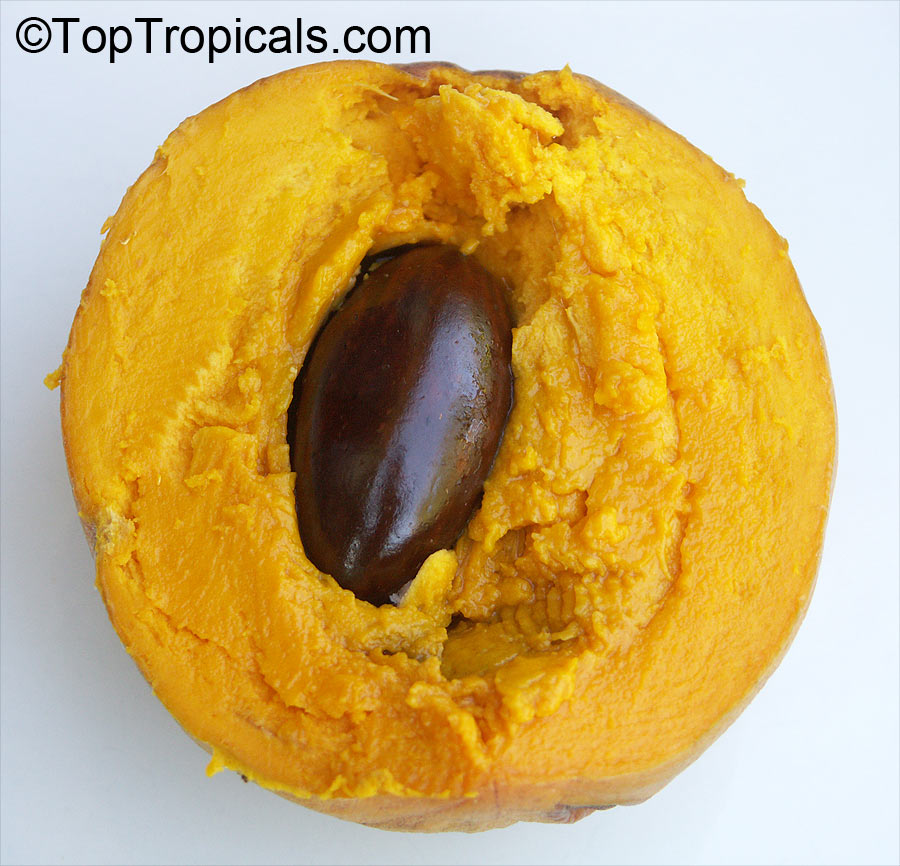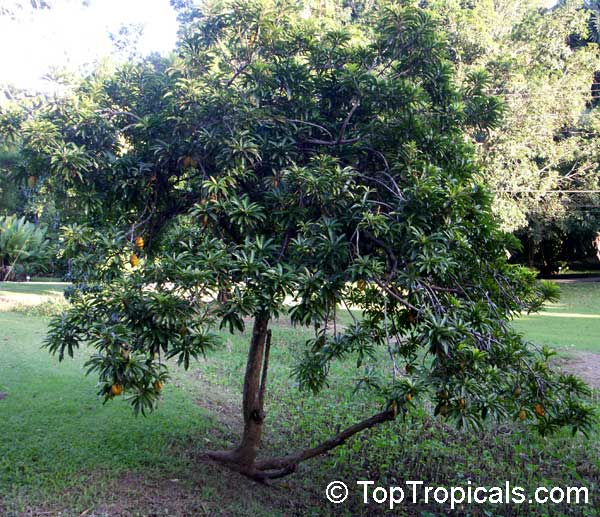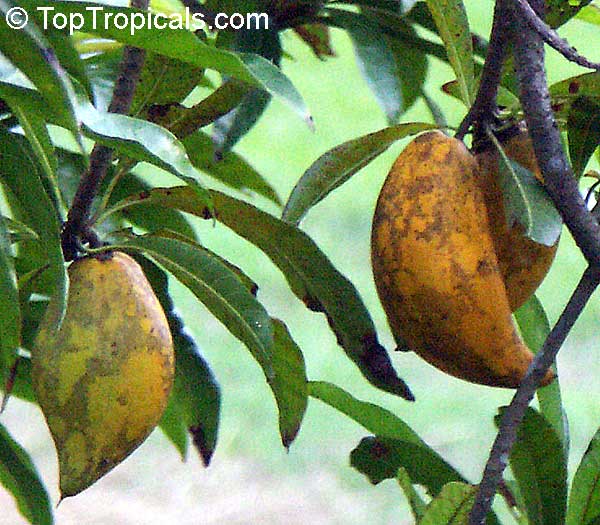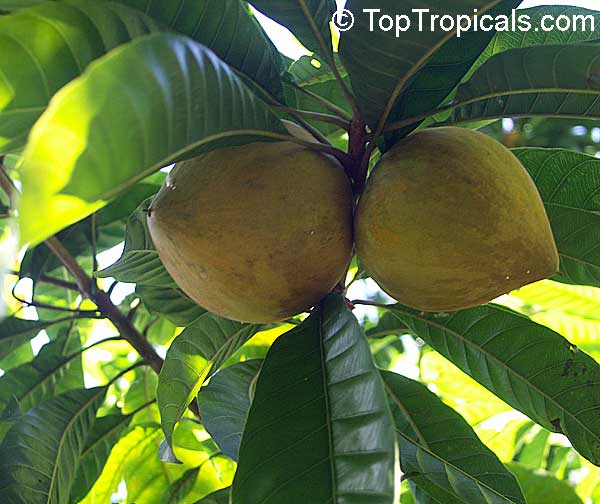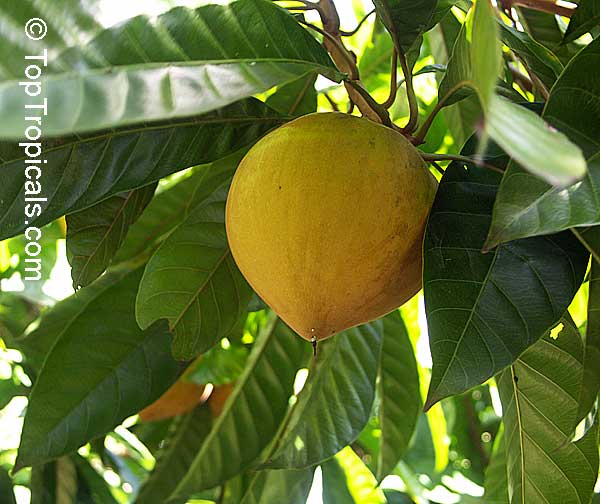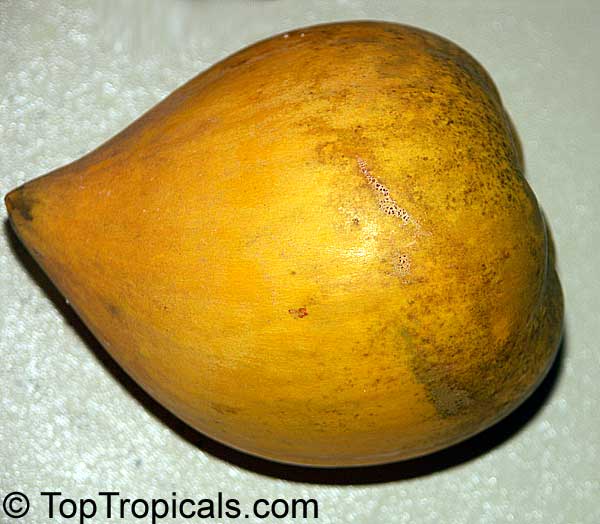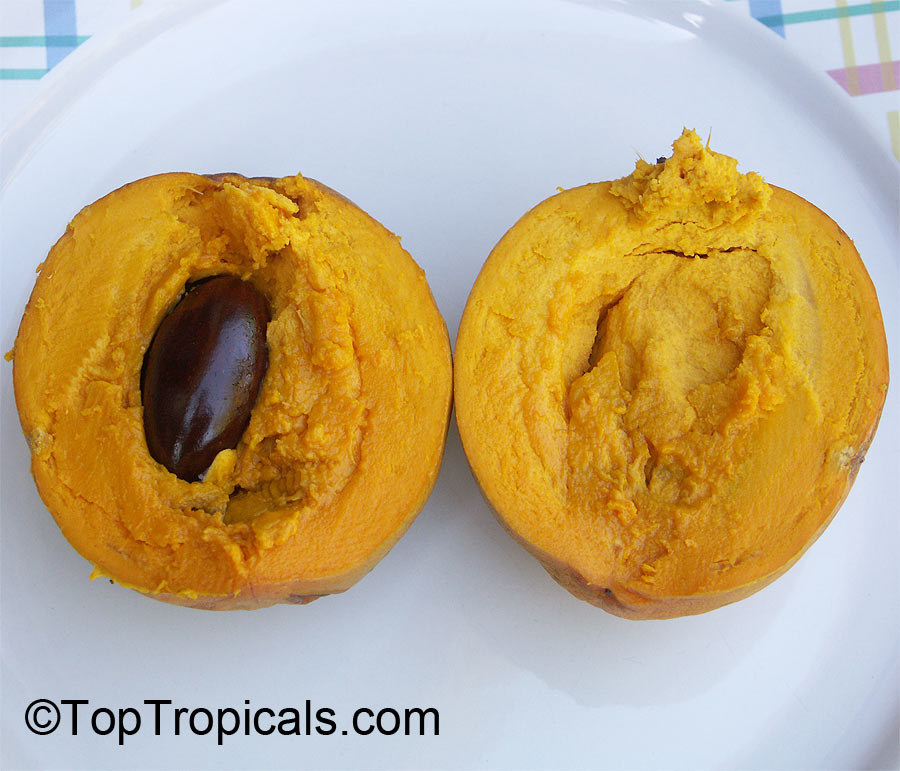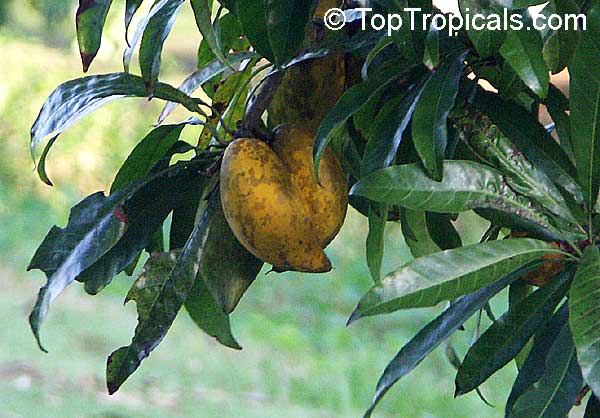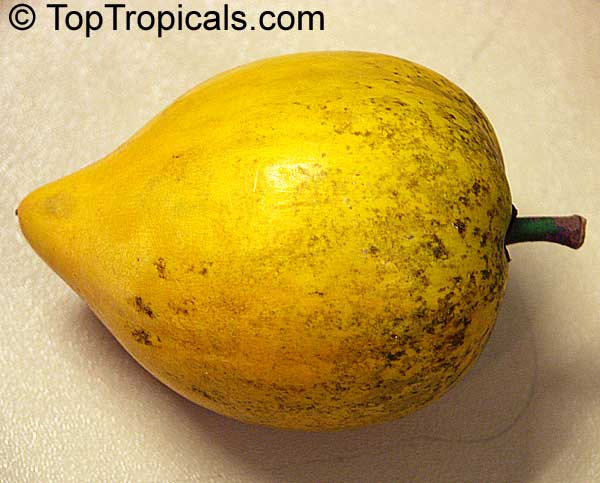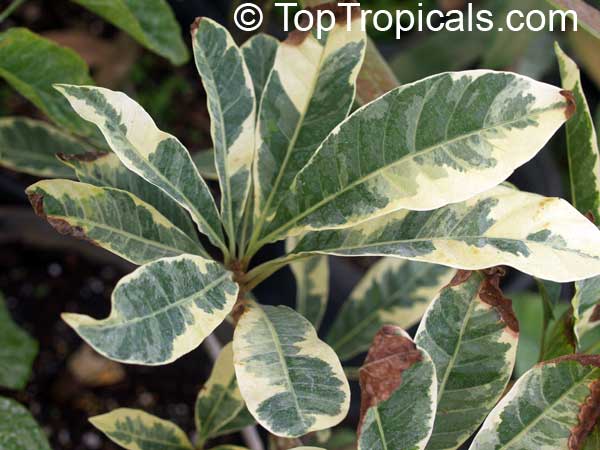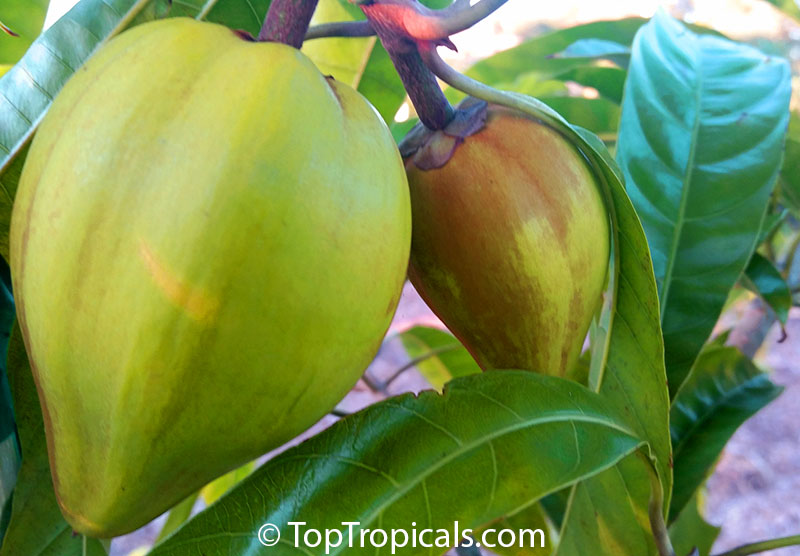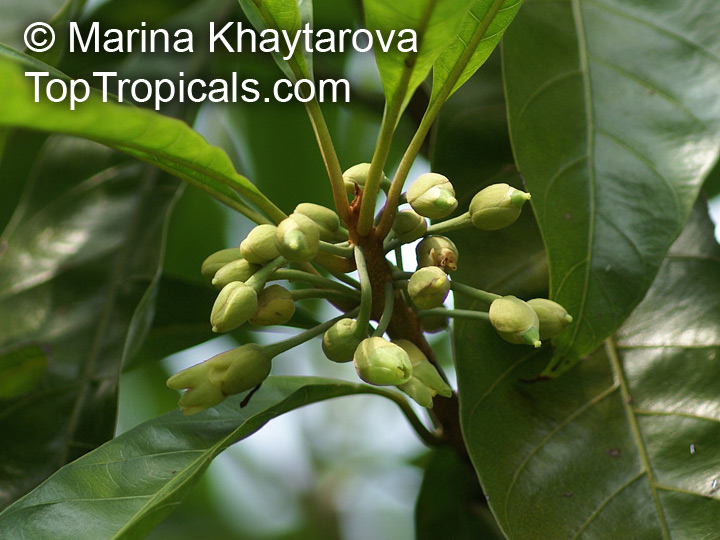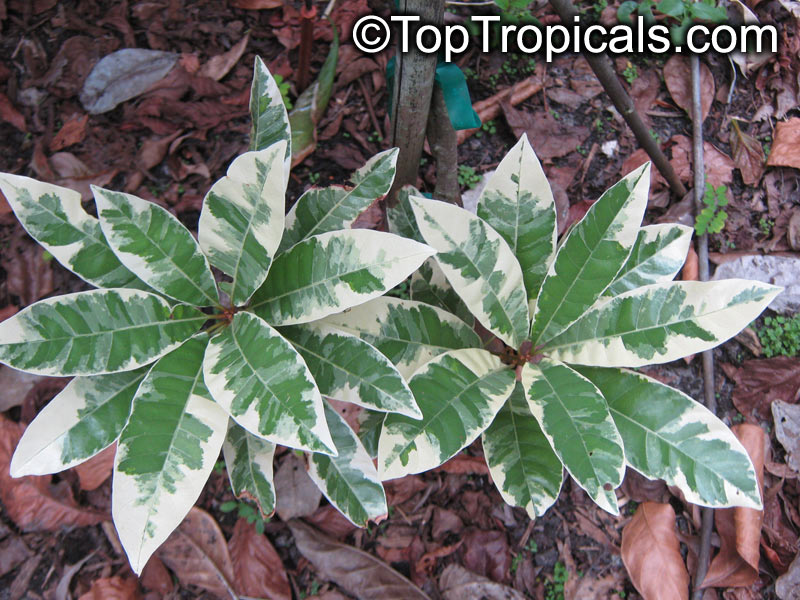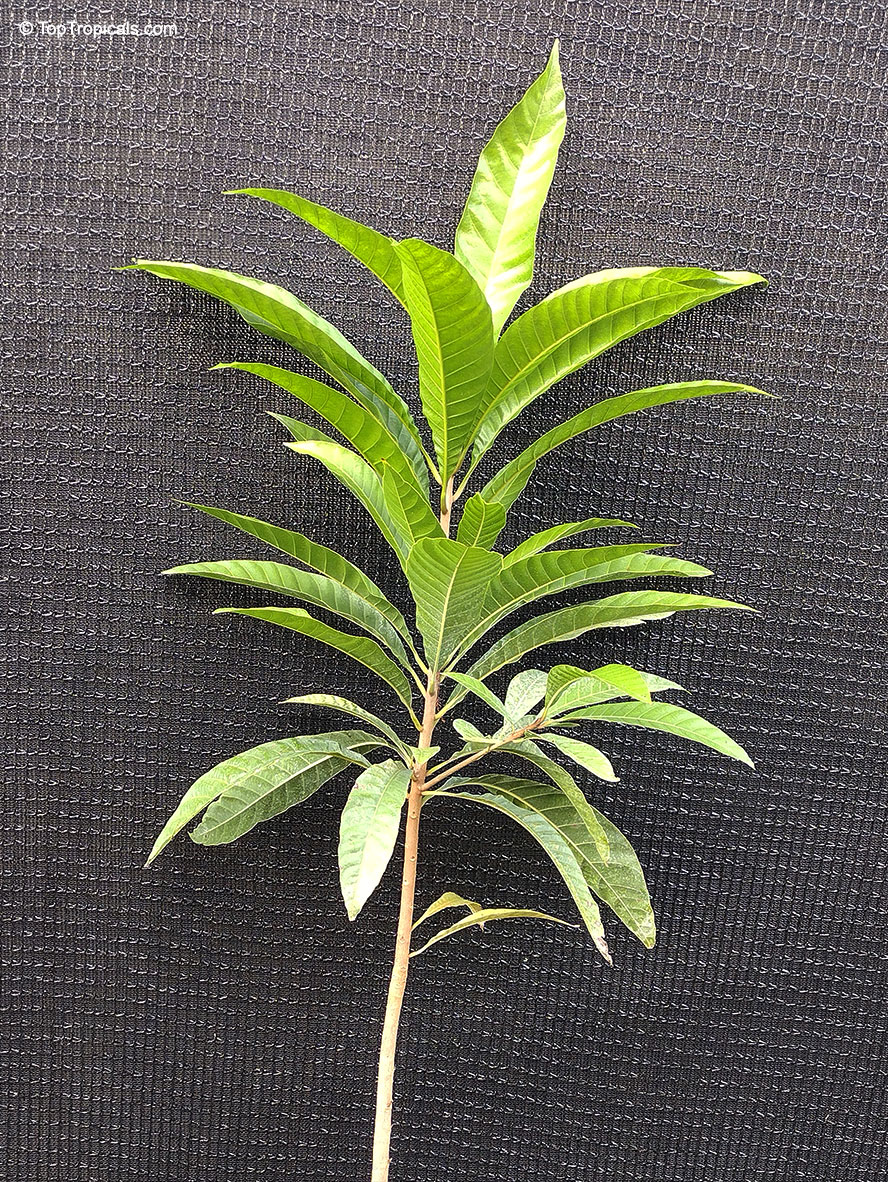Nutmeg - Plant Encyclopedia Results
Top Tropicals Plant Encyclopedia
| Number of plants found: 10 |
Botanical name: Leycesteria formosa
Common names: Himalayan Honeysuckle,Flowering Nutmeg, Himalaya Nutmeg
Family: Caprifoliaceae
Origin: China, Himalaya









The flowers are produced on 5-10 cm long pendulous racemes; each flower is small, white, subtended by a purple bract. White honeysuckle flowers are held in drooping clusters of deep red bracts, later followed by showy purple-black edible berries. The fruit is a soft purple-black berry 1 cm diameter, eaten by birds which disperse the seeds.
Botanical name: Monodora myristica
Common names: Calabash Nutmeg, Jamaica Nutmeg
Family: Annonaceae
Origin: West Africa










This medium to large size tree has a lush crown. Huge, oblong leaves are particularly handsome. They emerge purple and turn deep green, with metallic green underneath. It is one of the most renowned tropical species for its fragrant blooms that are unsurpassed in beauty and originality. Like festive decorations, these curious flowers dangle on long, sturdy cords, which are actually modified twigs. They abort if flower is not fertilized, or thicken and become woody if it is. The flowers are heavily waxy. Somewhat reminiscent of an orchid, the arching, yellowing calyx lobes are crisply frilled, margins edged and splotched with deep red, while the petals are paler with purplish red spots. Flowers evolve into large, woody syncarp fruit that is filled with aromatic pulp. The large, pungent seeds embedded within are used like nutmeg to flavor food, or are roasted, ground, and applied to heal wounds or to the forehead to relief headaches. Root is chewed to relieve toothaches. Beetle pollinated.
Botanical name: Monodora sp.
Common names: Monodora, Calabash Nutmeg
Family: Annonaceae
Origin: Tropical Africa











Monodora sp. is a plant native to tropical Africa with a variety of shapes and sizes. They range from large shrubs 5-10 feet tall, to a small tree 10-20 feet tall, and even sometimes reaching upwards of 20 feet as a big tree. The red, crimson, and vinous flowers are a lovely addition to any garden, as well as the yellow and orange blooms.
The Monodora sp. is an ethnomedical plant, used for centuries in many cultures for its spice or herb properties. As an added bonus it also acts as a natural attraction for butterflies, hummingbirds and many other pollinators.
This plant prefers full sun and regular water, although it is generally quite low maintenance and does well even with moderate water. It is a hardy plant that can be grown in USDA Zones 9-11. For colder regions, Monodora sp. can be grown in a pot where it has some protection from the coldest of winter weather.
All in all, the Monodora sp. is a great addition to any garden, no matter the climate or size. With its vivid flowers, ethnobotanical properties, and pollinator attracting powers, it is a great way to bring more color and life to any garden.
Botanical name: Myristica fragrans
Common name: Nutmeg
Family: Myristicaceae
Origin: Moluccas or Spice Islands of Indonesia








Nutmeg is an evergreen tropical tree that can grow up to 65 feet tall. Its fruit is similar to an apricot, and when fully mature, it splits into two halves and exposes a crimson-colored edible pulp surrounding a single seed, the nutmeg. After being harvested, the nutmegs are dried gradually in the sun and turned twice daily for a period of six to eight weeks. They become grayish-brown ovals with furrowed surfaces about 1-1.5 inches long when dried. Nutmeg seeds possess a pleasant fragrance and slightly warm taste, making it a widely used spice. It is often used to flavor different baked goods, meats, sausages, sauces, vegetables, and even eggnog.
The common name nutmeg is sometimes used to refer to other fruits or seeds too. For instance, Jamaica nutmeg is derived from Monodora myristica, the Brazilian nutmeg is from Cryptocarya moschata, the Peruvian nutmeg is from Laurelia aromatica, the Madagaskar nutmeg is from Ravensara aromatica and the California nutmeg is from Torreya californica.
Myristica fragrans, the original nutmeg-producing tree needs full sun, but can also manage in semi-shady places. It requires regular watering for optimum growth. This plant not only has a pleasant scent but is also used for ethnomedical purposes. Each tree can produce up to 1.5kg of nutmeg annually. It grows in USDA zones 10-11 and should be kept at temperatures above 55F. Keep a regular watering schedule and allowing the soil to dry out between waterings. Nutrients can be provided every few months using a mild liquid fertilizer. In winter, reduce water, and if temperatures drop tremendously, put the pot inside or cover it with a protective coating.
Botanical name: Nigella sp.
Common names: Roman Coriander, Black Cumin, Nutmeg Flower, Love-in-a-mist
Family: Ranunculaceae
Origin: Western Asia











Nigella sp. (Roman Coriander) is an annual flowering plant. It grows to about 2-5 ft tall and needs semi-shade to full sun and moderate water. They can be grown from seed or from root division. The plant is hardy to at least Zone 4.
Nigella sp. produces a range of delicate flowers in shades of blue, lavender and purple, as well as off-white and pink. It is an edible plant, often used as a spice or herb. It has ethnomedical uses, with research indicating that the seeds can aid in digestion, reduce inflammation, and support mental wellbeing. The plant produces fruit in the form of an inflated capsule, filled with numerous seeds. It is believed that each plant can produce up to a hundred of these capsules, offering a high yield of seeds.
The seeds are highly valuable and are often used in cooking and baking, as condiments and even in teas. They are known to be a rich source of essential nutrients, antioxidants and vitamins, and are popular for their medicinal properties.
According to an Arab Proverb it is said that, "in the black seed is the medicine for every disease except death." Nigella damascena has been grown in English cottage gardens since Elizabethan times, commonly called Love-in-a-mist.
Botanical names: Diospyros nigra, Diospyros digyna, Diospyros obtusifolia
Common names: Black Sapote, Chocolate Pudding Fruit, Black/Chocolate Persimmon
Family: Ebenaceae
Origin: Mexico






The Black Sapote, often called 'chocolate pudding fruit', is closely related to Persimmon. It originates from Mexico and lowlands of Central America. The plant was carried by the Spaniards to the Philippines before 1692, and eventually reached Malacca, Mauritius, Hawaii, Brazil, Cuba, Puerto Rico and the Dominican Republic. In 1916-19 seeds and cuttings from Mexico and other countries of Central America were sent to the Bureau of Plant Industry of the United States Department of Agriculture. Numerous seedlings have been grown in southern California but all have been killed by low temperatures.
This rather slow growing, medium size handsome tree has deciduous, shiny, dark green leaves. The flowers, borne in the leaf axils, are tubular, white, with persistent green calyx. Some have both male and female organs, and are faintly fragrant; others are solely male and have a pronounced gardenia-like scent. The fruit is nearly round, bright-green and shiny at first. On ripening, the smooth, thin skin becomes olive-green. The pulp is glossy, dark-brown, almost black, jelly-like, soft, and very sweet. Its texture and color closely match stewed prunes. In the center, there may be a few seeds, but the fruit is often seedless.
Black Sapote pulp can be served as dessert with a little milk, sour cream or orange juice poured over it. With the addition of lemon or lime juice it can be used as a filling for pies and other pastry. It is also made into ice cream. The pulp can be blended with orange juice or brandy, or with milk and ground nutmeg, or with wine, cinnamon and sugar, and served with or without whipped cream. A foamy, delicious beverage is made by blending the pulp with canned pineapple juice. In Central America, the fermented fruits are made into a liqueur somewhat like brandy.
The plant is subtropical and can tolerate light frost, as well as short periods of flooding. It has a broad adaptability to different types of soil. In Mexico it grows naturally in dry forests or on alluvial clay near streams where it is frequently subject to flooding. It thrives on moist sandy loam, on well-drained sand or even limestone with very little top soil. These qualities makes it a perfect fruit tree for Southern Florida. Black Sapote can be propagated by seed, as well as grafting. Seedlings normally begin to fruit within only 3-4 years.
Recommended Fertilizer: SUNSHINE C-Cibus - Crop Nutrition Booster
SUNSHINE-Honey - sugar booster
Last one
Recommended Fertilizer: SUNSHINE C-Cibus - Crop Nutrition Booster
SUNSHINE-Honey - sugar booster
Recommended Fertilizer: SUNSHINE C-Cibus - Crop Nutrition Booster
SUNSHINE-Honey - sugar booster
Botanical name: Myrcianthes fragrans
Common names: Simpson's Stopper, Twinberry
Family: Myrtaceae
Origin: Caribbean











Like other members of the Myrtaceae, myrtle family, Myrcianthes fragrans has spicy fragrant leaves, the volatile oils reminiscent of nutmeg.
This plant has fragrant, white flowers that grow in long panicles which occur periodically throughout the year. These flowers then develop into attractive, red berries that are edible. Butterflies and other nectar seeking insects are attracted to the flowers.
The name Simpson's Stopper apparently comes from the use of the berries to treat diarrhea and dysentery, but all evidence as to this use by indigenous people is anecdotal and has not been backed up by ethnobotanical studies.
This plant will tolerate wet soils but is also drought tolerant.
Botanical names: Pimenta dioica, Pimenta officinalis
Common names: Allspice, Jamaica Pepper, Pimento Tree, Alspice
Family: Myrtaceae
Origin: southern Mexico through Central America and the Caribbean







Ground allspice is not a mixture of spices, as some people believe. Rather, it is the dried fruit of the Pimenta dioica plant. This is a slow growing, beautiful little tree with aromatic leaves. It was discovered in Mexico in 16th century by Spanish explorers who called it "pimienta", confusing it with black pepper. The spice made from the dried, unripe fruit of this plant, is a brown powder that smells like cloves, black pepper, cinnamon and nutmeg altogether, hence the common name.
Allspice is the only spice whose commercial production is entirely confined to the New World. Nowadays allspice is grown commercially in Mexico, Honduras, Trinidad, Cuba, and especially in Jamaica, which practically has a monopoly and exports about 5,000 tons a year. To protect the Allspice trade, for long time the plant was guarded against export from Jamaica. Many attempts were made at growing the plant from seeds, but all failed. At one time it was thought that the plant would grow nowhere else except in Jamaica where the plant was readily spread by birds. Eventually it was realized that passage through the bird gut, due to the acidity and the elevated temperature, was essential for germinating the seeds.
The fruit is picked when it is green and unripe and, traditionally, dried in the sun. When dry, the fruits are brown and resemble large brown peppercorns. The whole fruits have a longer shelf life than the powdered allspice and produce a more aromatic product when freshly ground before use.
Allspice is one of the most important ingredients of Caribbean cuisine. The leaves are also used in cooking: they are similar in texture to bay leaves, infused during cooking and then removed before serving. Unlike bay leaves, they lose much flavor when dried and stored. The leaves and wood are often used for smoking meats. Allspice is used in pickles, marinades, and to flavor pumpkin pies, cakes and candies. An oil pressed from the fruits is used in perfumes and cosmetics. The liqueurs, Benedictine and Chartreuse, contain allspice flavoring. Allspice can also be found in essential oil form. The principal essential oil is eugenol, the same as found in cloves. Being an antimicrobial agent, it is used as an anesthetic for tooth aches and as a digestive aid.
Pimenta dioica is valued as a specimen tree with attractive peeling bark and fragrant leaves. It needs near-tropical conditions to survive; can be grown outdoors in the tropics and subtropics with normal garden soil and watering. Smaller plants can be killed by frost, although larger plants are more cold tolerant. Mature trees will stand short periods of light frost, to 26F. The plant adapts well to container and makes an excellent plant for indoor or greenhouse culture. It is dioecious, and hence male and female plants must be kept in proximity in order to allow fruits to develop. It may not flower and fruit outside its native range, but the big glossy aromatic leaves are an attraction.
This plant has antimicrobial properties.
Recommended Fertilizer: SUNSHINE Robusta - Rapid Growth Booster
Botanical name: Piper sarmentosum
Common names: Chaa-plu, Vietnamese Pepper, Lalot, La Lot, Wild Betel Leaf
Family: Piperaceae
Origin: East and Southeast Asia









This spreading vine is fast growing and has many uses. Eaten raw in salads or cooked with other greens or dishes, or wrap meats and cook in oven or on stove or grill.
It is used medicinally in Asia. The whole plant is used as expectorant, leaves as carminative in India and South China as well as Indonesia. It is used for feverish diseases, for digestive disorders, and toothache. The extract may be applied externally to treat pain in the bones. When the root is chewed with betel nut, it is said to be helpful for the treatment of coughs and asthma; with nutmeg and ginger it is used to treat pleurisy. The leaves are used as food (food wraps) in Vietnam.
See Article about Piper.
See Video and Article about this plant.
Recommended Fertilizer: SUNSHINE Robusta - Rapid Growth Booster
Botanical name: Pouteria campechiana
Common names: Canistel, Eggfruit, Chesa
Family: Sapotaceae
Origin: Central America





This tree is native to Southern Mexico, Belize, Guatemala and El Salvador. During World War II, British pilots and crewmen were under training in the Bahamas, and showed great fondness for this special fruit, they bought all they could find in the market.
The tree is of medium size, generally no more than 25 ft, and slender in habit, with a dense spreading crown. The plant has abundant white, gummy latex. Fragrant, bisexual flowers are solitary or in small clusters, borne in the leaf axils or at leafless nodes.
Canistel is the showiest fruit of the family. Extremely variable in form and size, it may be nearly round, with or without a curved beak, or may be somewhat oval, spindle-shaped, or even heart-shaped. On ripening, the very smooth and glossy skin turns lemon-yellow or pale orange-yellow, Beneath the skin the yellow flesh is relatively firm and mealy. Toward the center of the fruit it is softer and more pasty. It has been often likened in texture to the yolk of a hard-boiled egg. The flavor is sweet, musky, and somewhat like that of a baked sweet potato.
The fruit can be eaten with salt, pepper and lime or lemon juice or mayonnaise, either fresh or after light baking. The pureed flesh may be used in custards or added to ice cream mix just before freezing. A rich milkshake, or "egg-fruit-nog", is made by combining ripe canistel pulp, milk, sugar, vanilla, nutmeg or other seasoning in a blender. Canistel pulp can be used as a spread on a toast, for making pancakes, cupcakes, jam, and marmalade.
Season: September - March. May fruit twice a year. Well adapted to South Florida. Eaten fresh, used in cooking, pies, excellent in ice cream. In a milk shake tastes like egg nog. Very similar in taste to Lucuma from Andean countries. This fruit taste is between Ciku and Camote (yam).
See Article about this plant:
Pouteria campechiana - Canistel, the curious heart-shaped Egg Super-Fruit.
Recommended Fertilizer: SUNSHINE C-Cibus - Crop Nutrition Booster
SUNSHINE-Honey - sugar booster
Canistel, Eggfruit. Easy to grow, sweet exotic fruit. These plants are seedlings (planted 2021) from Bruce variety, fruiting size.
See Article about this plant:
Pouteria campechiana - Canistel, the curious heart-shaped Egg Super-Fruit.
The Canistel tree (Pouteria campechiana) is a small to medium-sized evergreen tree that thrives in tropical and subtropical regions. It has glossy green leaves and produces fruit several times a year once established. Hardy and low-maintenance, the tree is valued not only for its nutritious fruit but also as an attractive landscape addition for gardeners seeking an unusual, productive specimen.
Canistel, also called Eggfruit, is a tropical delicacy prized for its creamy, custard-like texture and sweet, rich flavor that's often compared to baked sweet potato or pumpkin pie. With its vibrant yellow to deep orange flesh and subtle eggy aroma, Canistel is a standout among exotic fruits. Grown in warm climates, this fruit is as nutritious as it is delicious.
Packed with beta-carotene, dietary fiber, and a range of vitamins and minerals, Canistel supports healthy vision, digestion, and immune function. It's perfect for blending into smoothies, baking into custards or pancakes, or even enjoyed fresh with a spoon. Naturally thick and velvety, it's a favorite in vegan recipes and tropical dessert creations.
Recommended Fertilizer: SUNSHINE C-Cibus - Crop Nutrition Booster
SUNSHINE-Honey - sugar booster
Canistel, Eggfruit. Easy to grow, sweet exotic fruit. These plants are seedlings (planted 2021) from Bruce variety, fruiting size.
See Article about this plant:
Pouteria campechiana - Canistel, the curious heart-shaped Egg Super-Fruit.
The Canistel tree (Pouteria campechiana) is a small to medium-sized evergreen tree that thrives in tropical and subtropical regions. It has glossy green leaves and produces fruit several times a year once established. Hardy and low-maintenance, the tree is valued not only for its nutritious fruit but also as an attractive landscape addition for gardeners seeking an unusual, productive specimen.
Canistel, also called Eggfruit, is a tropical delicacy prized for its creamy, custard-like texture and sweet, rich flavor that's often compared to baked sweet potato or pumpkin pie. With its vibrant yellow to deep orange flesh and subtle eggy aroma, Canistel is a standout among exotic fruits. Grown in warm climates, this fruit is as nutritious as it is delicious.
Packed with beta-carotene, dietary fiber, and a range of vitamins and minerals, Canistel supports healthy vision, digestion, and immune function. It's perfect for blending into smoothies, baking into custards or pancakes, or even enjoyed fresh with a spoon. Naturally thick and velvety, it's a favorite in vegan recipes and tropical dessert creations.
Recommended Fertilizer: SUNSHINE C-Cibus - Crop Nutrition Booster
SUNSHINE-Honey - sugar booster
Recommended Fertilizer: SUNSHINE C-Cibus - Crop Nutrition Booster
SUNSHINE-Honey - sugar booster
Use link to repeat this search:
https://toptropicals.com/cgi-bin/garden_catalog/cat.cgi?find=Nutmeg&search_op=and&keyword_op=and&language=e&number=10
&no_change_lang=1&user=tt&sale=1&first=0
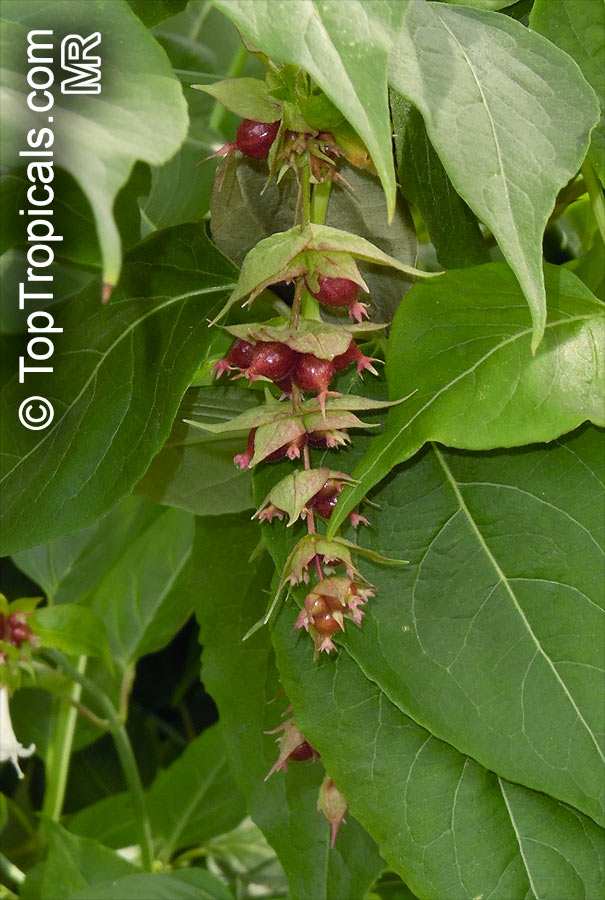
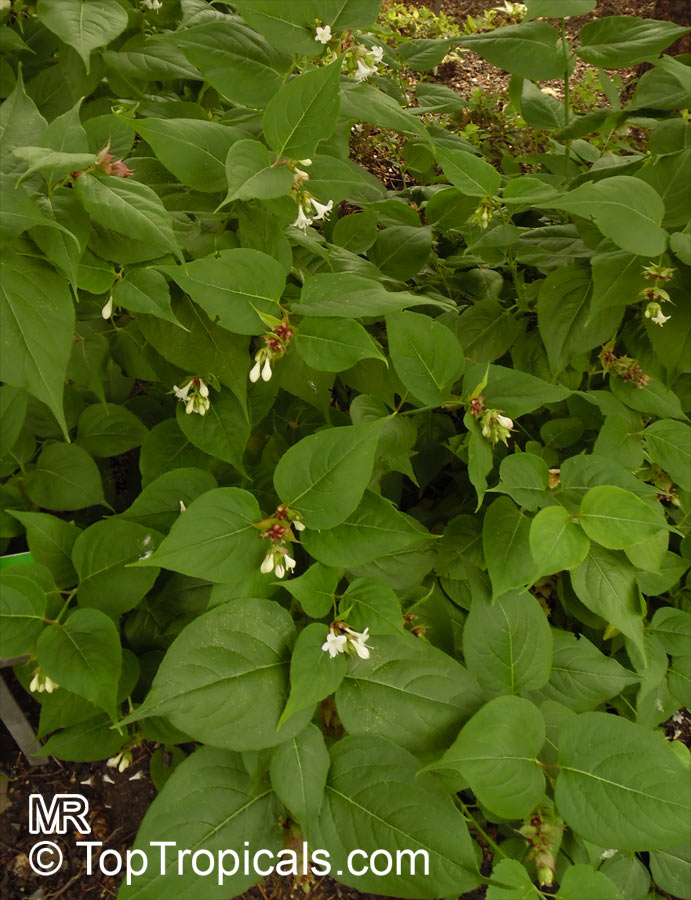
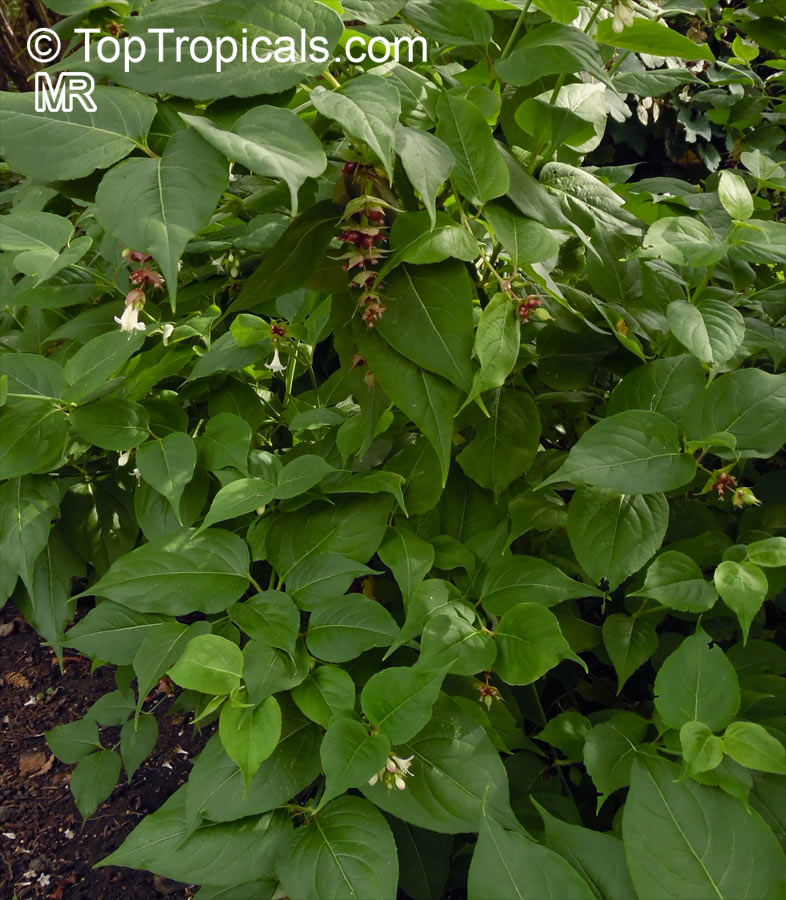
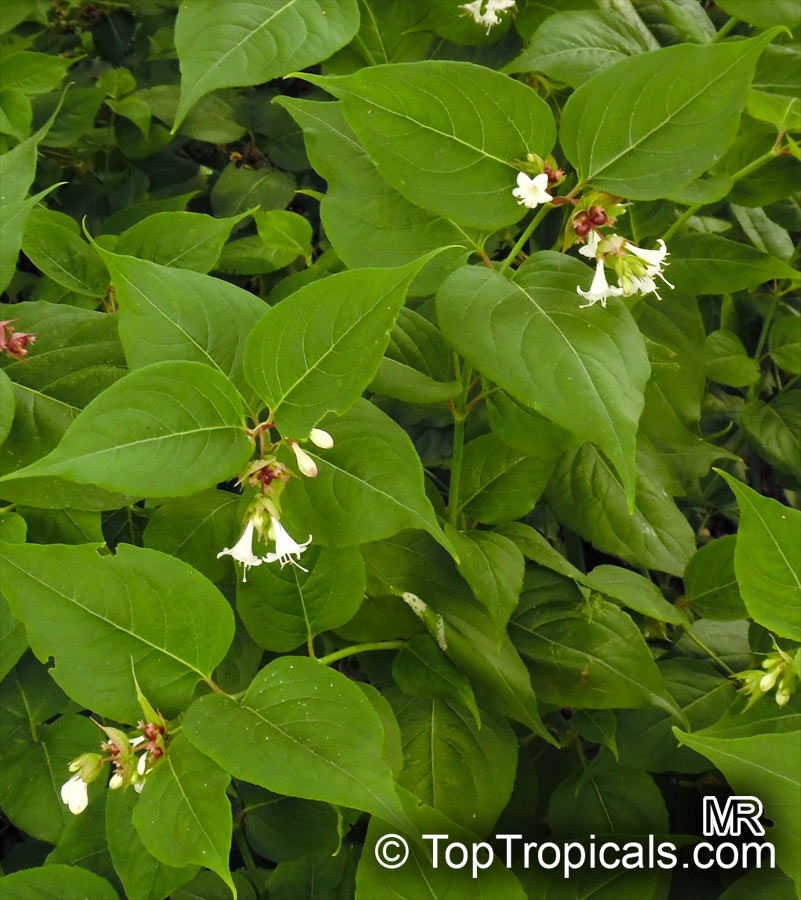
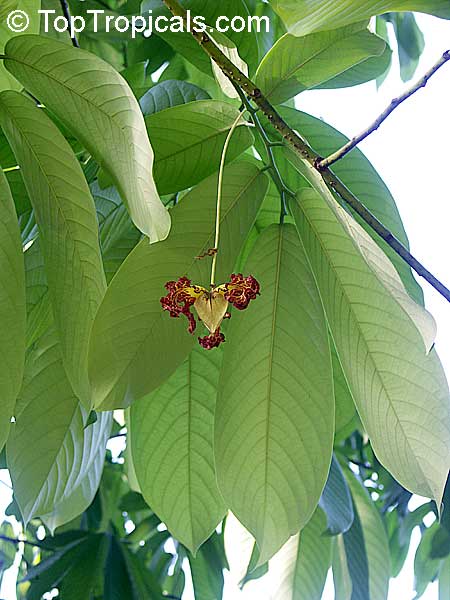
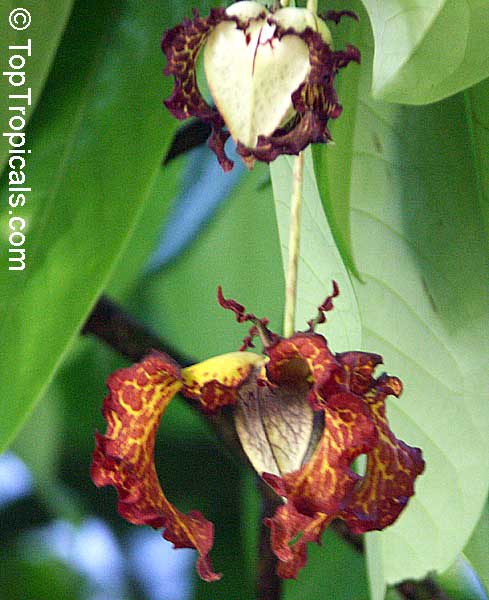
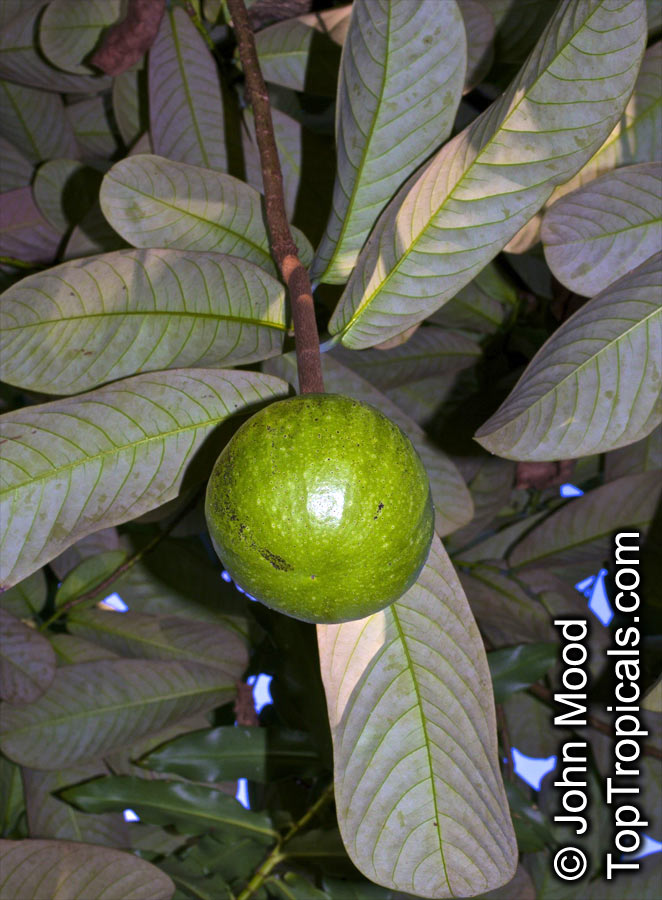
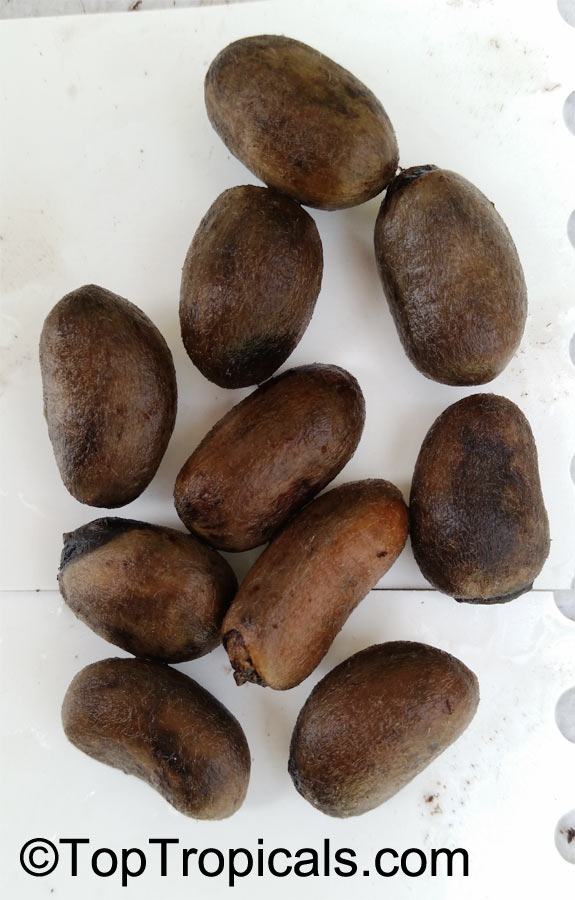
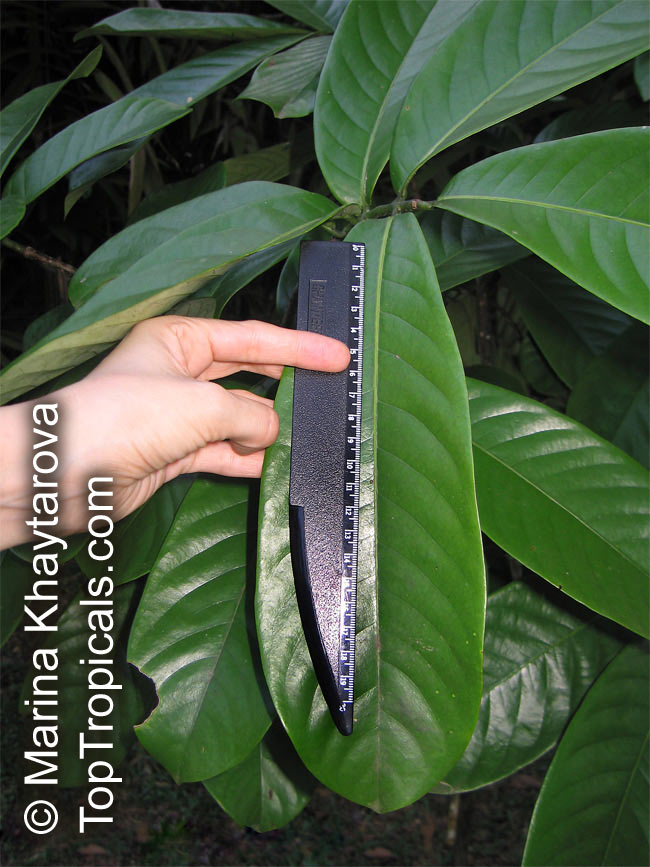
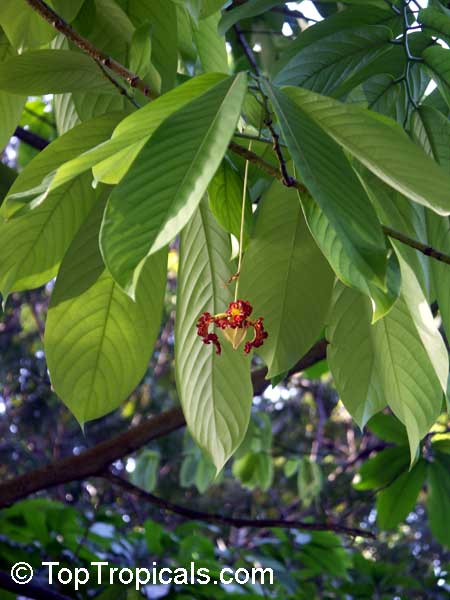
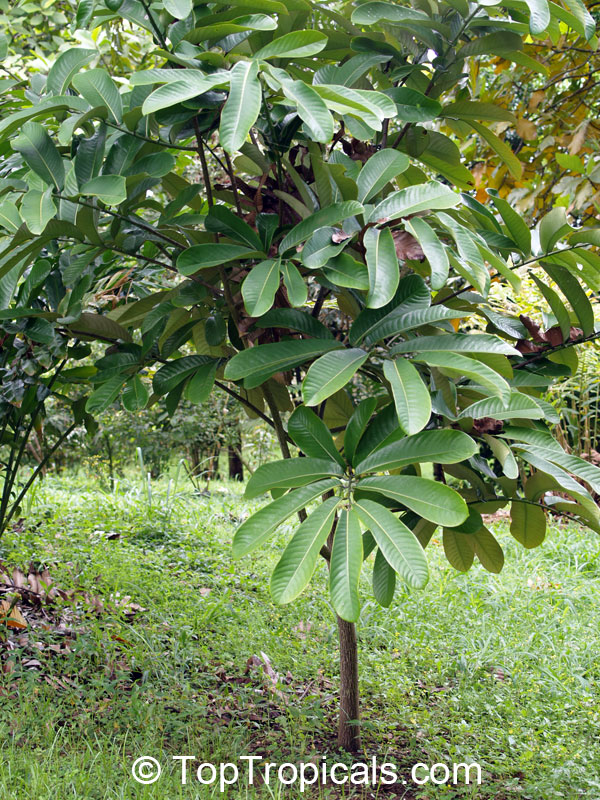
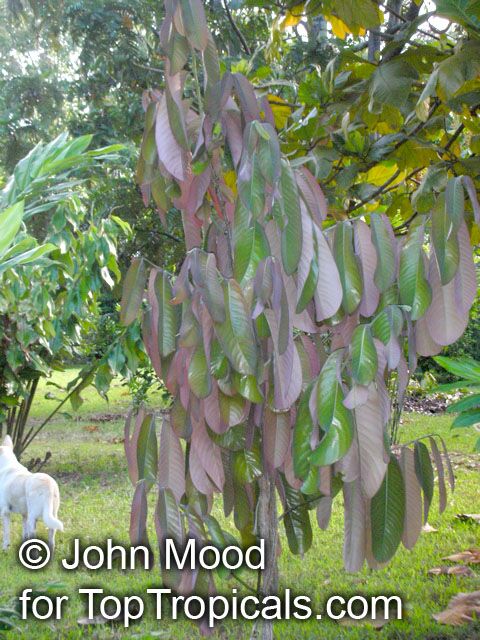
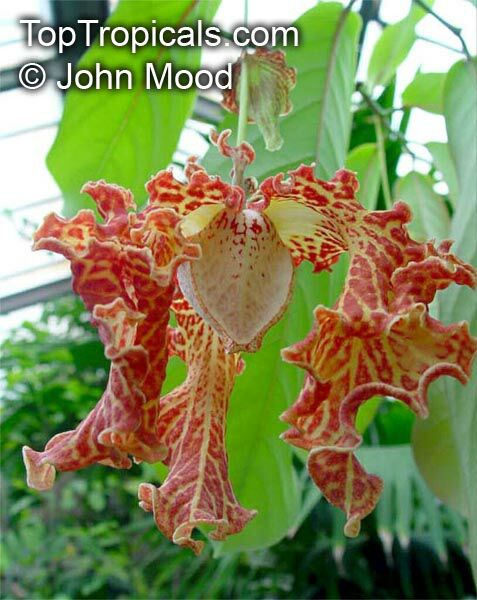
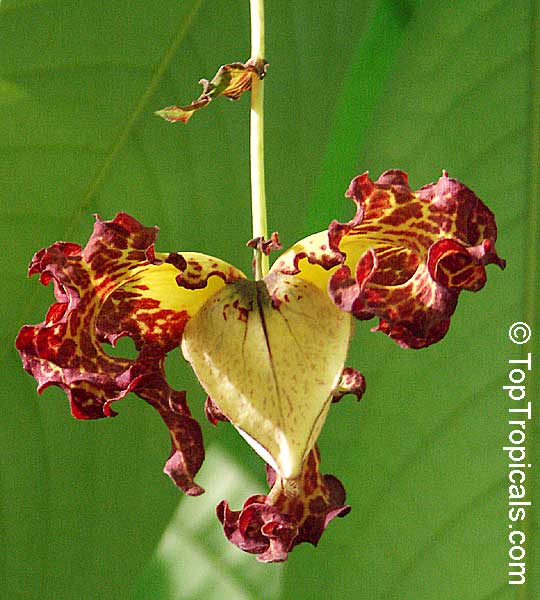
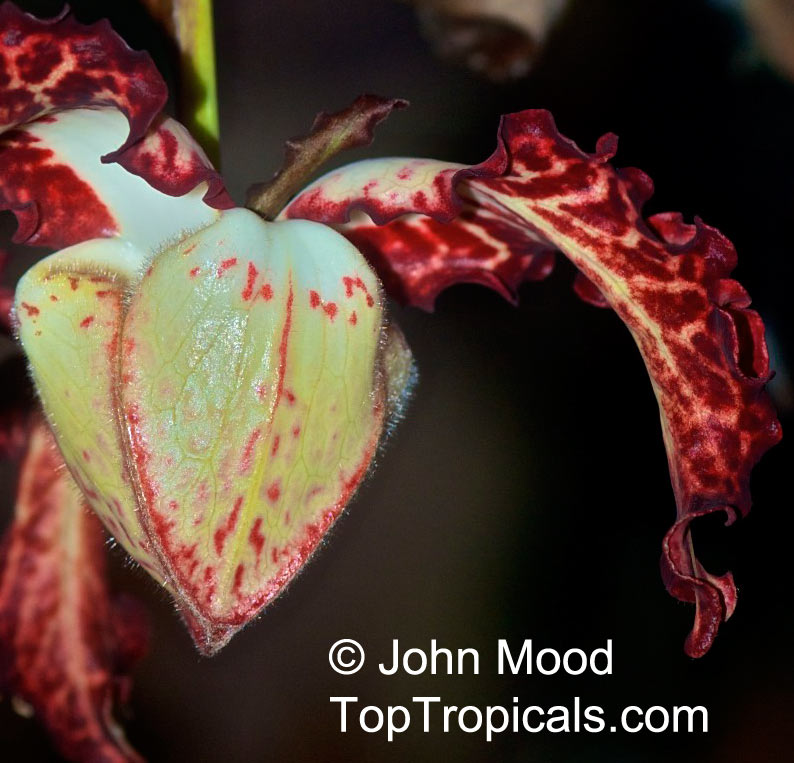
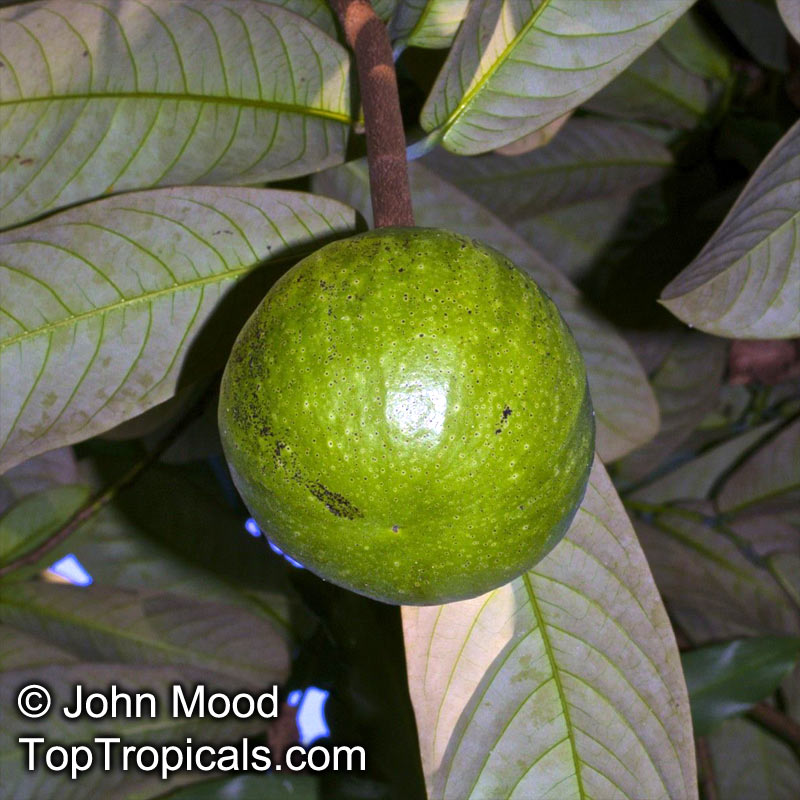
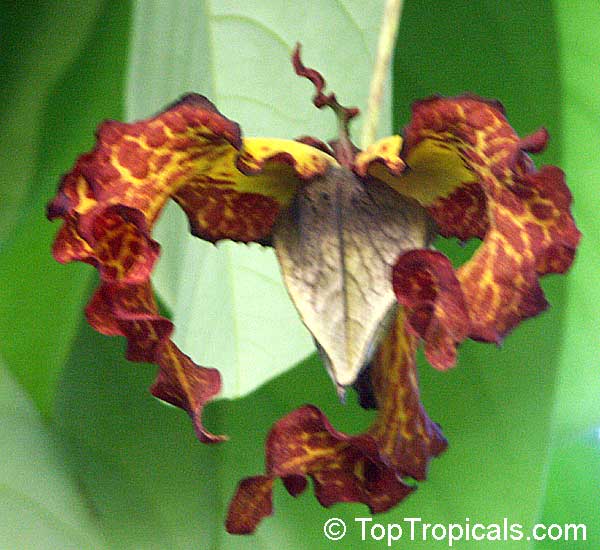
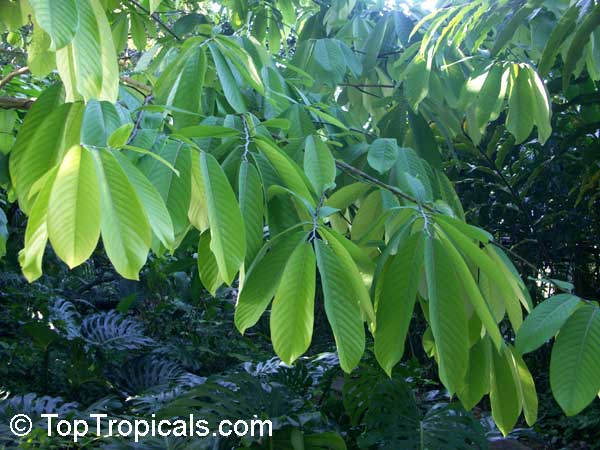
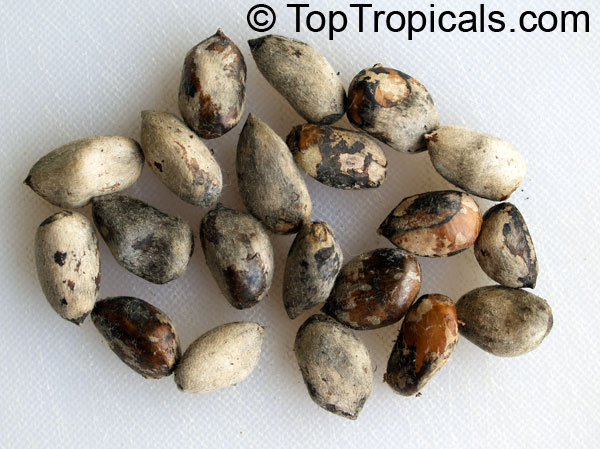
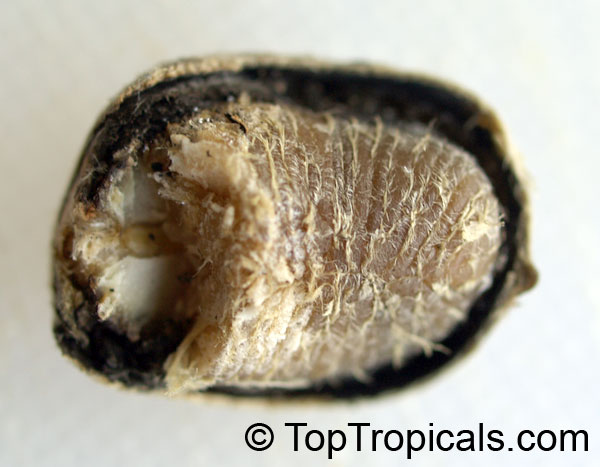


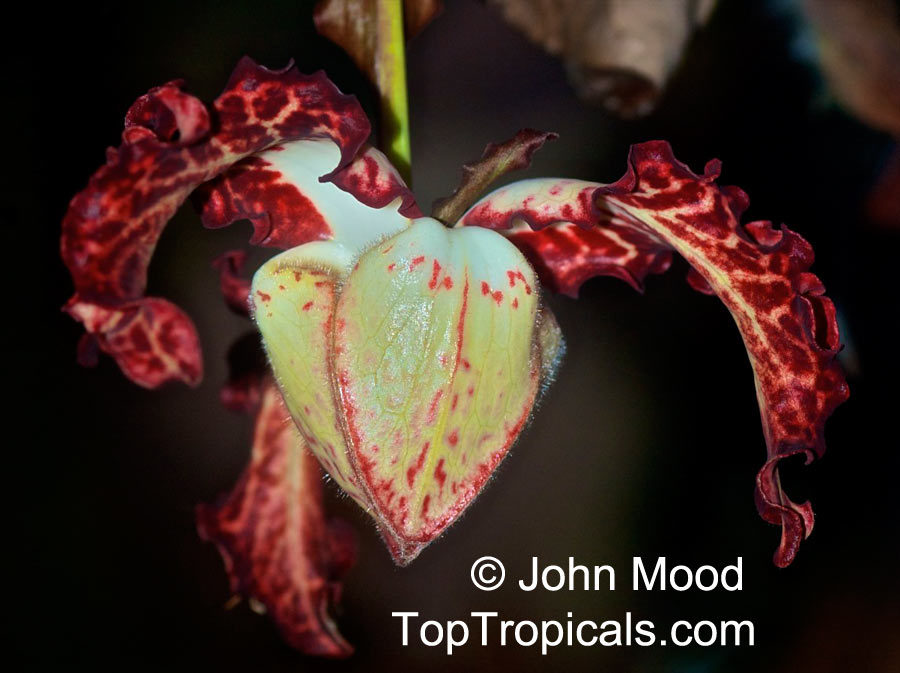
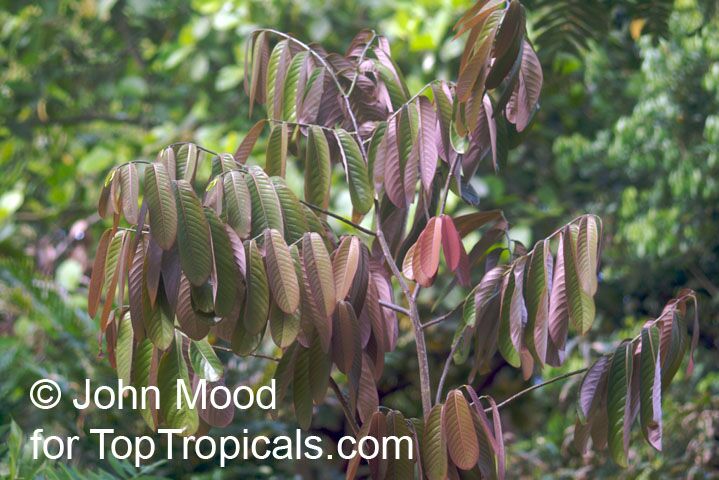
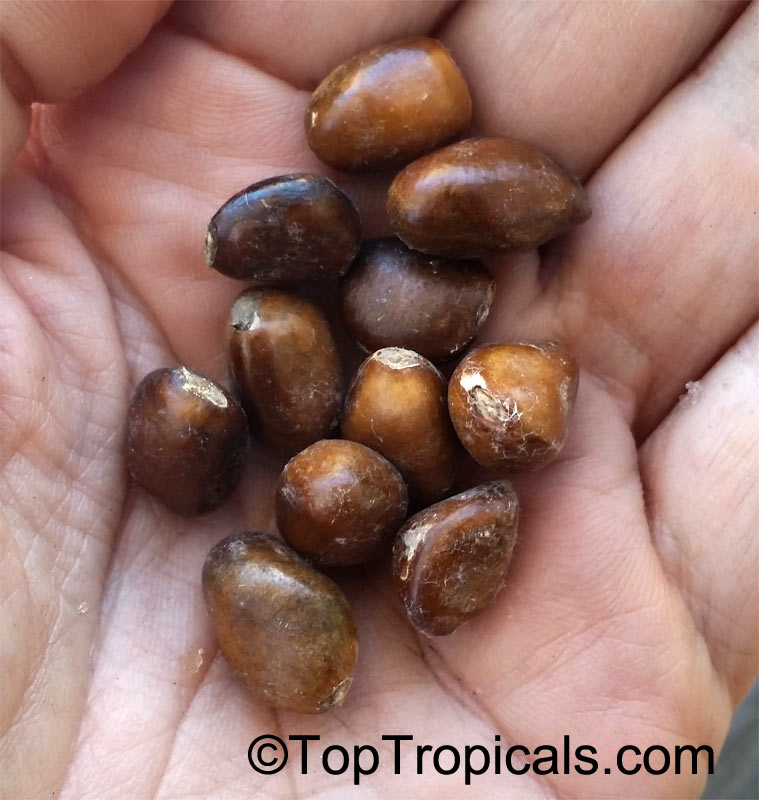
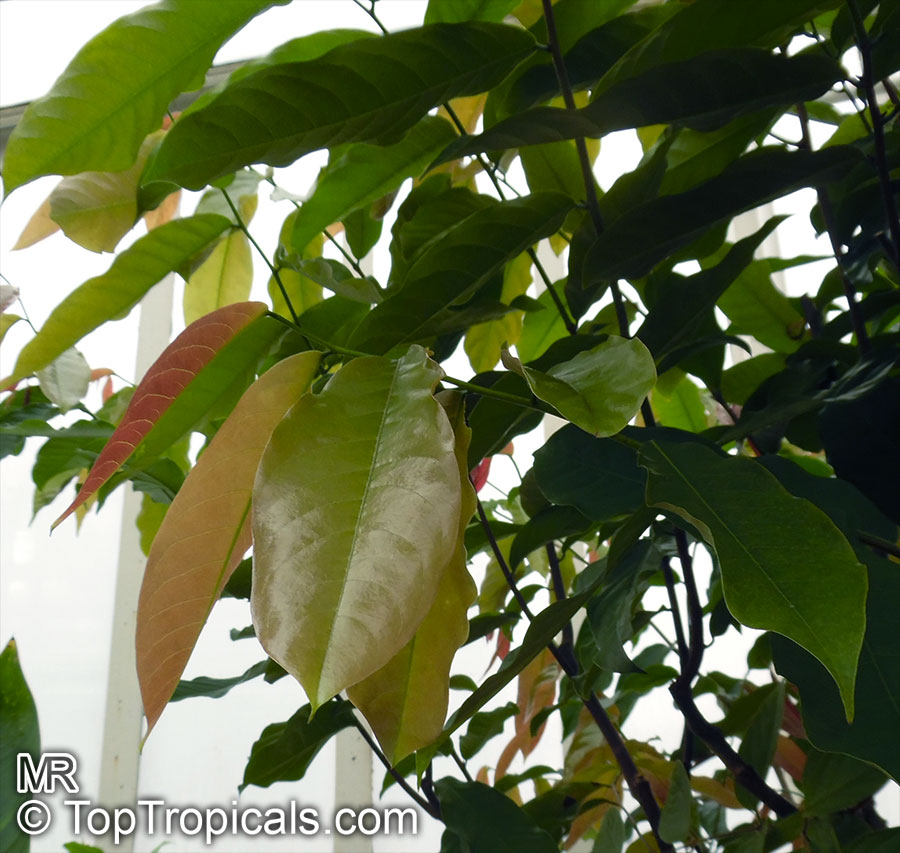
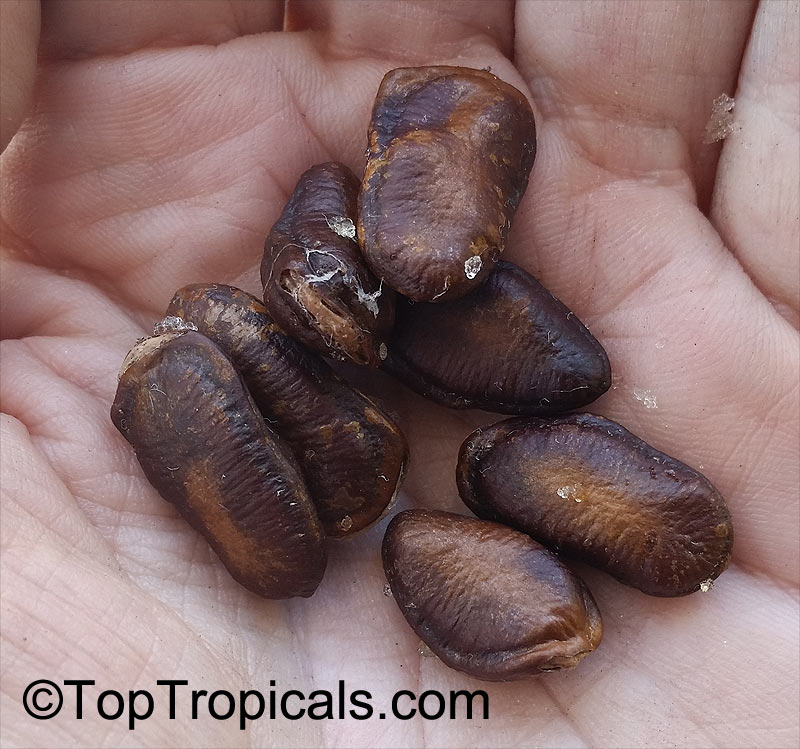
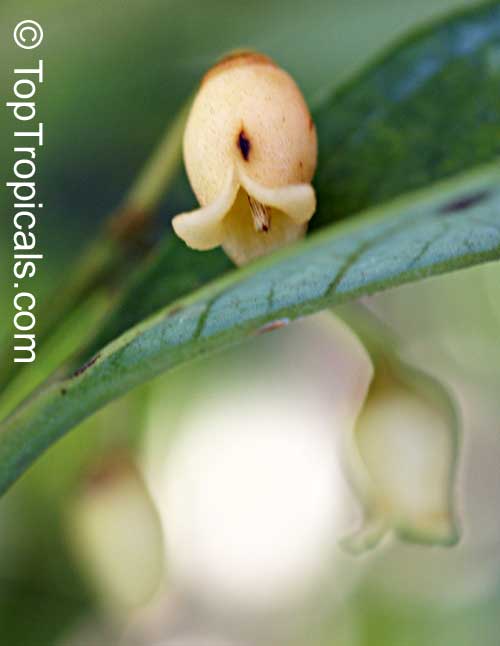
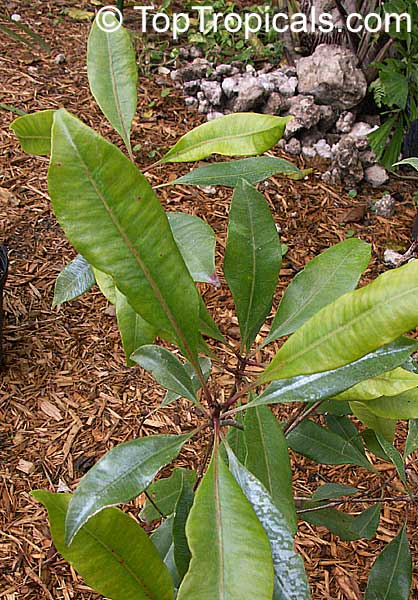

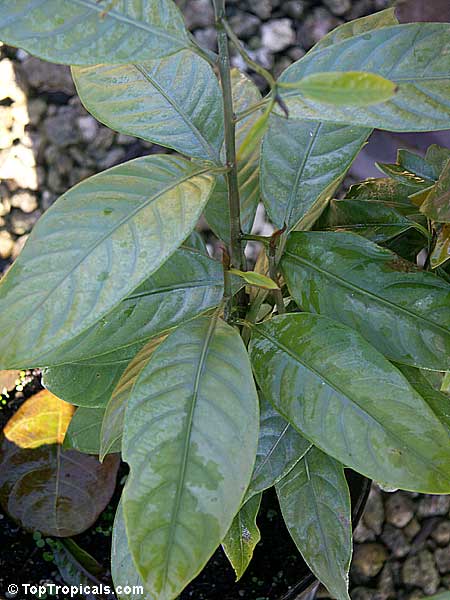
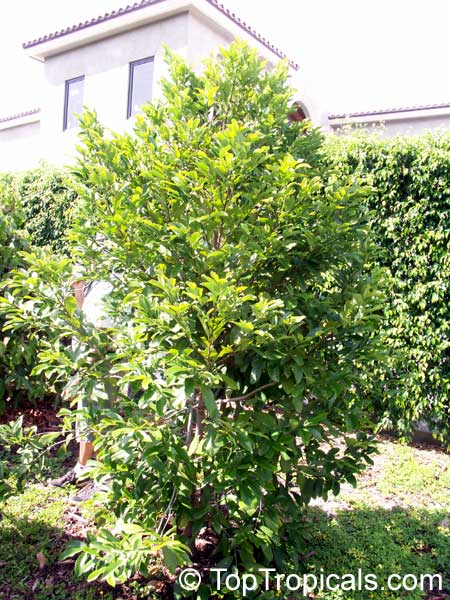
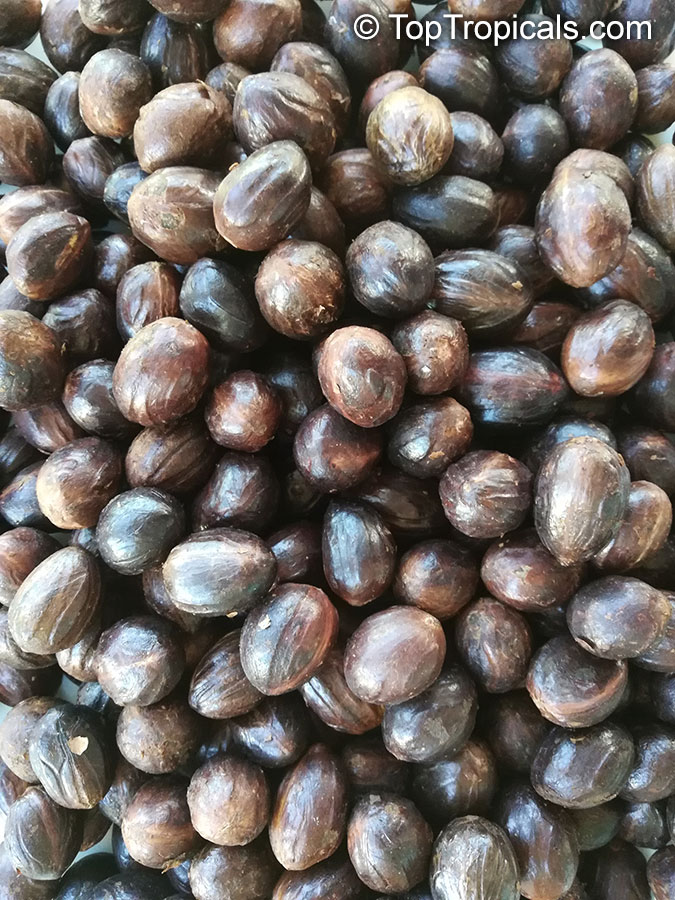
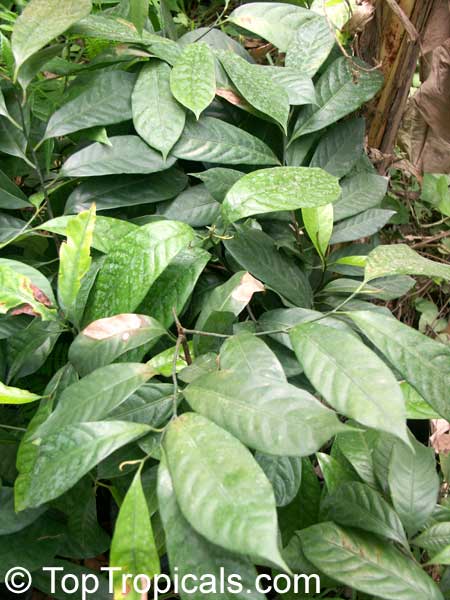
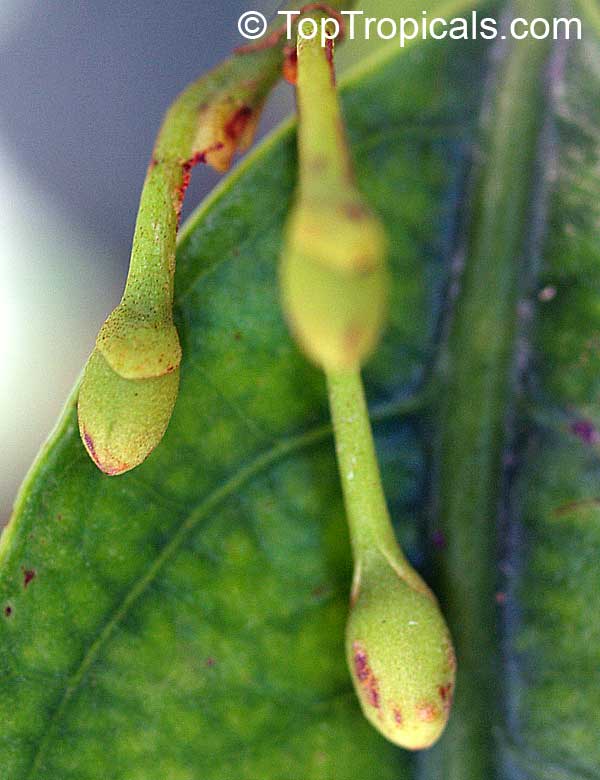
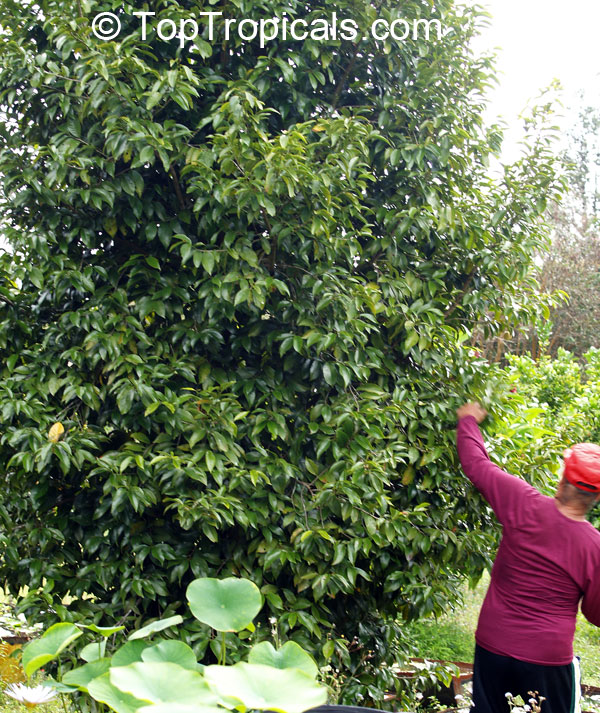
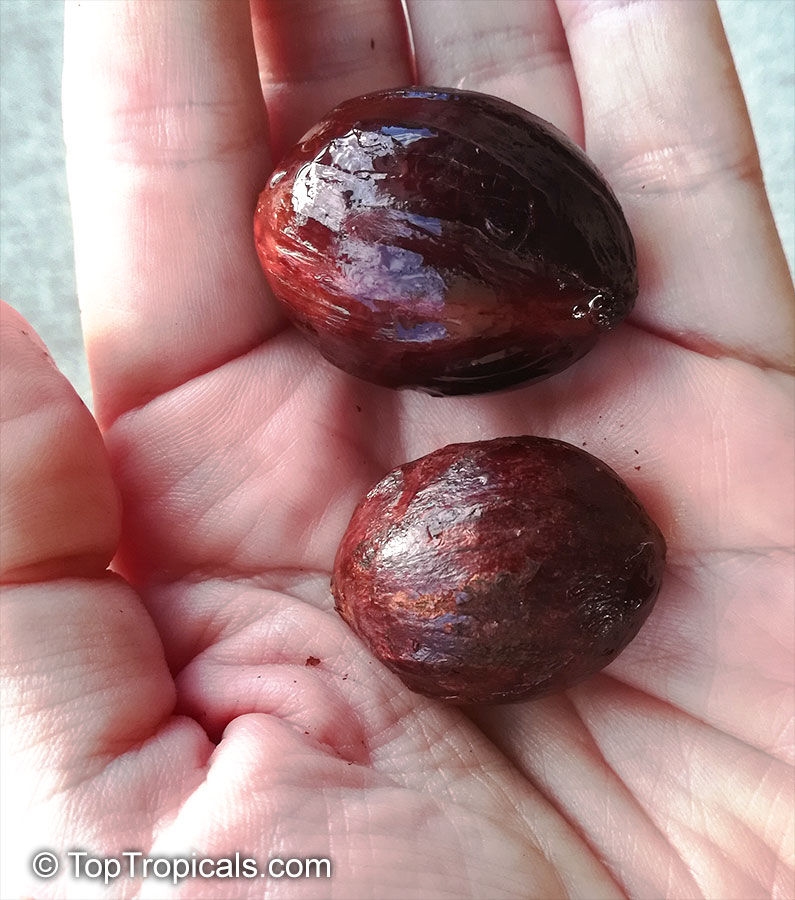
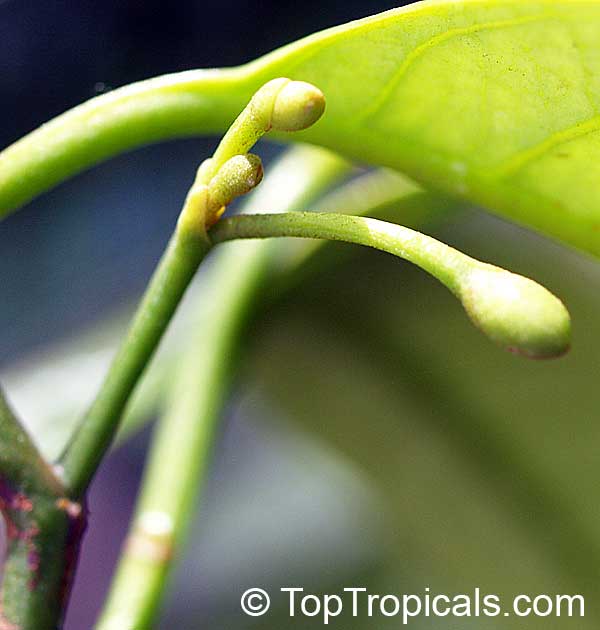
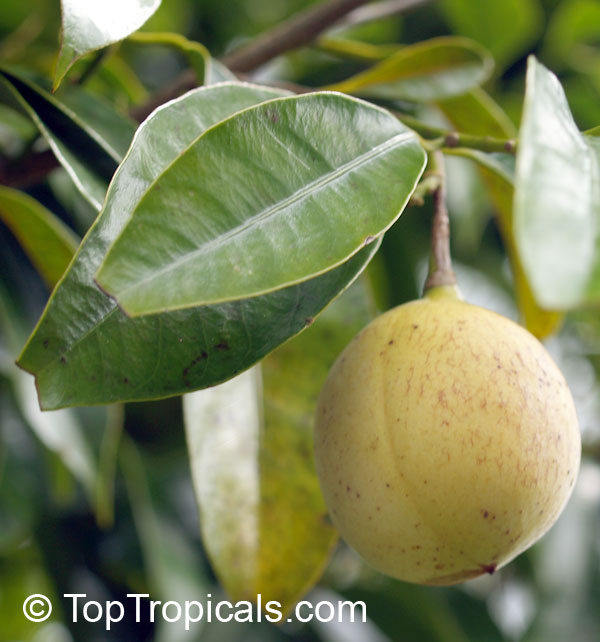
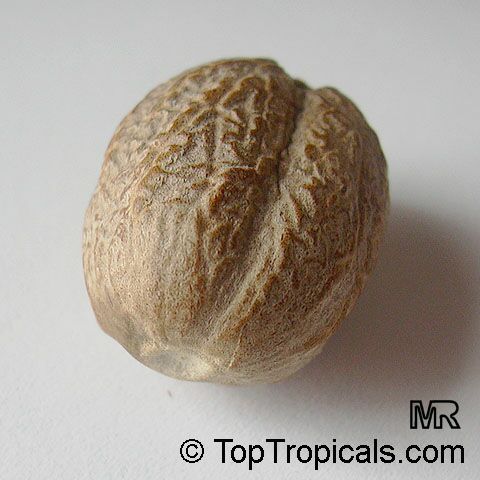
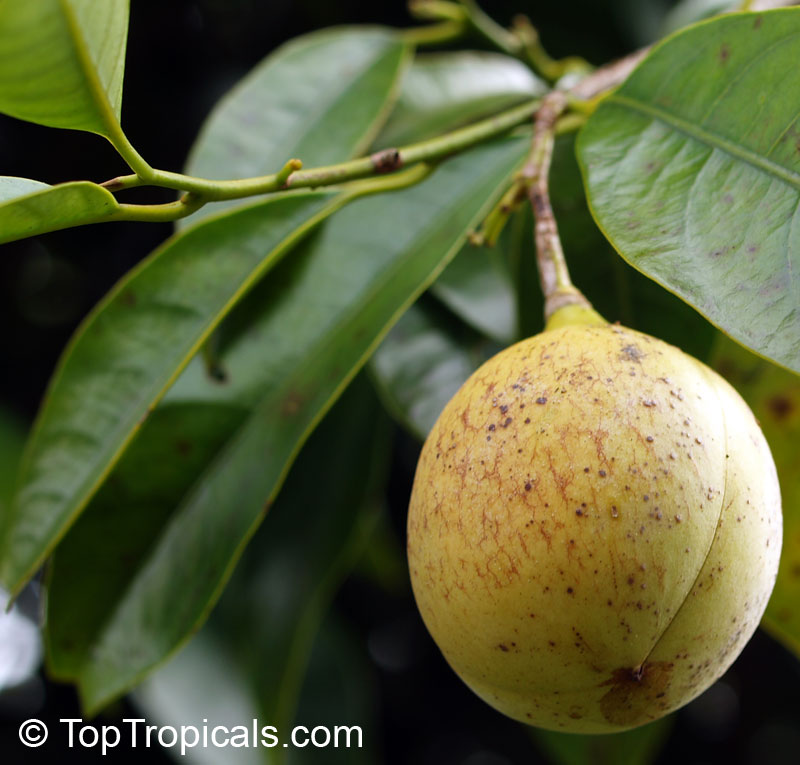
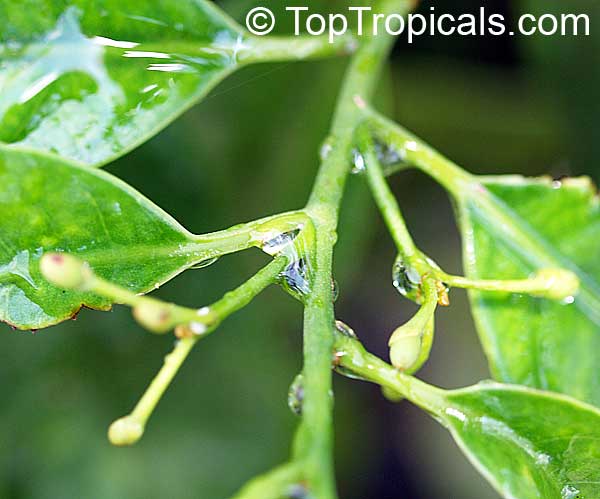
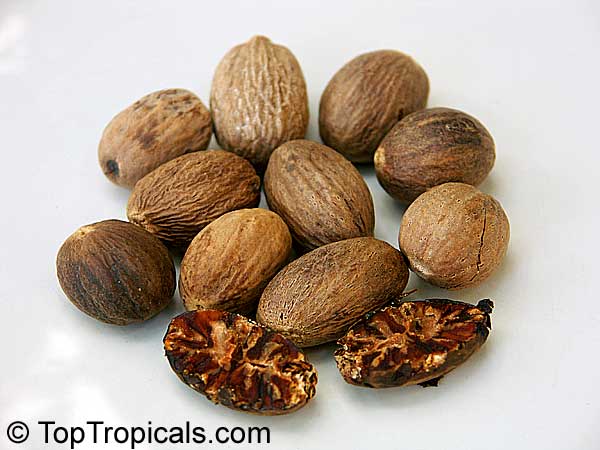

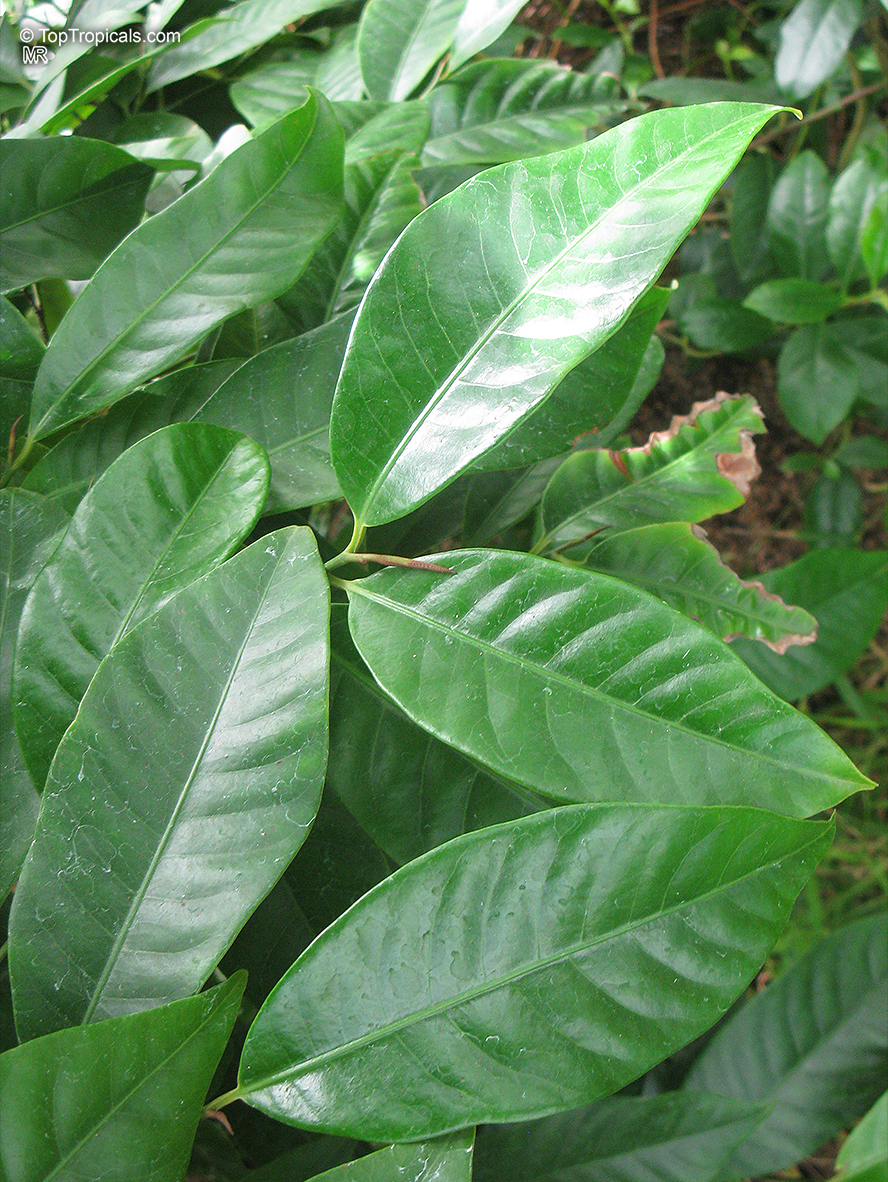
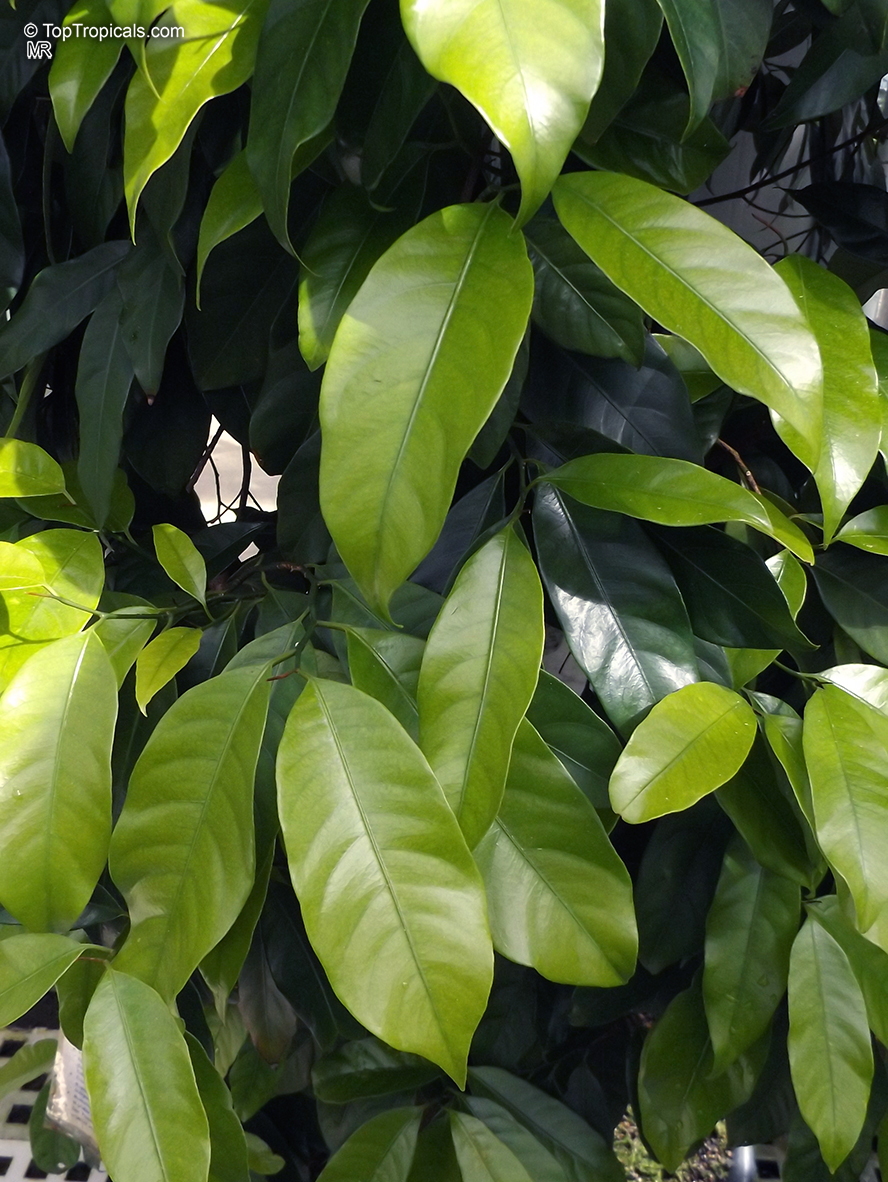
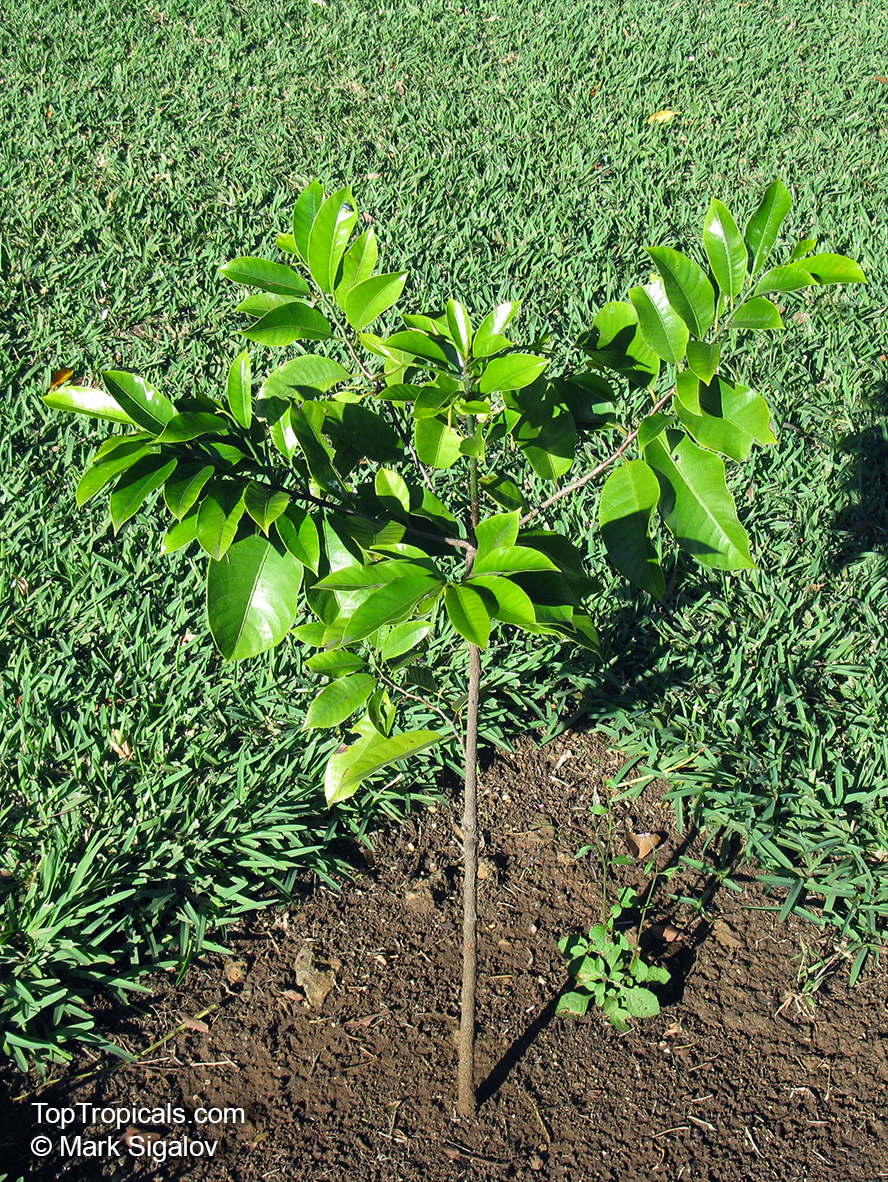

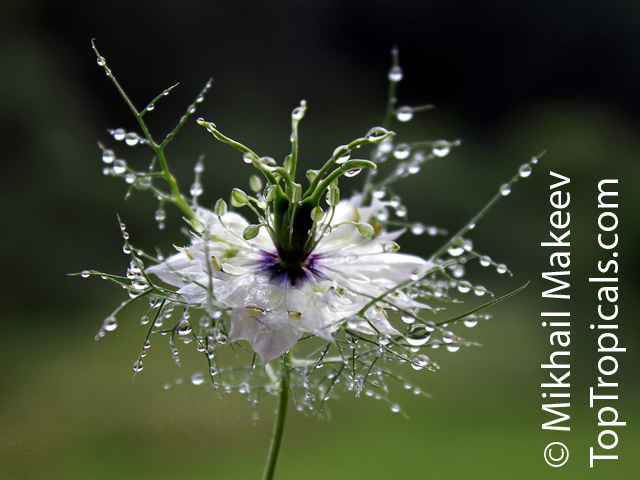
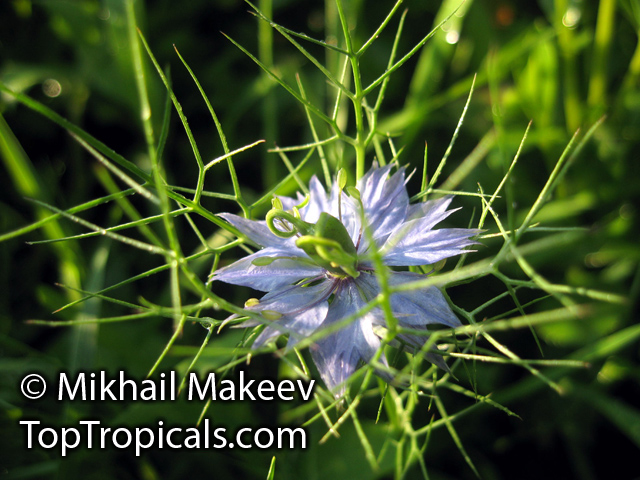
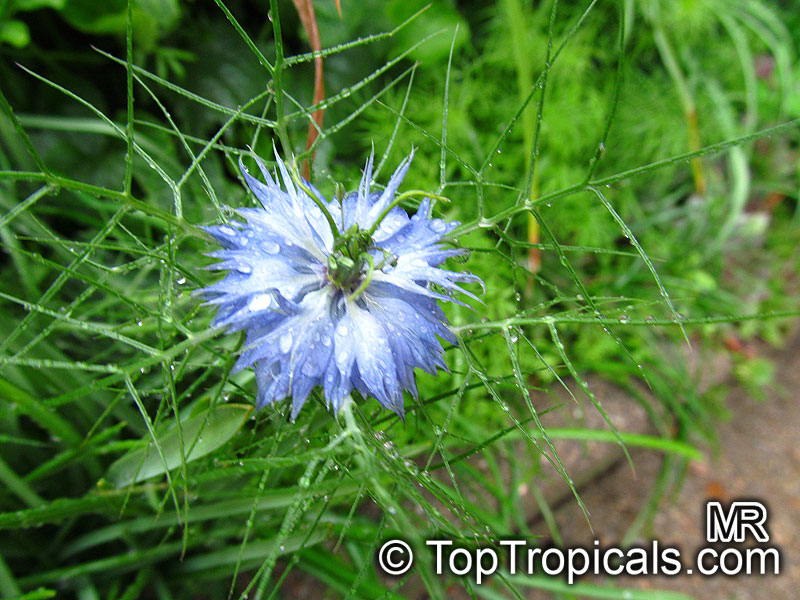
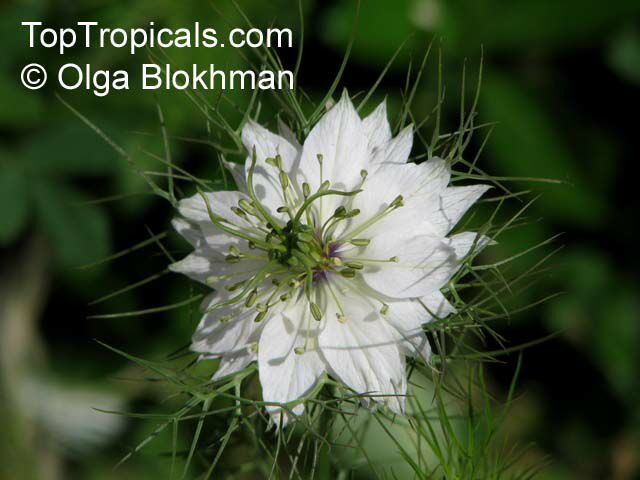
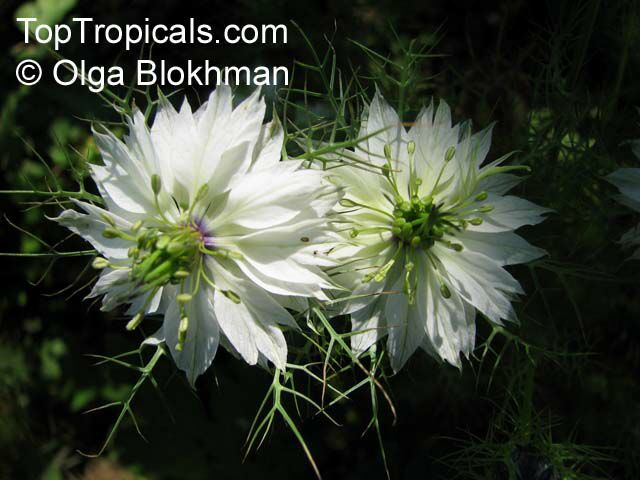
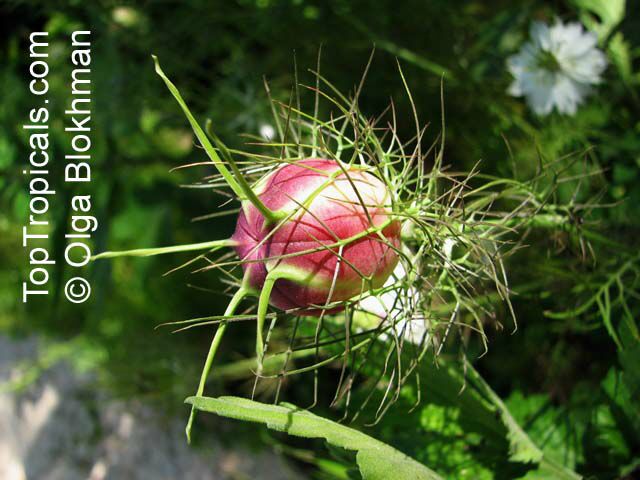
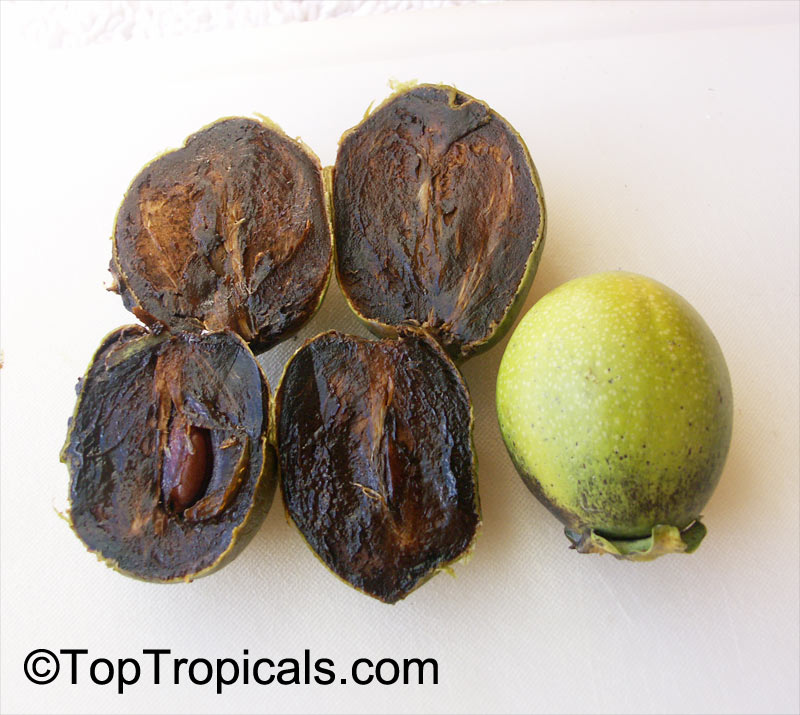
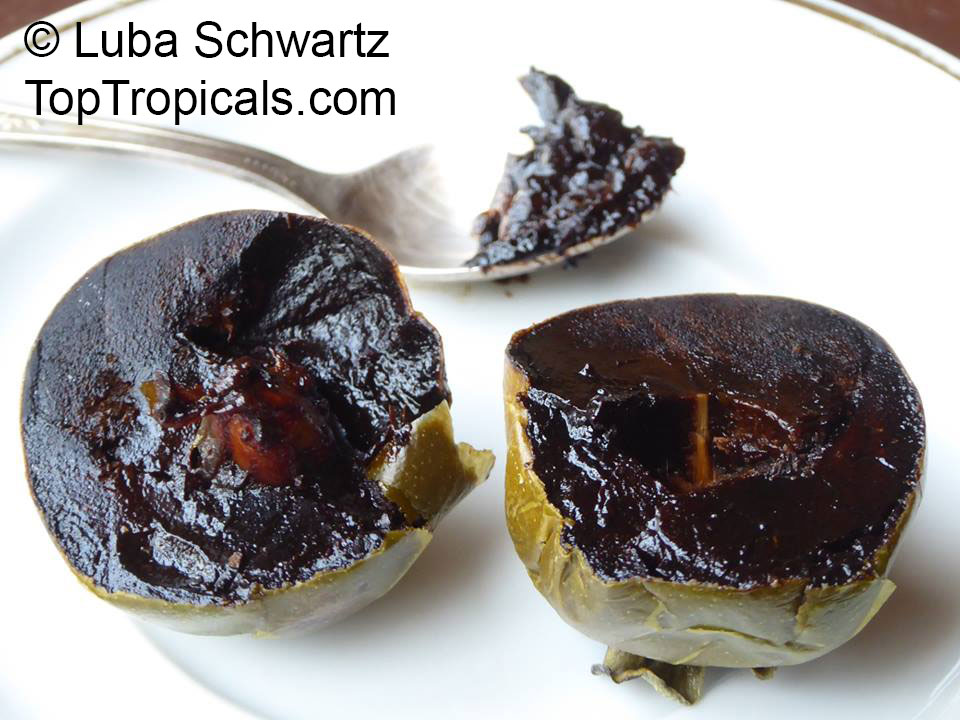
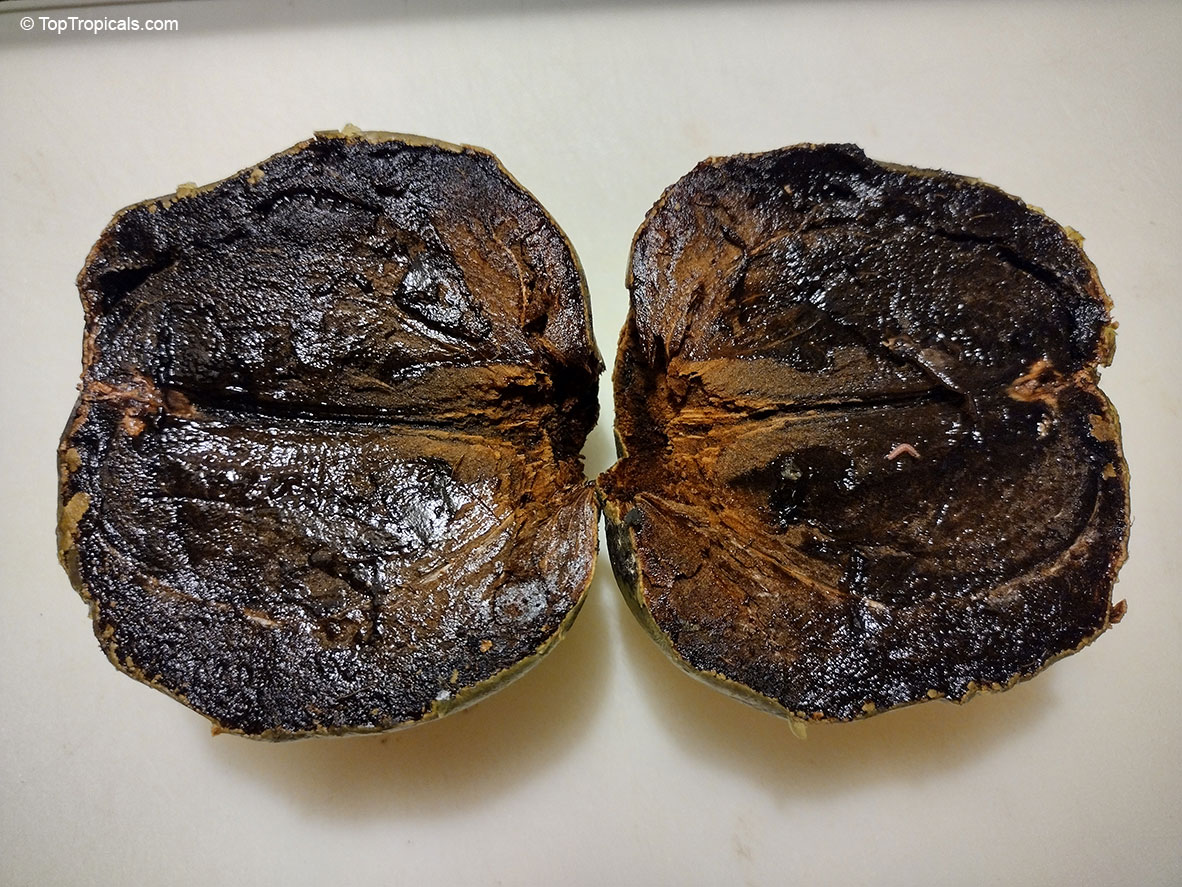
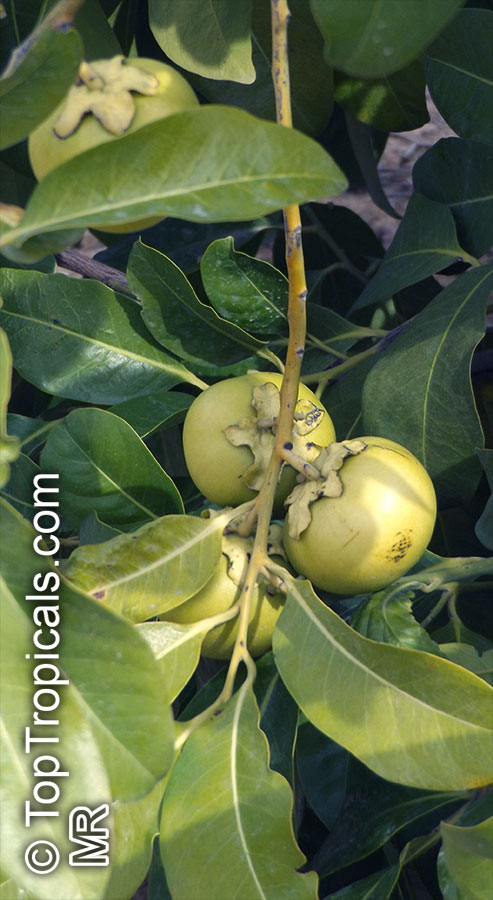
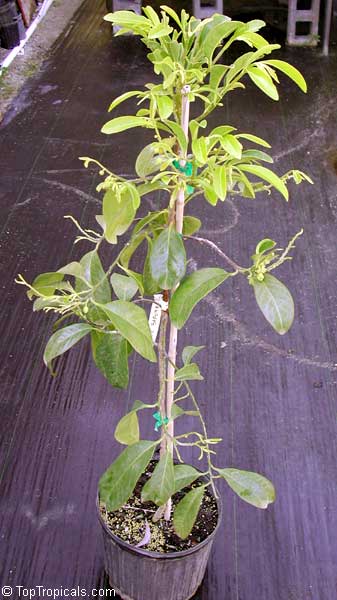
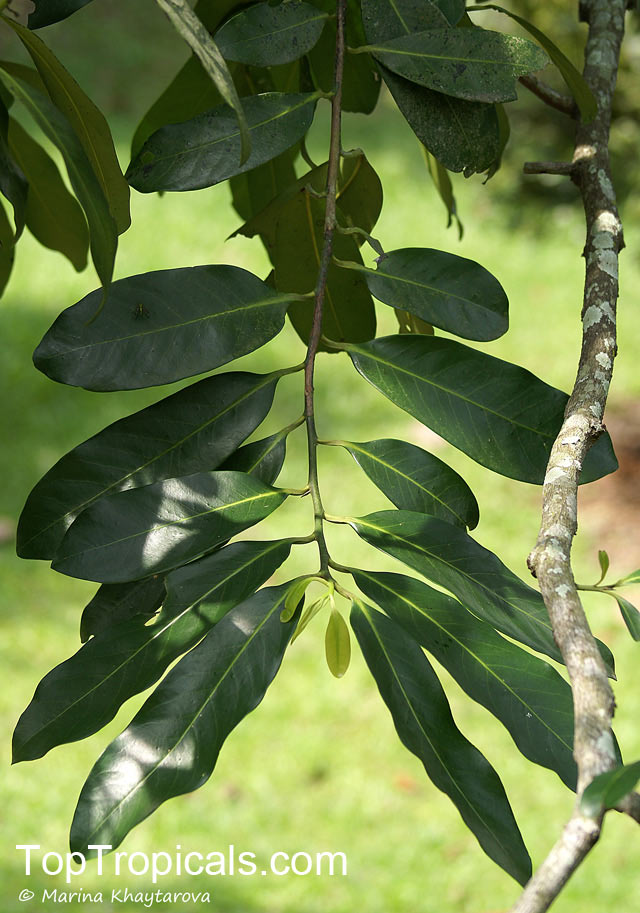
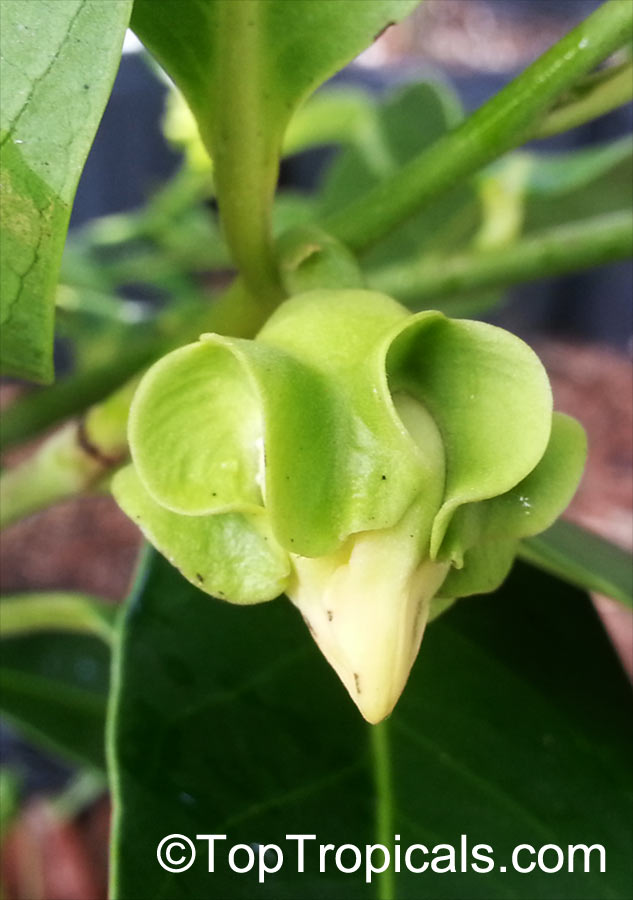
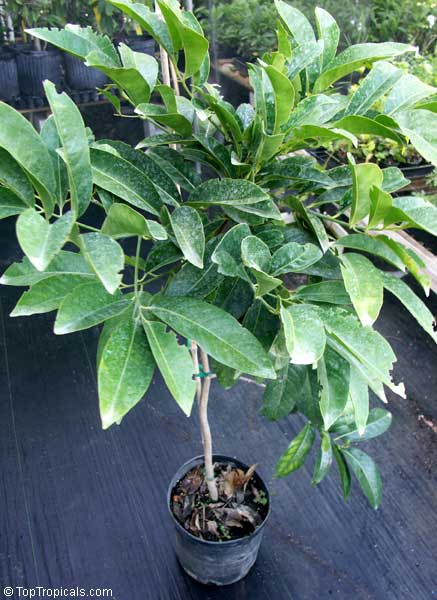
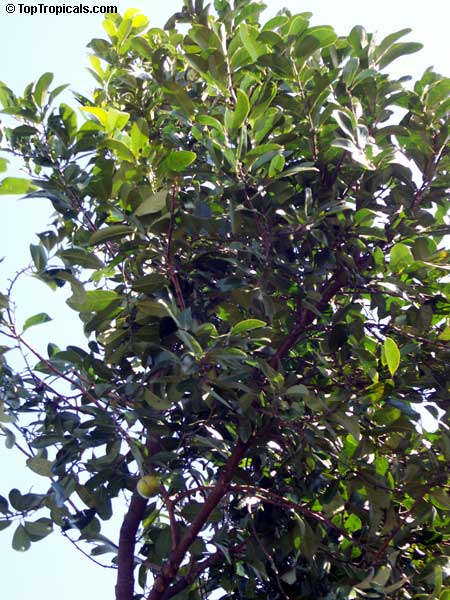
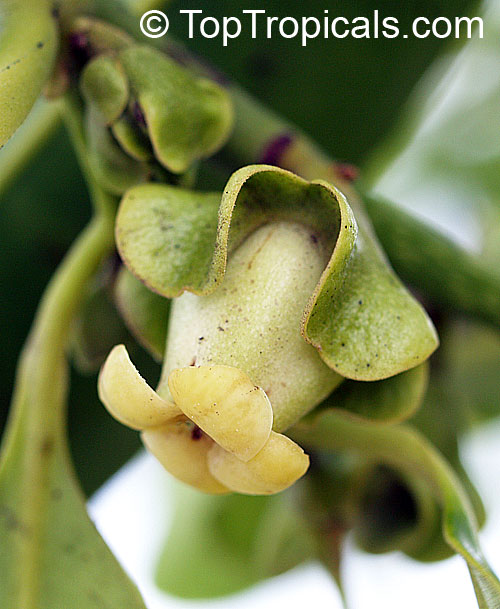

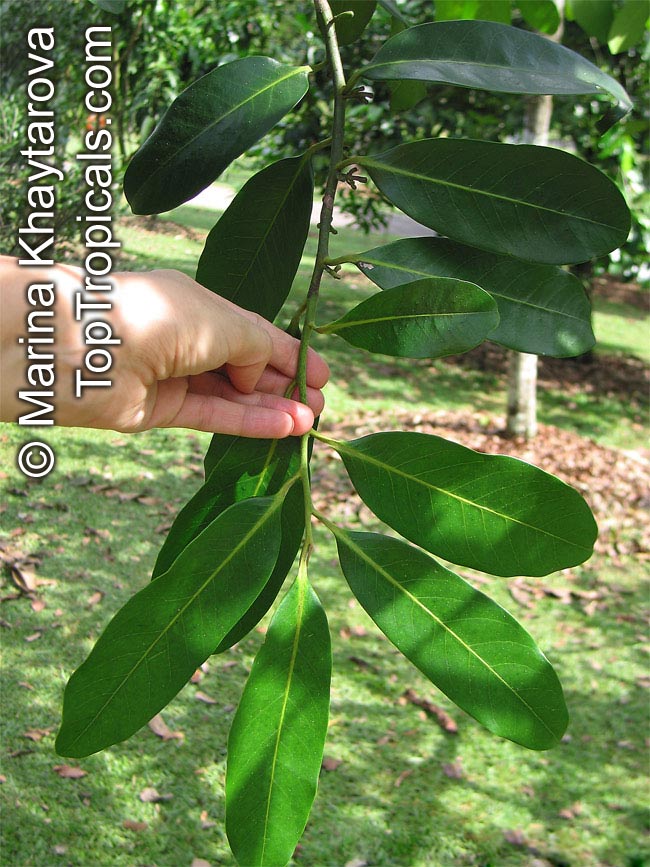
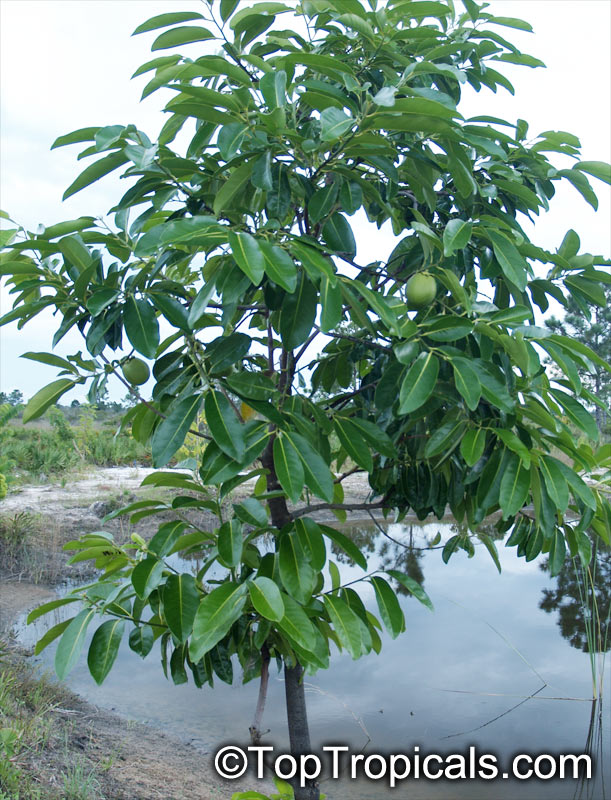
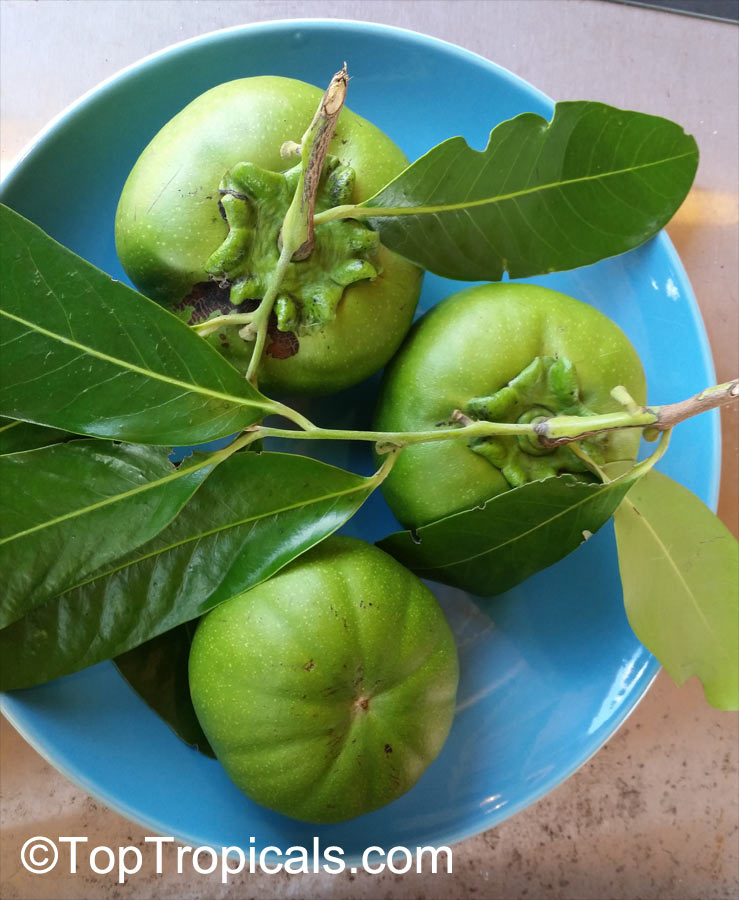
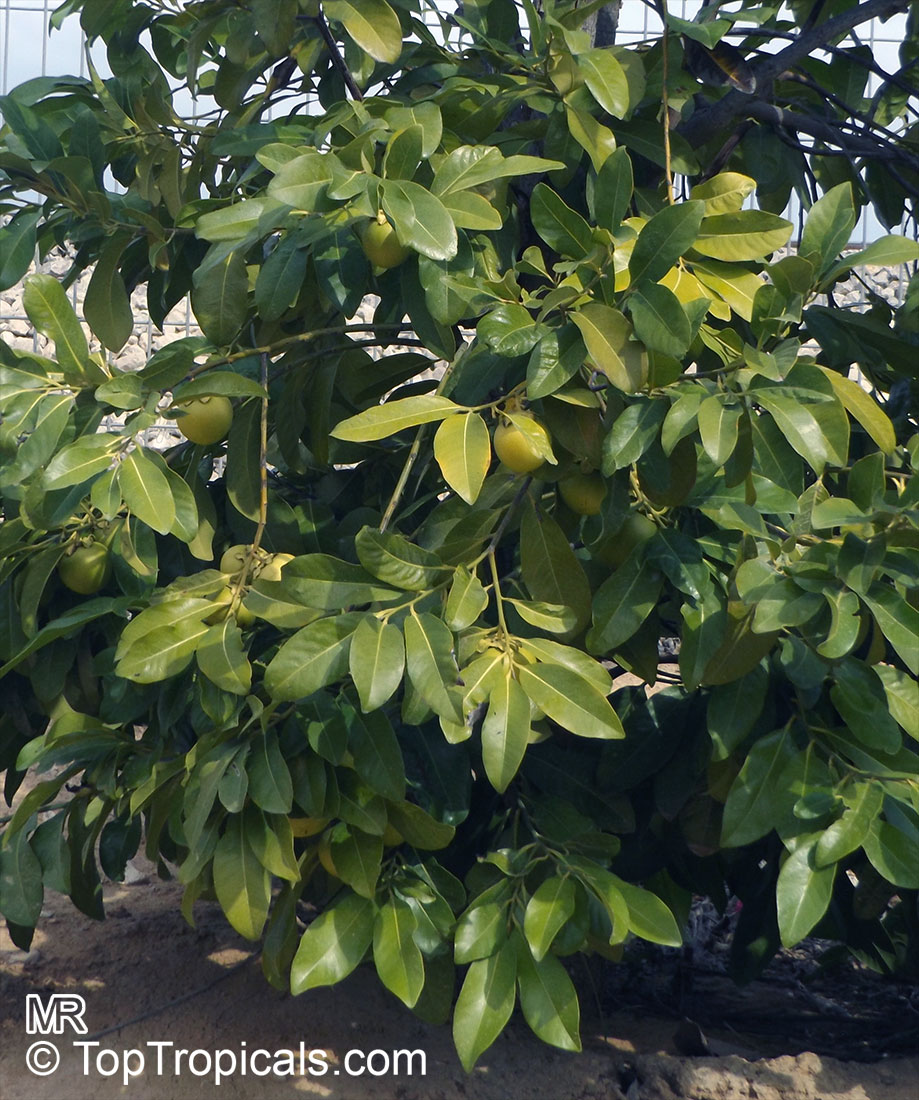
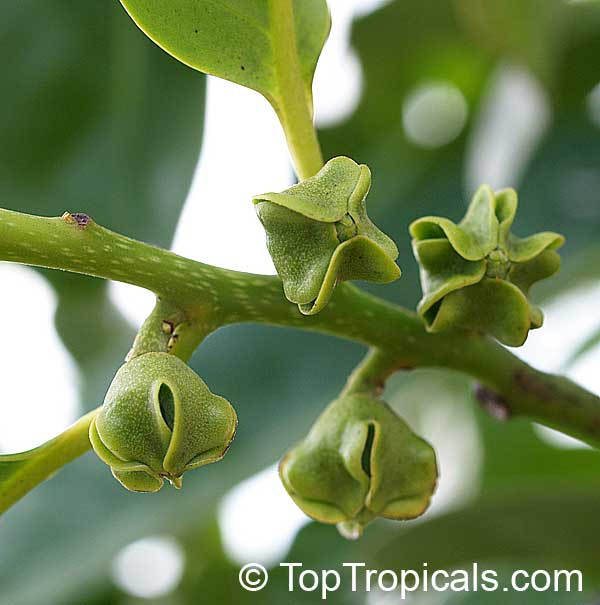
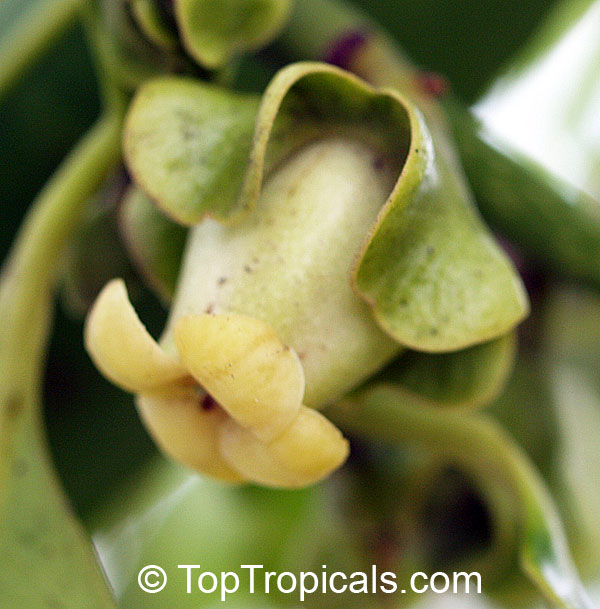
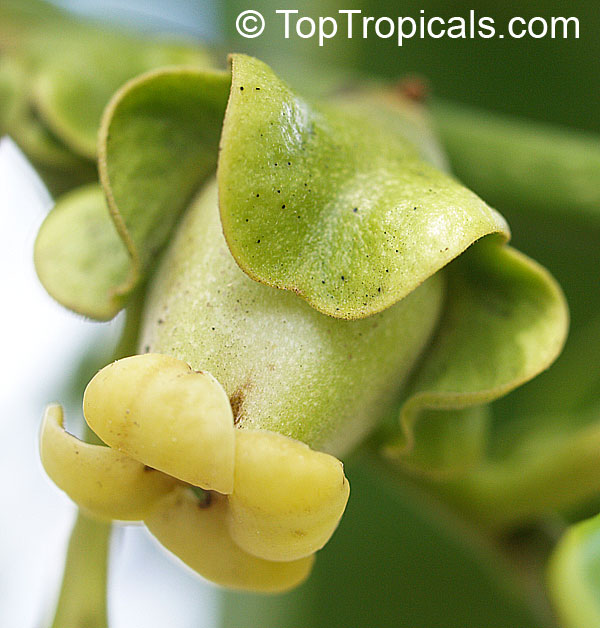
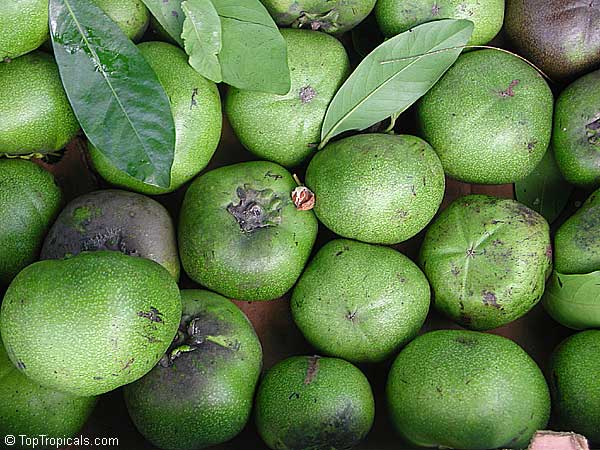
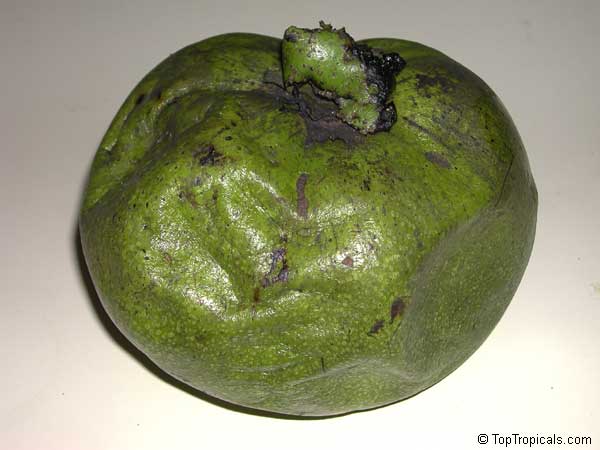
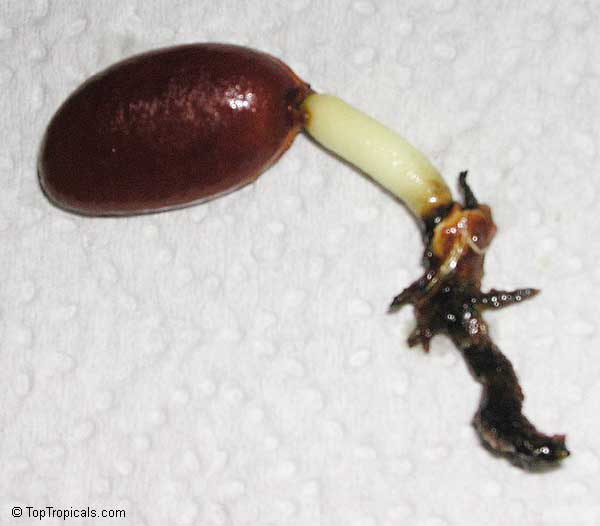
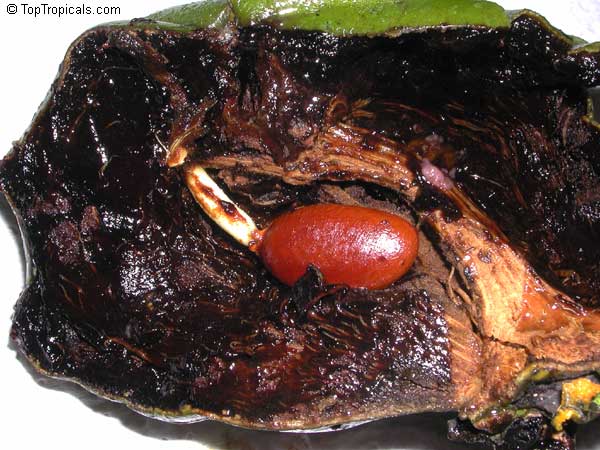
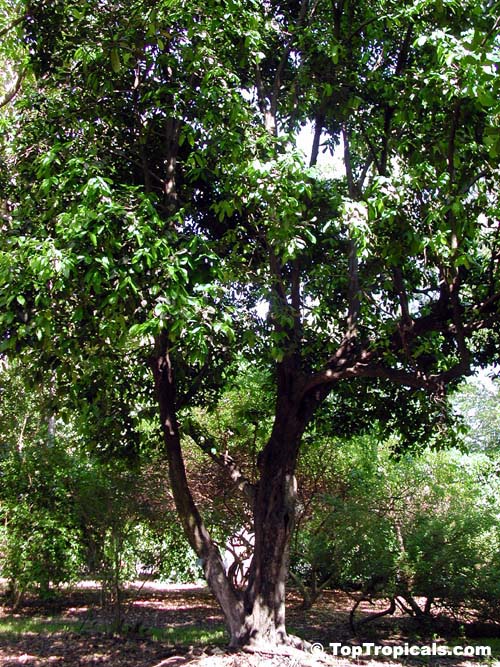
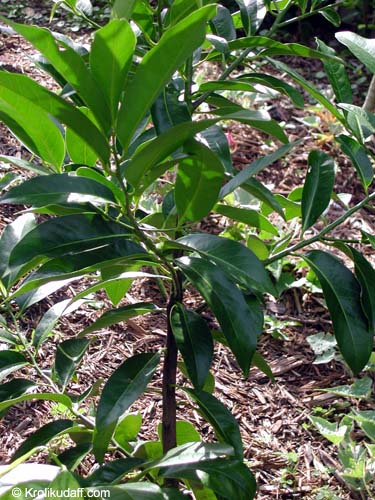
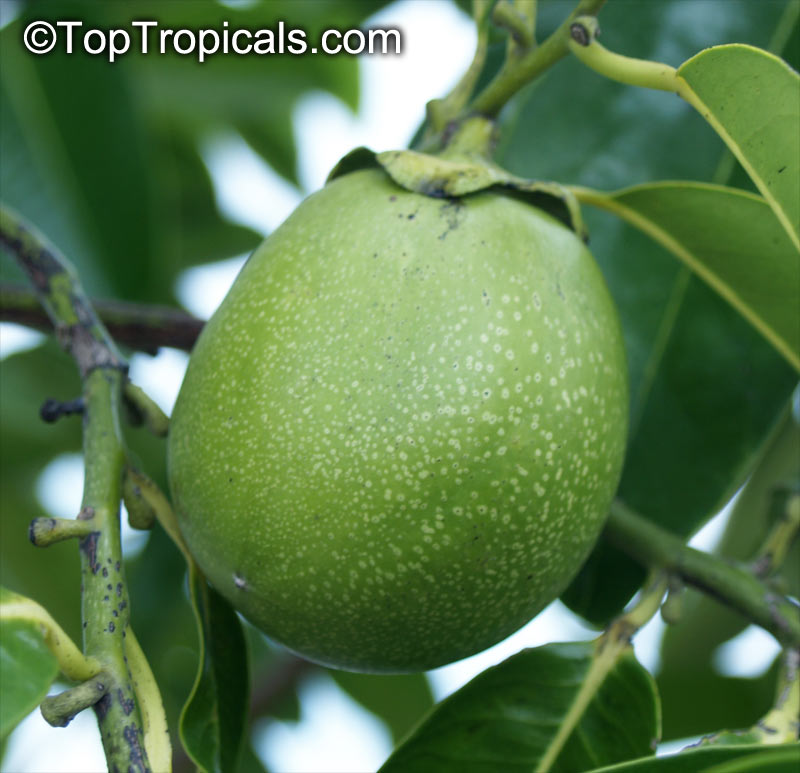
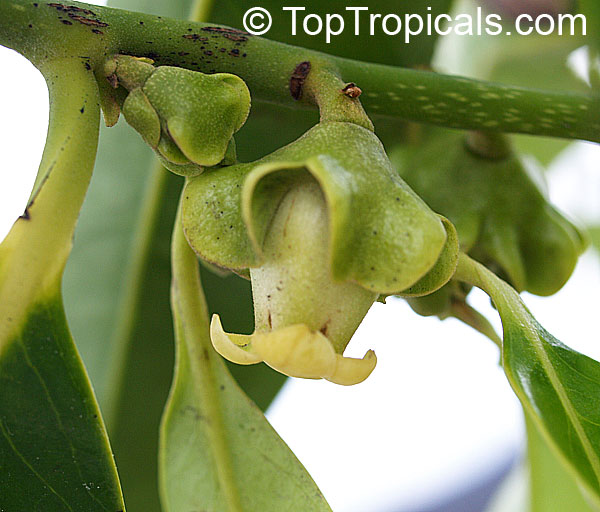
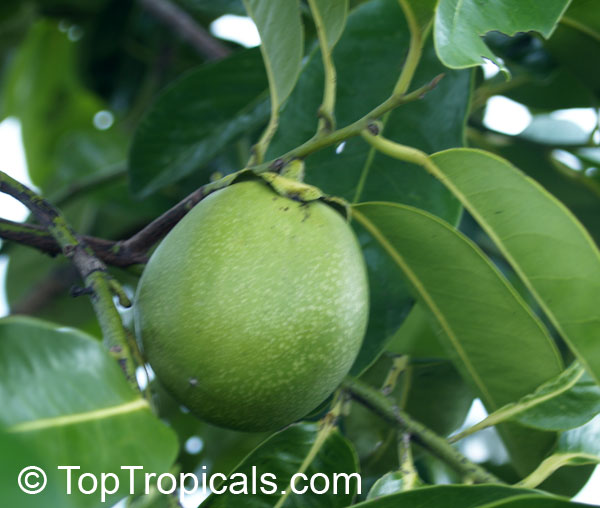
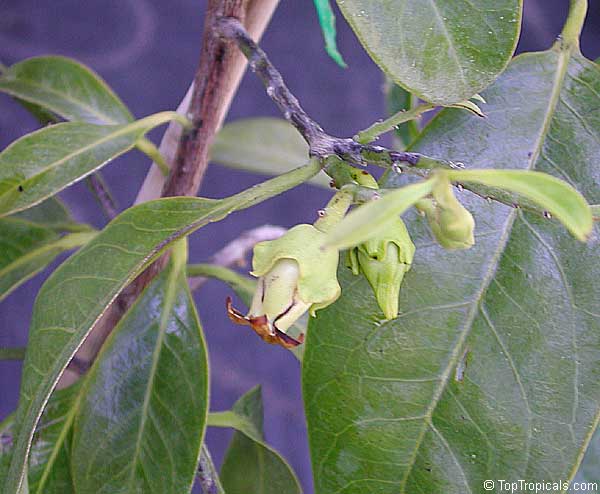
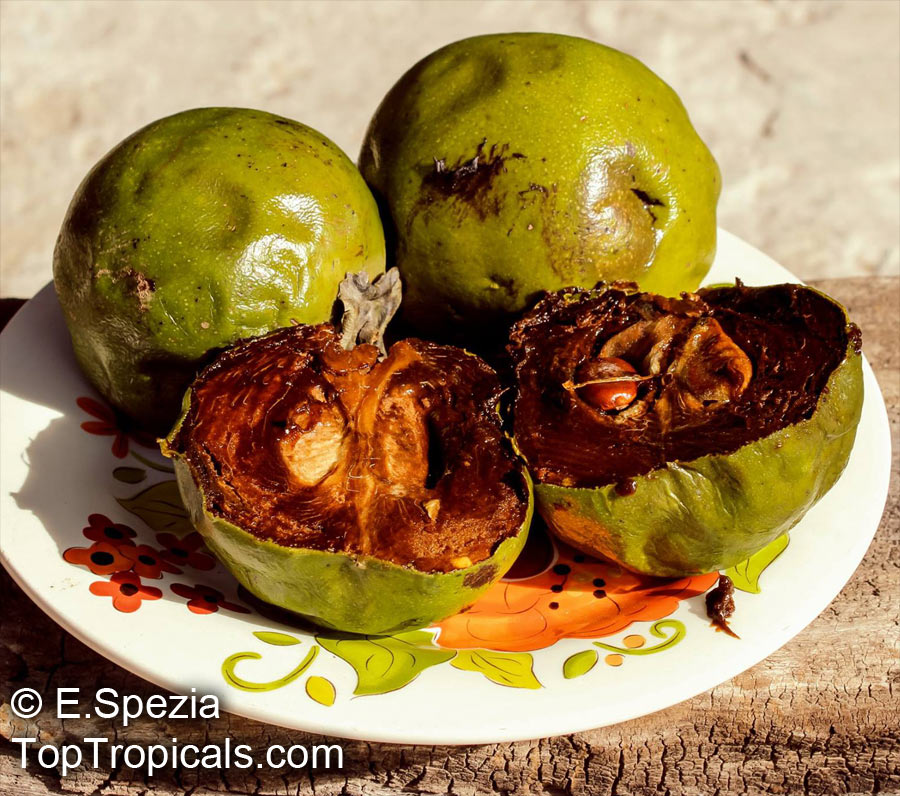
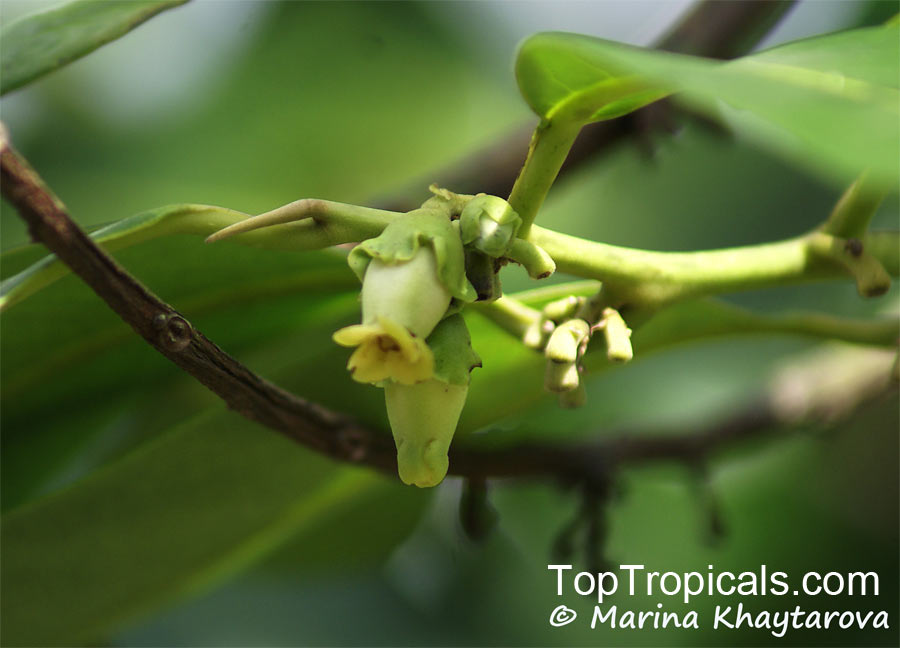
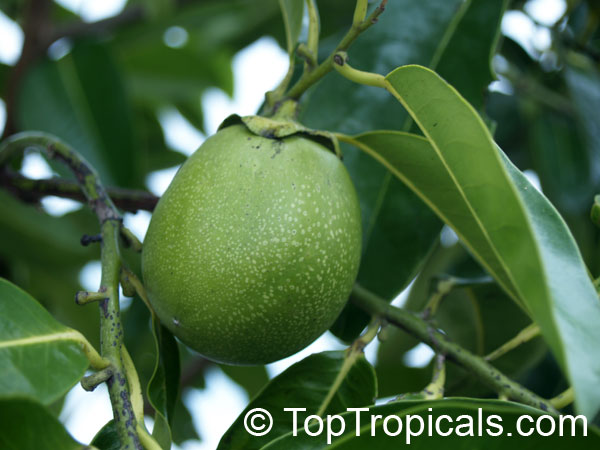
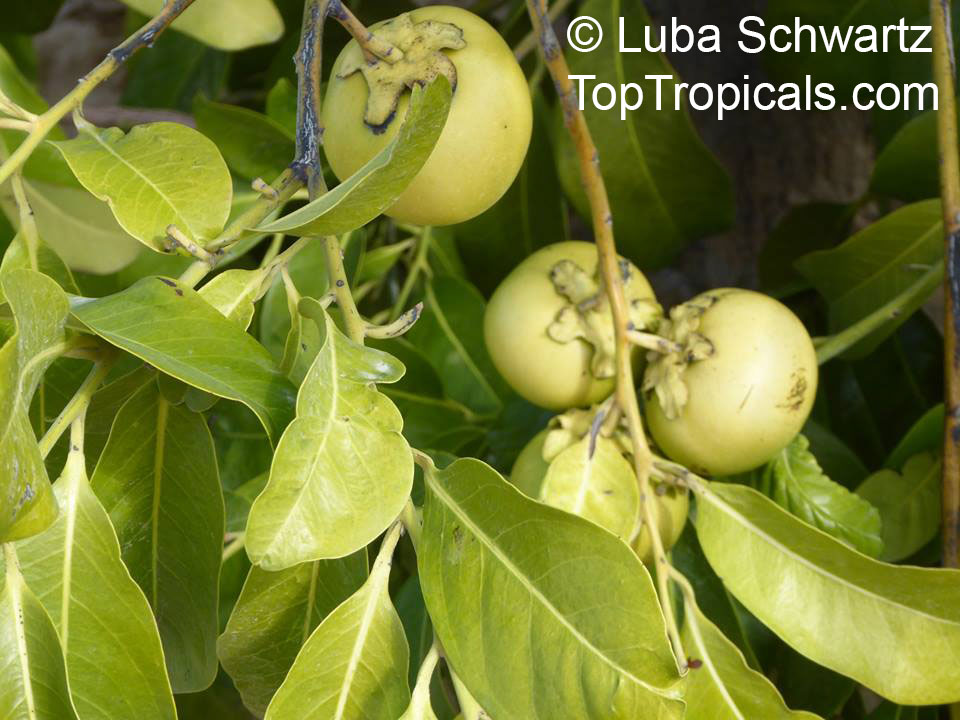
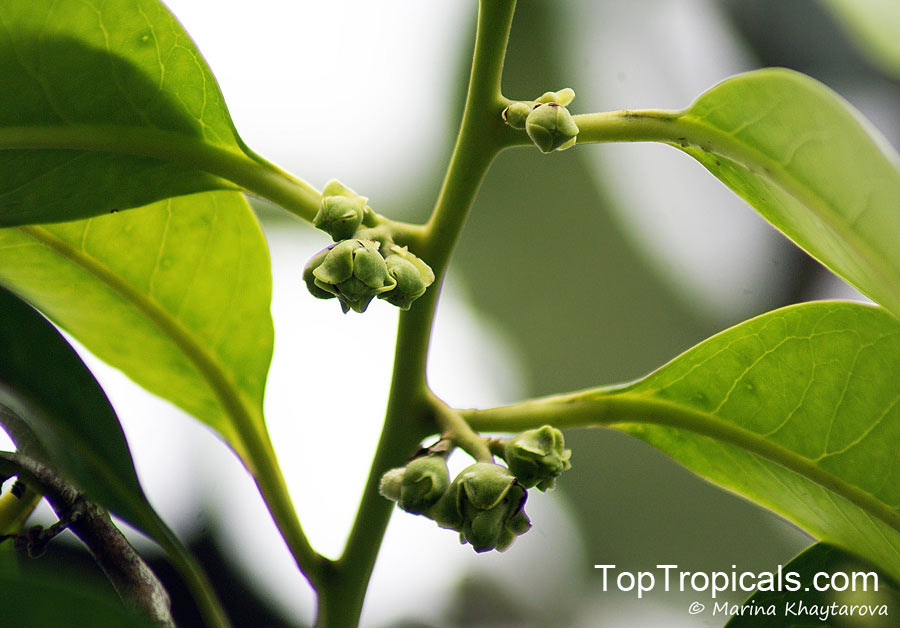
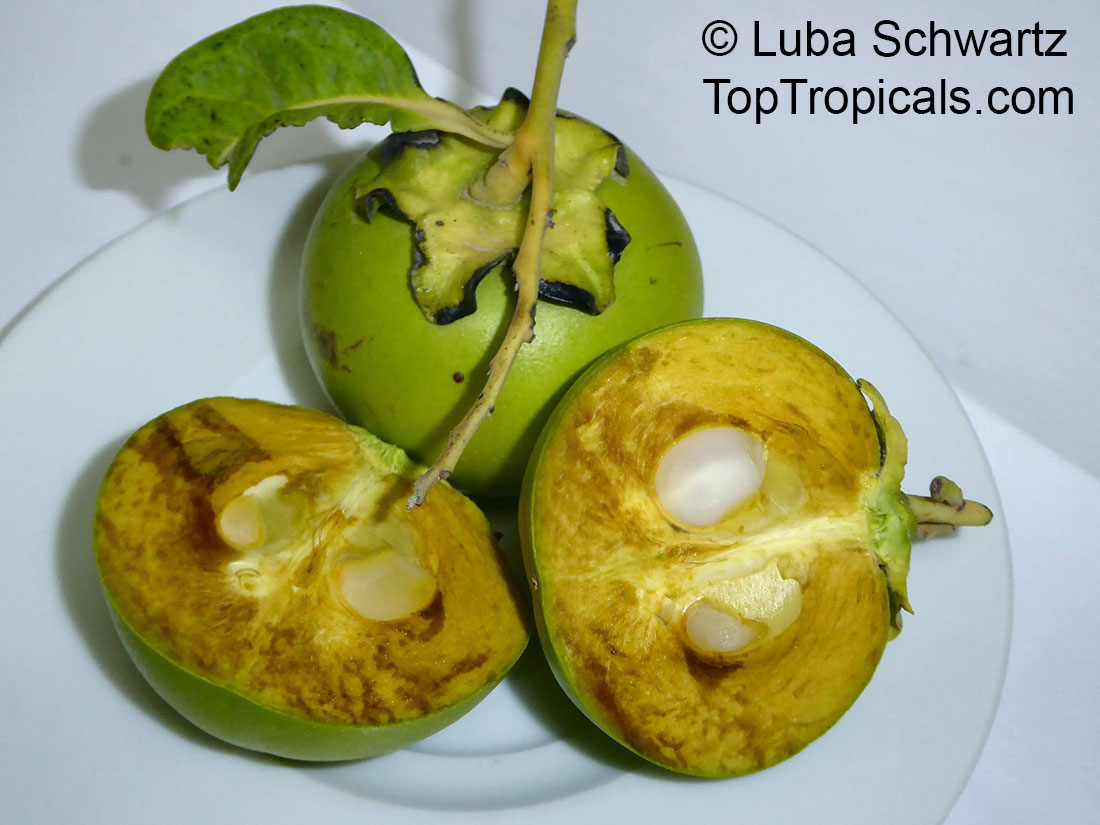
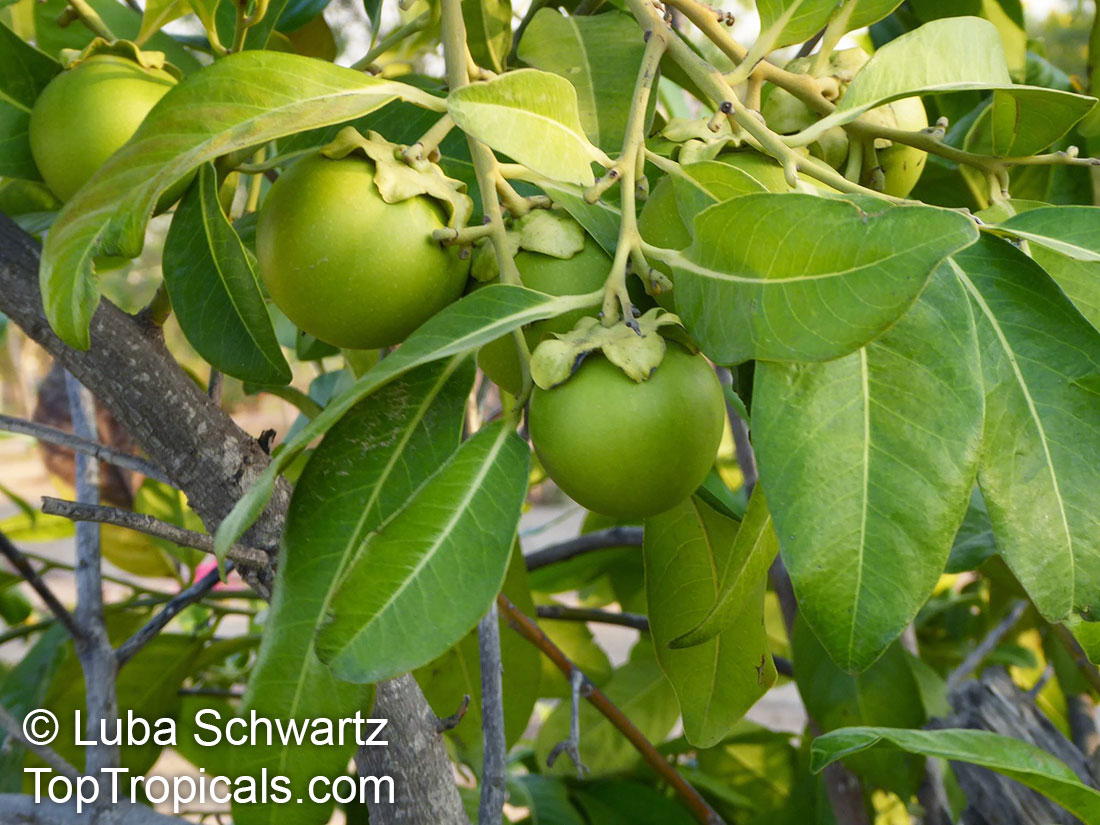
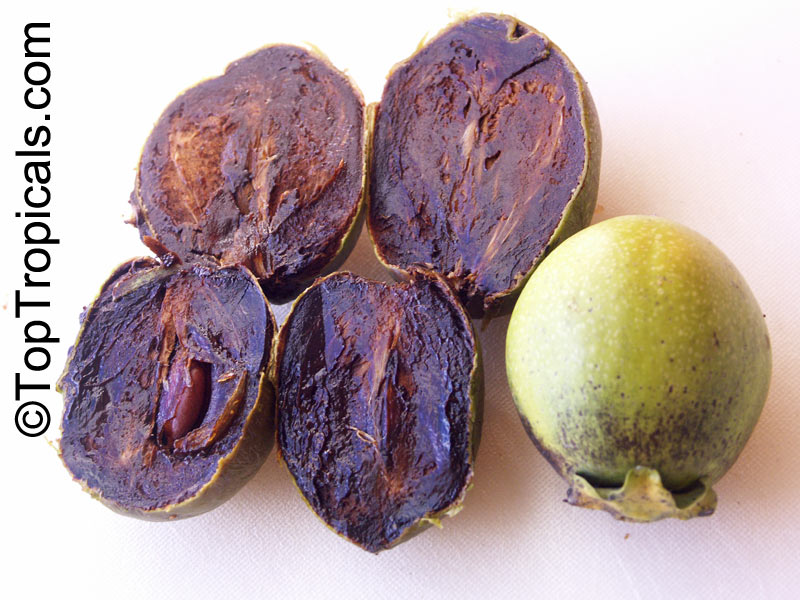
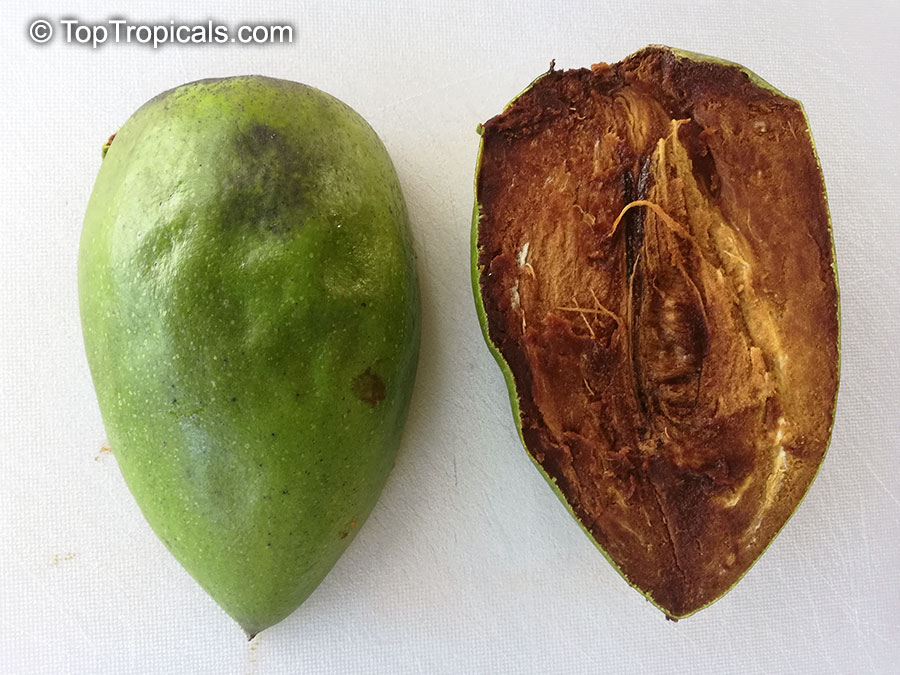
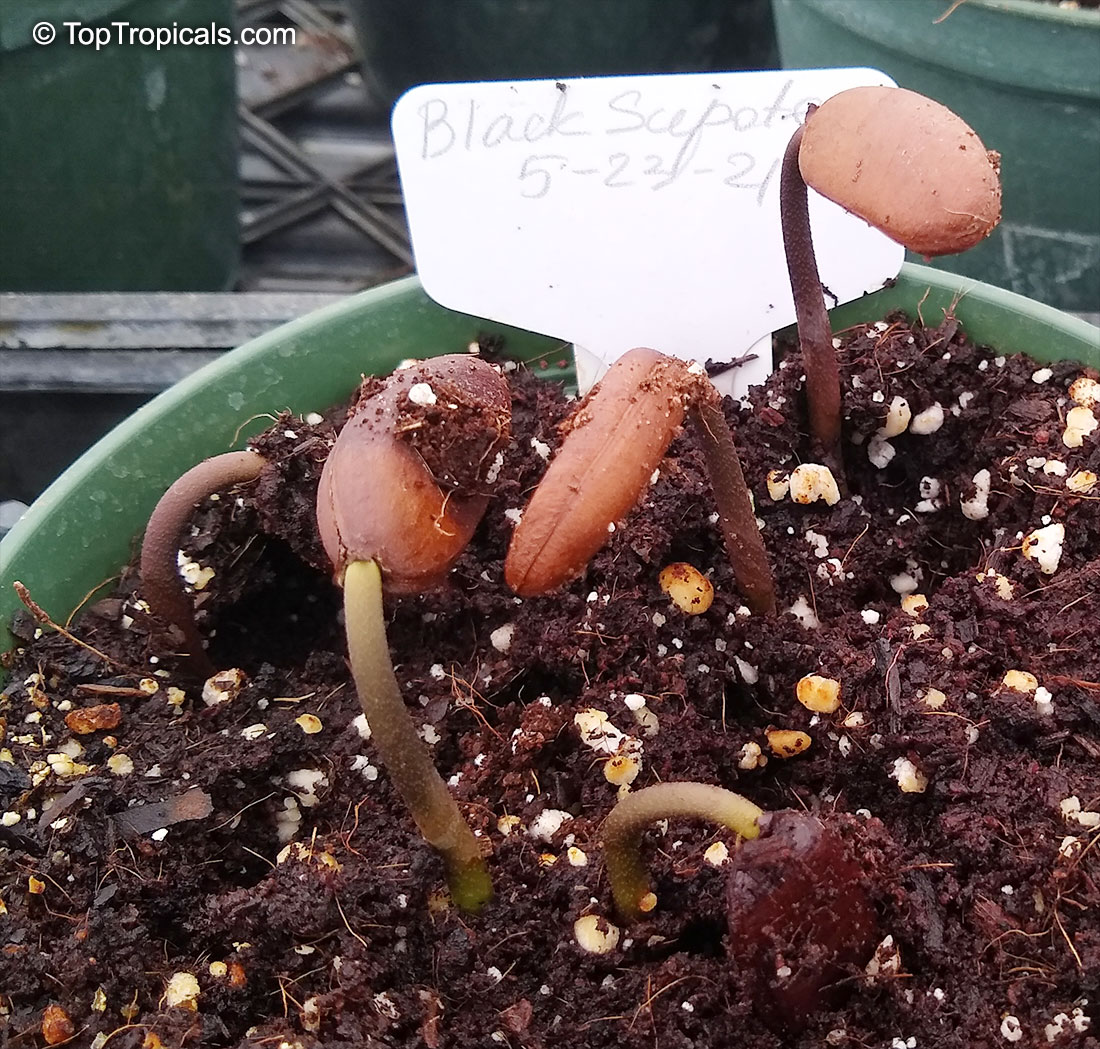
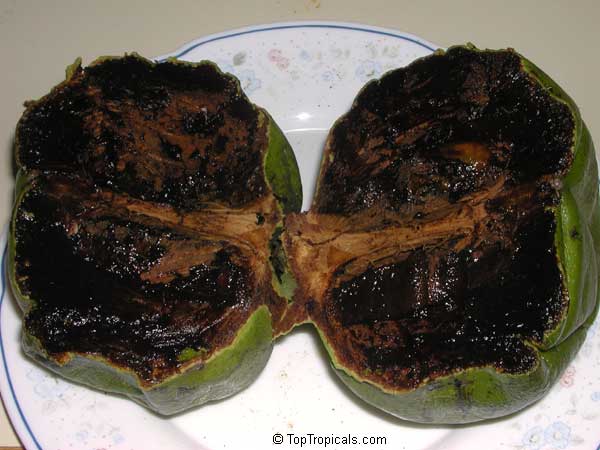
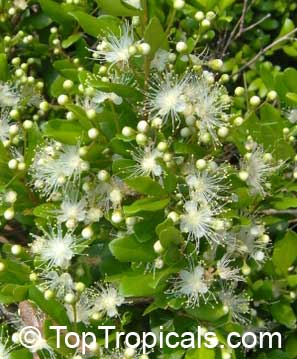
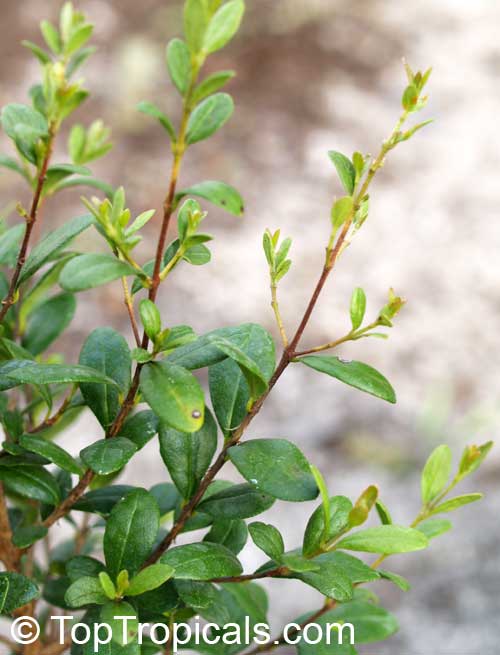
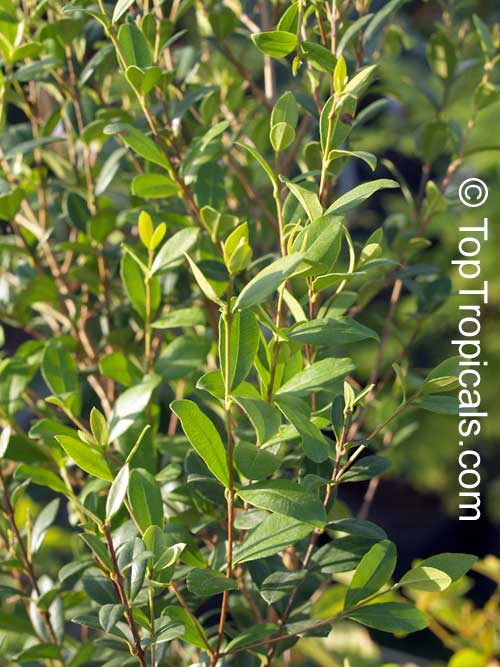

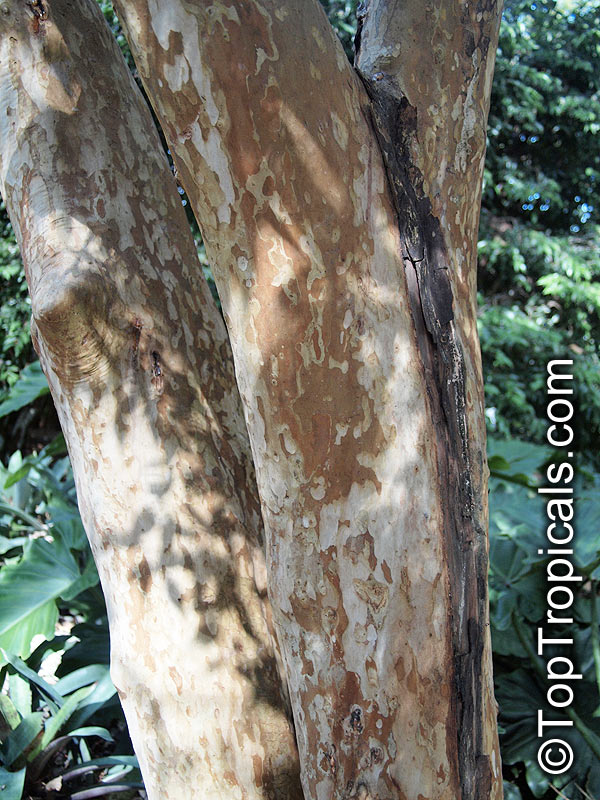
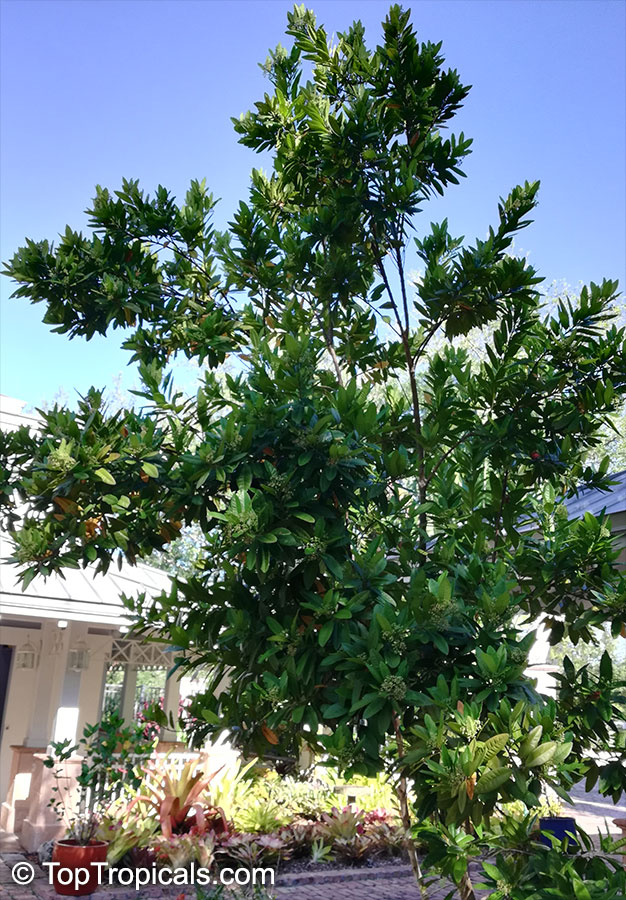
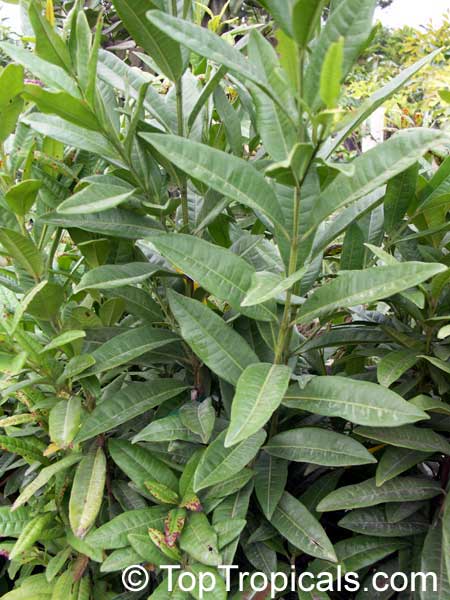

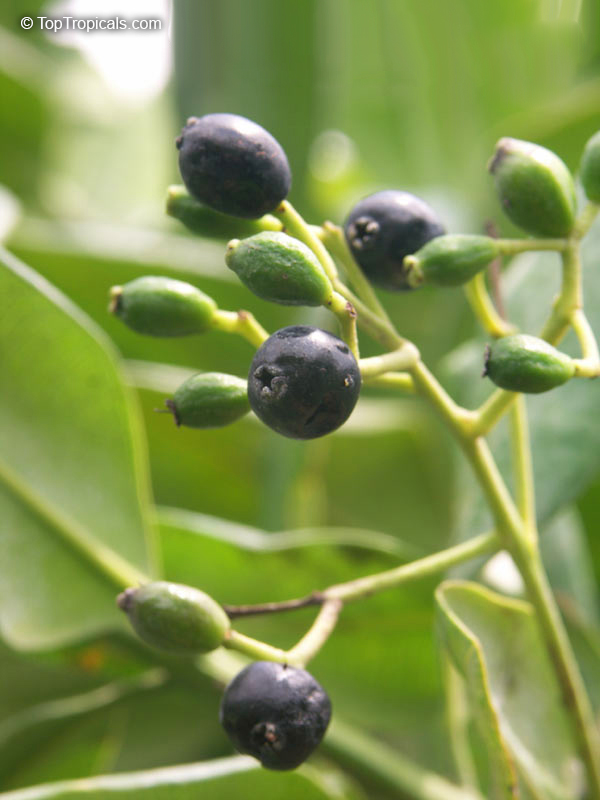
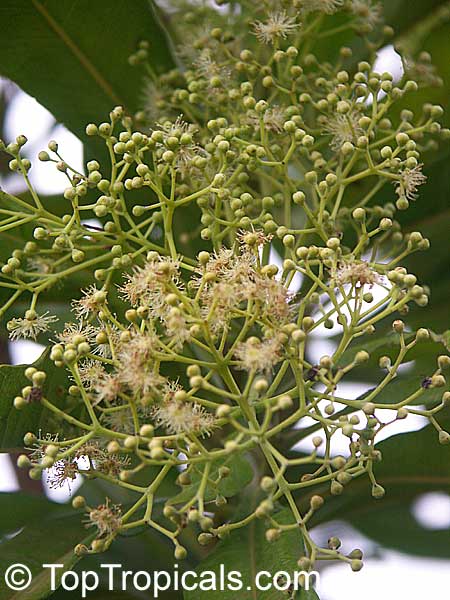
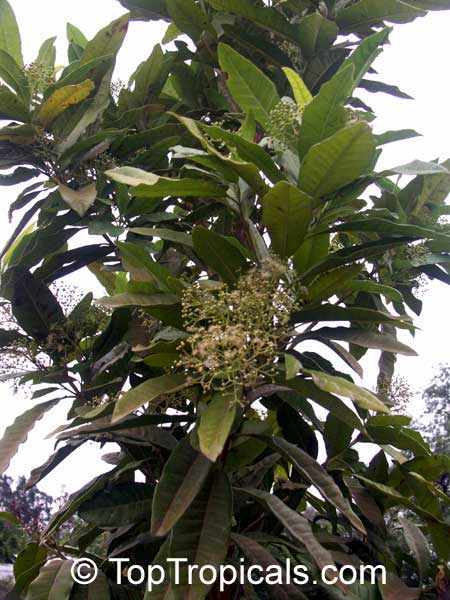
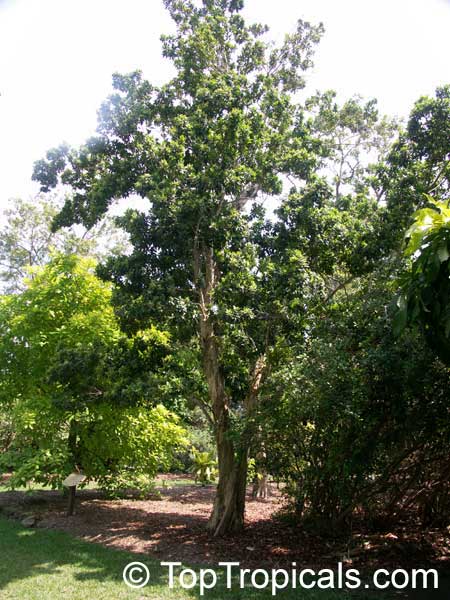
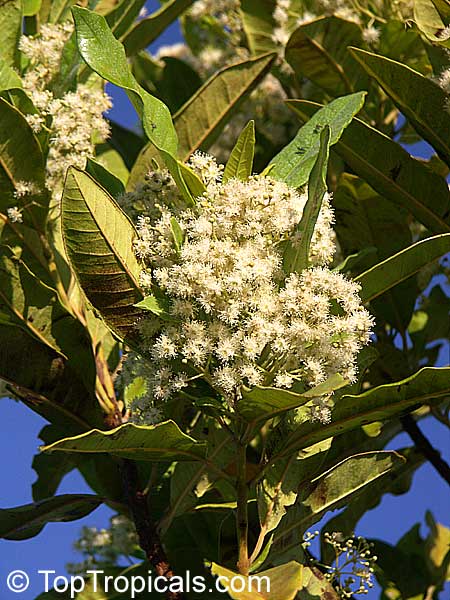
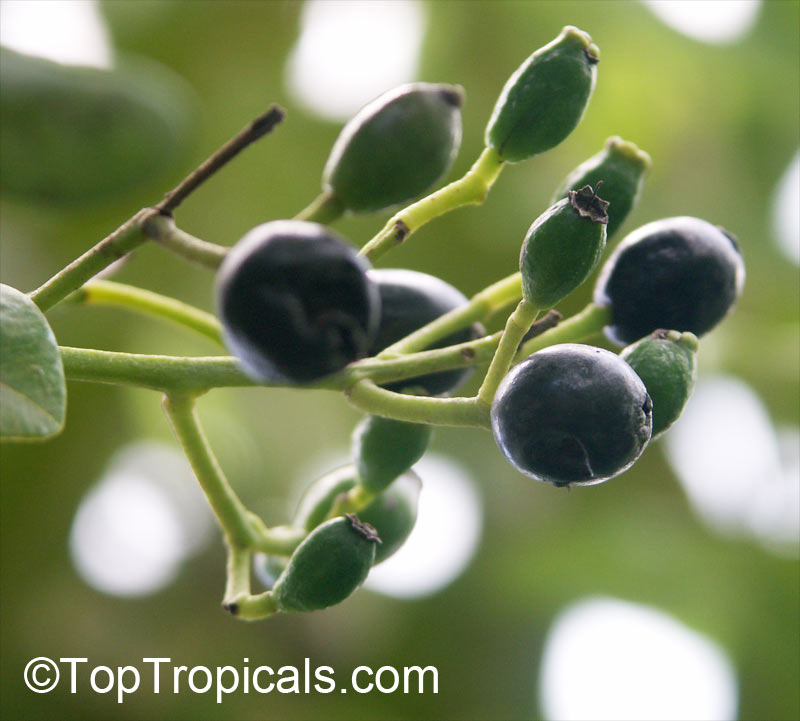
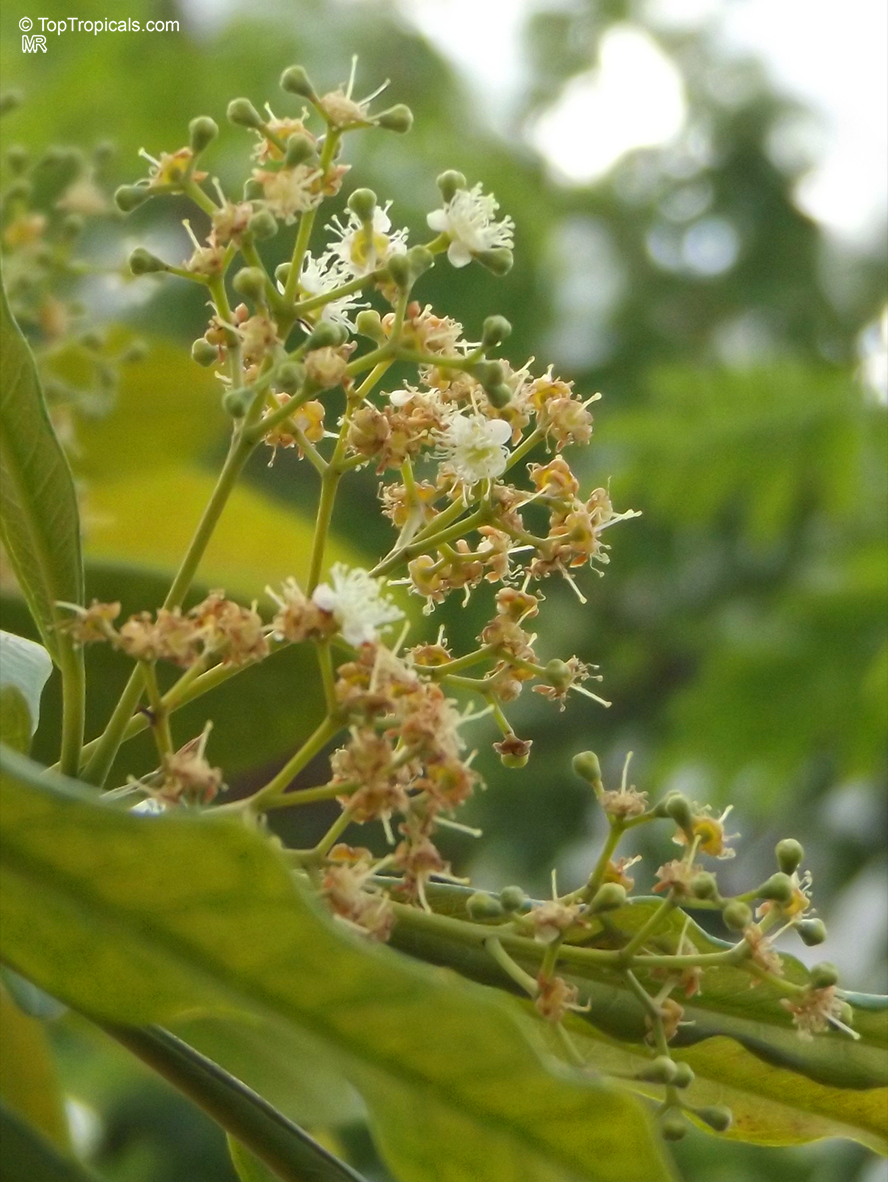
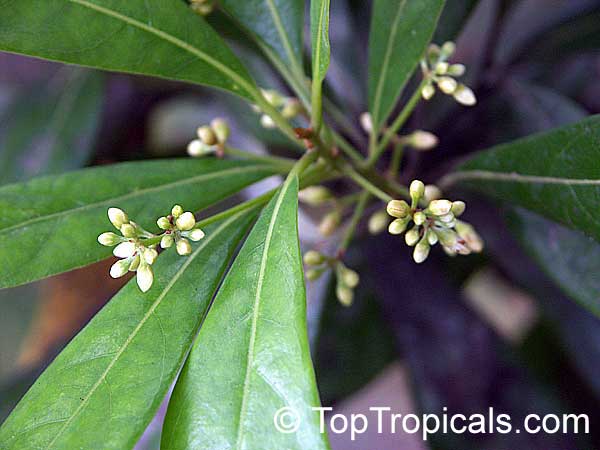
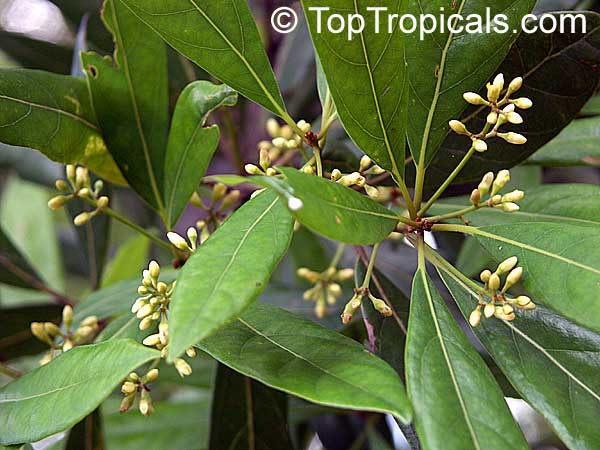
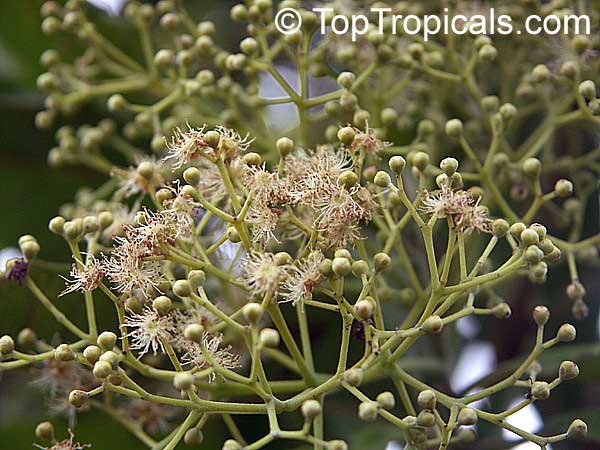
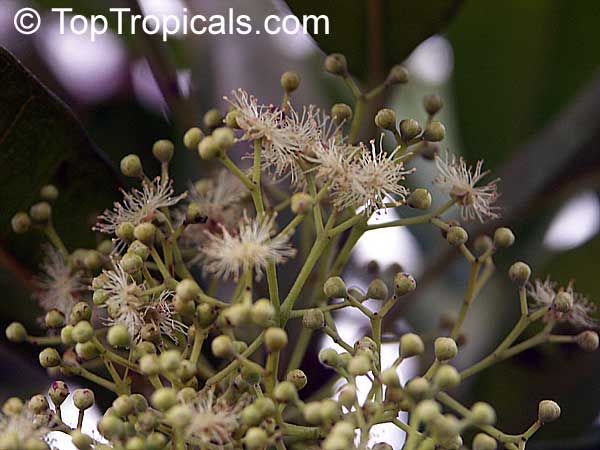
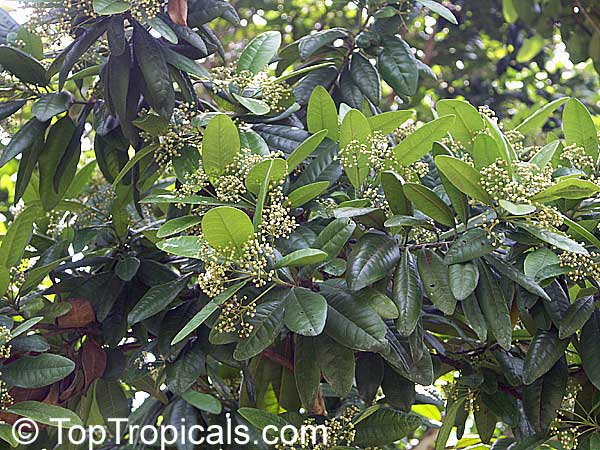
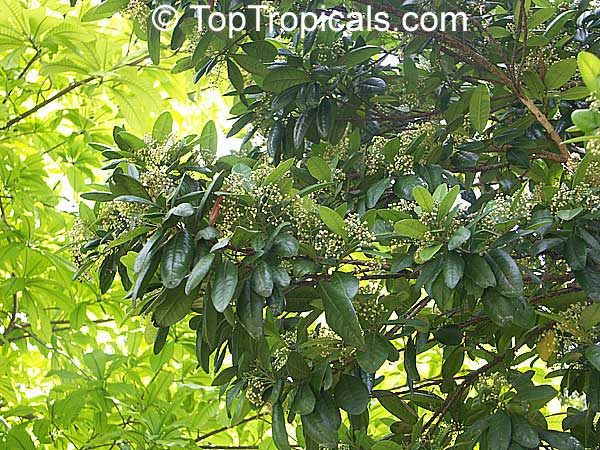
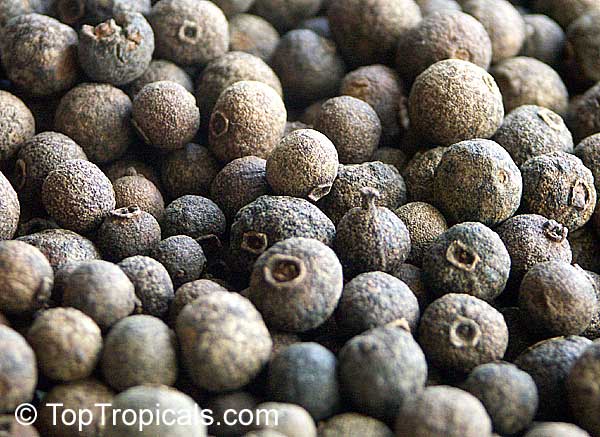
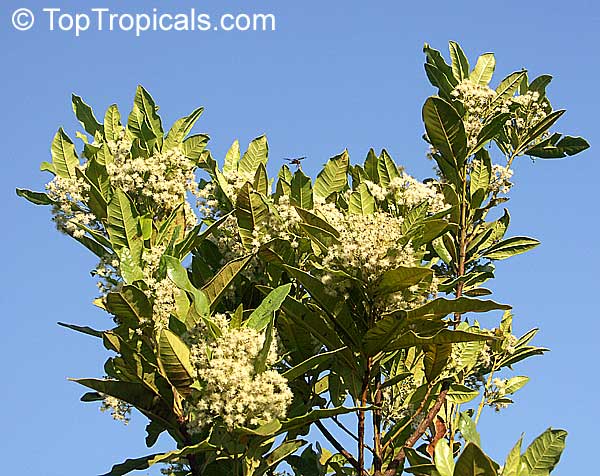
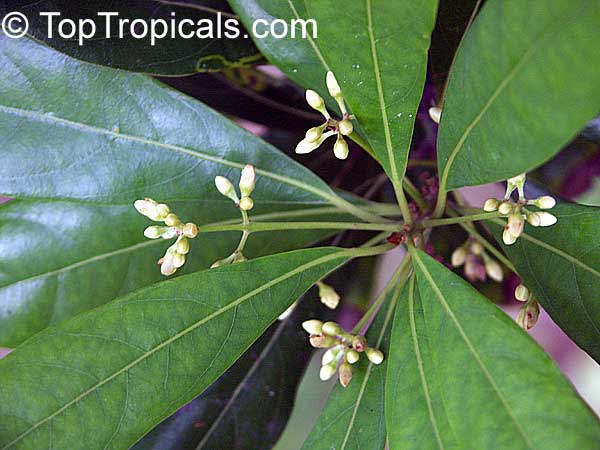
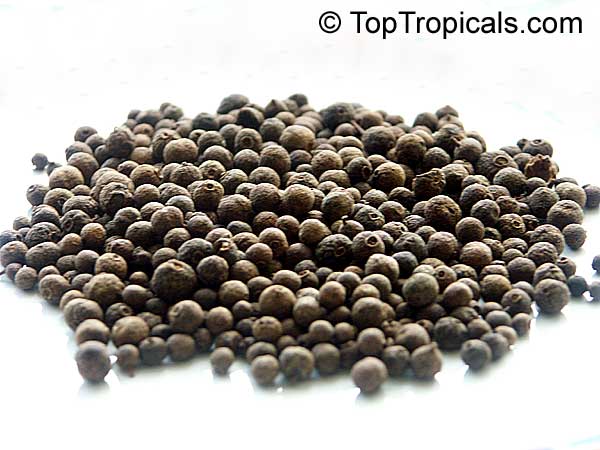

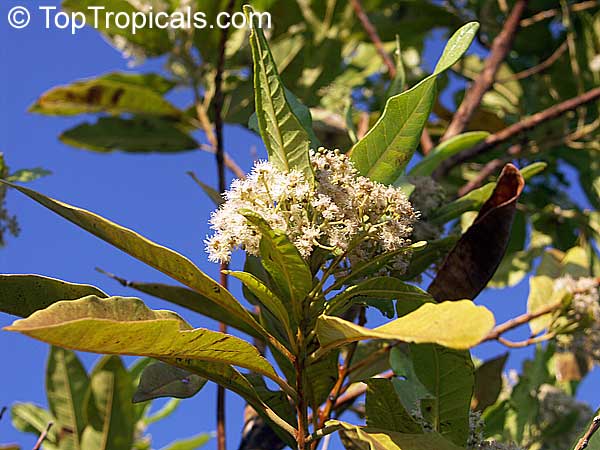
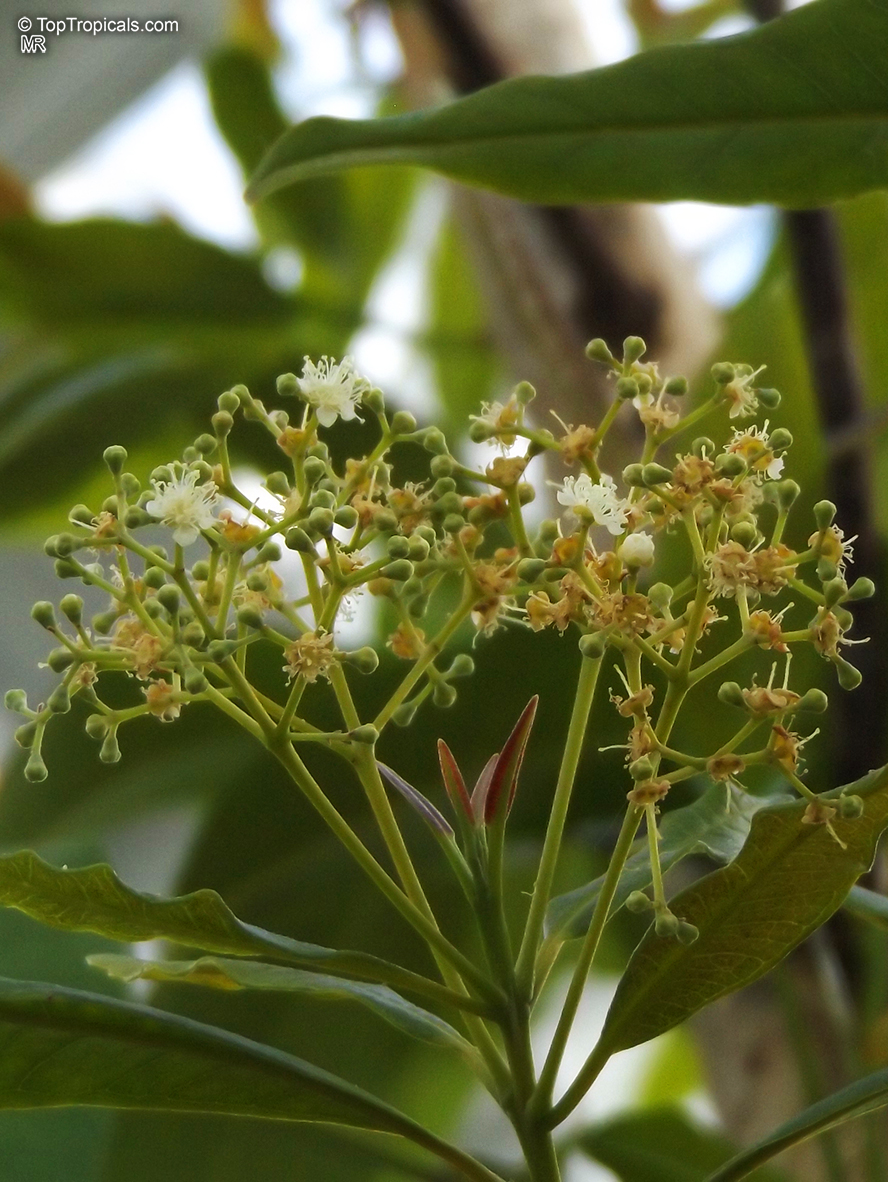

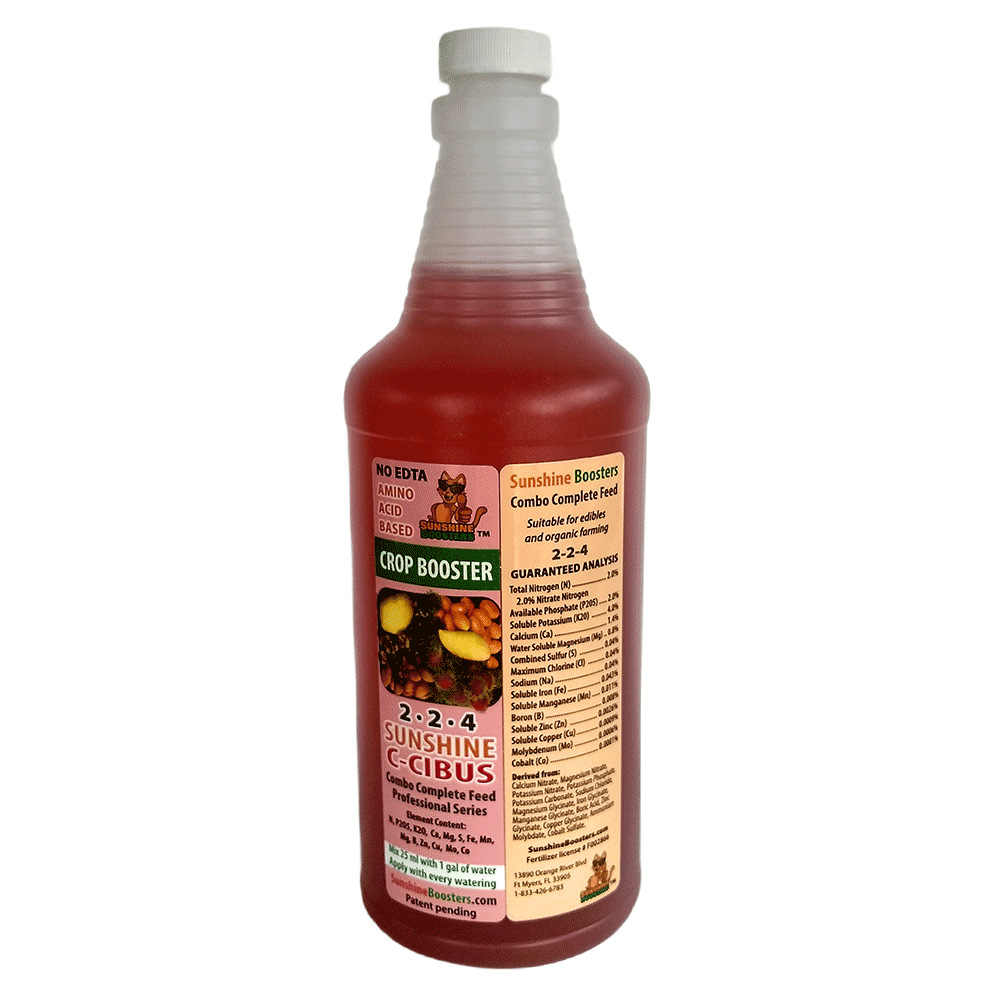 SUNSHINE C-Cibus (NPK 2-2-4) - Crop Booster for every watering.
SUNSHINE C-Cibus (NPK 2-2-4) - Crop Booster for every watering. 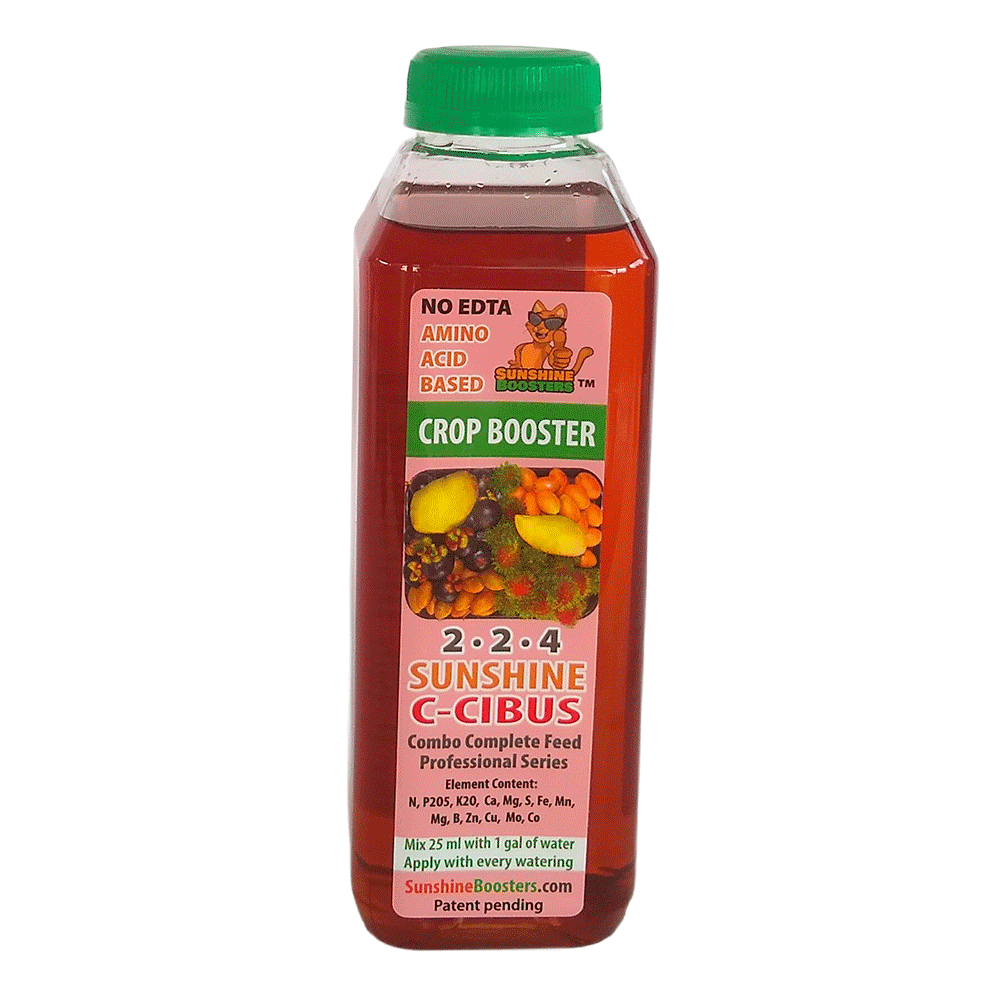 SUNSHINE C-Cibus (NPK 2-2-4) - Crop Booster for every watering.
SUNSHINE C-Cibus (NPK 2-2-4) - Crop Booster for every watering. 